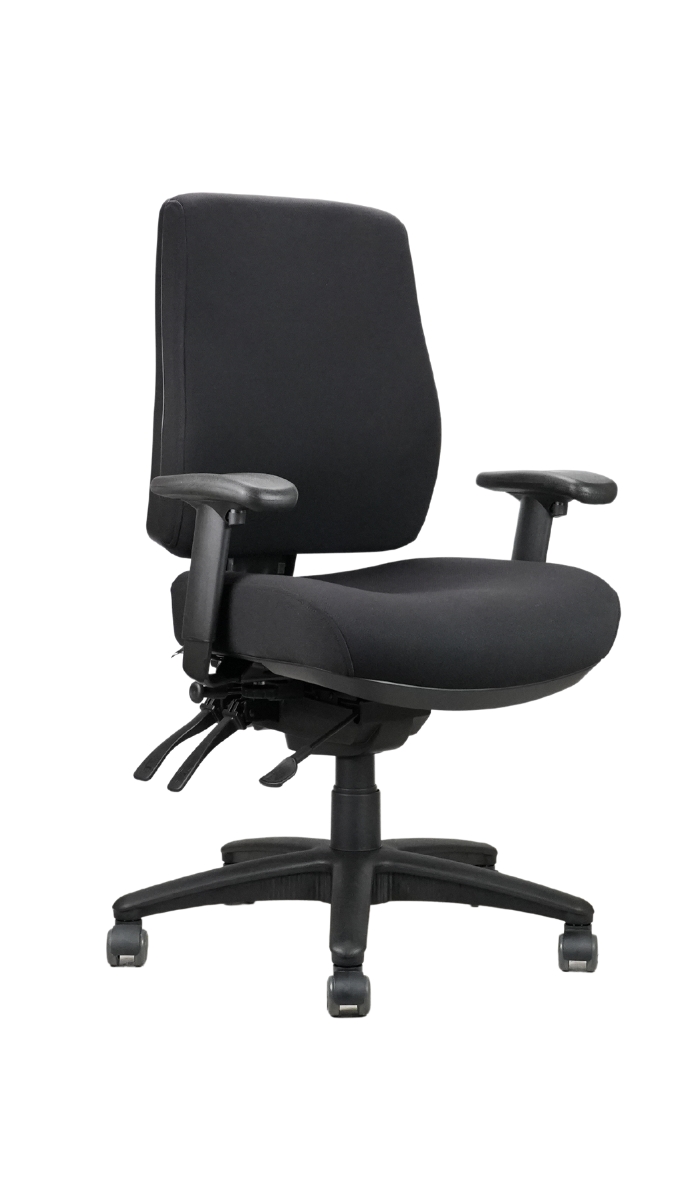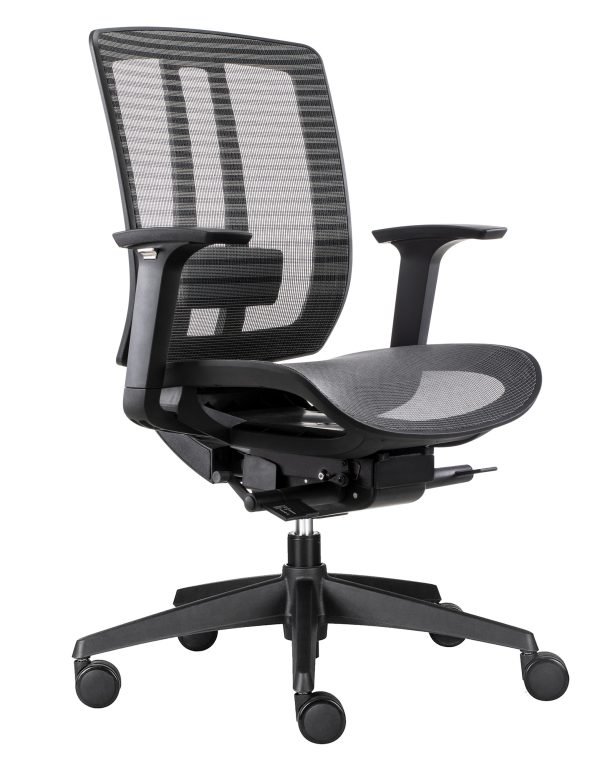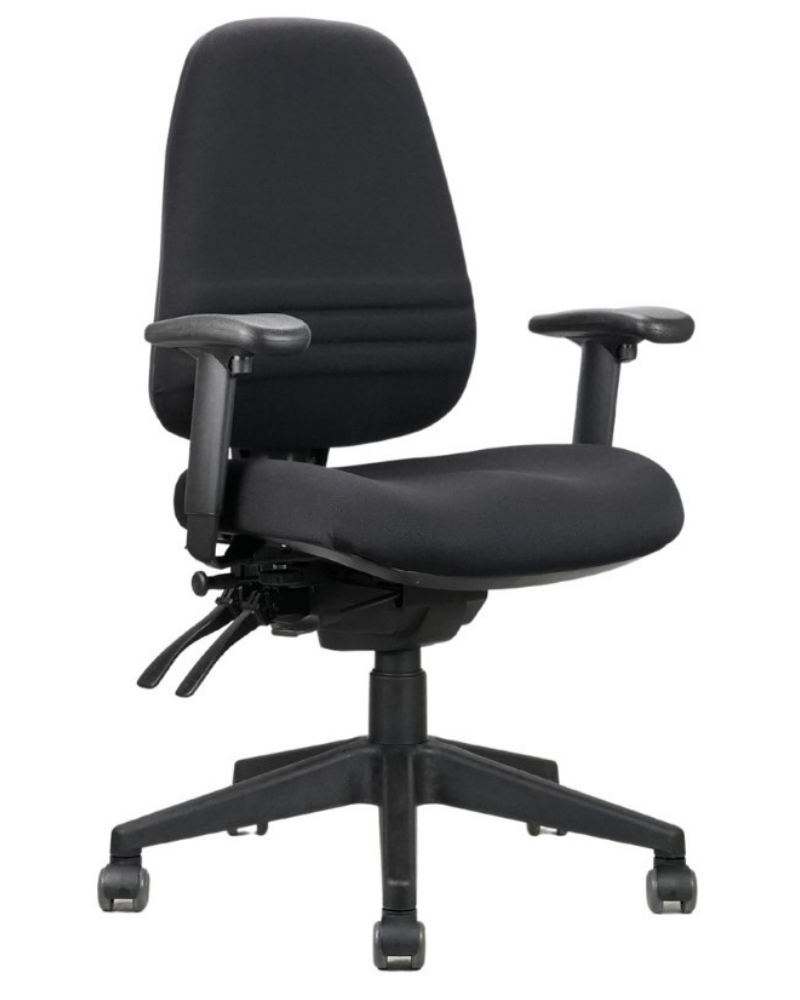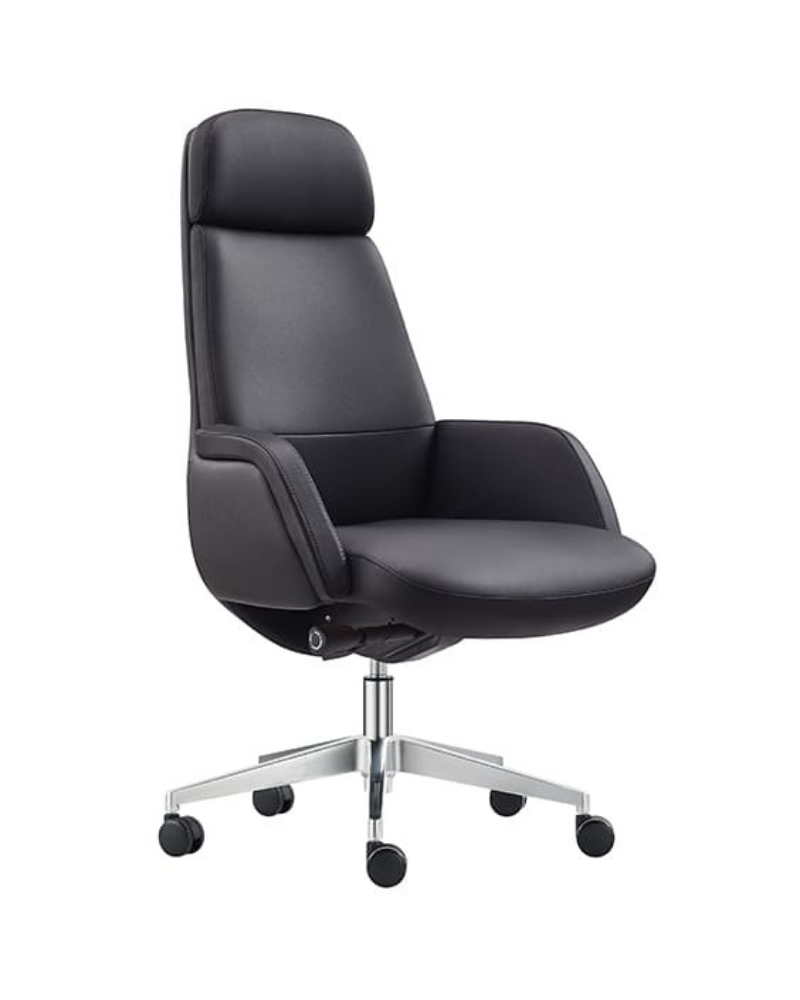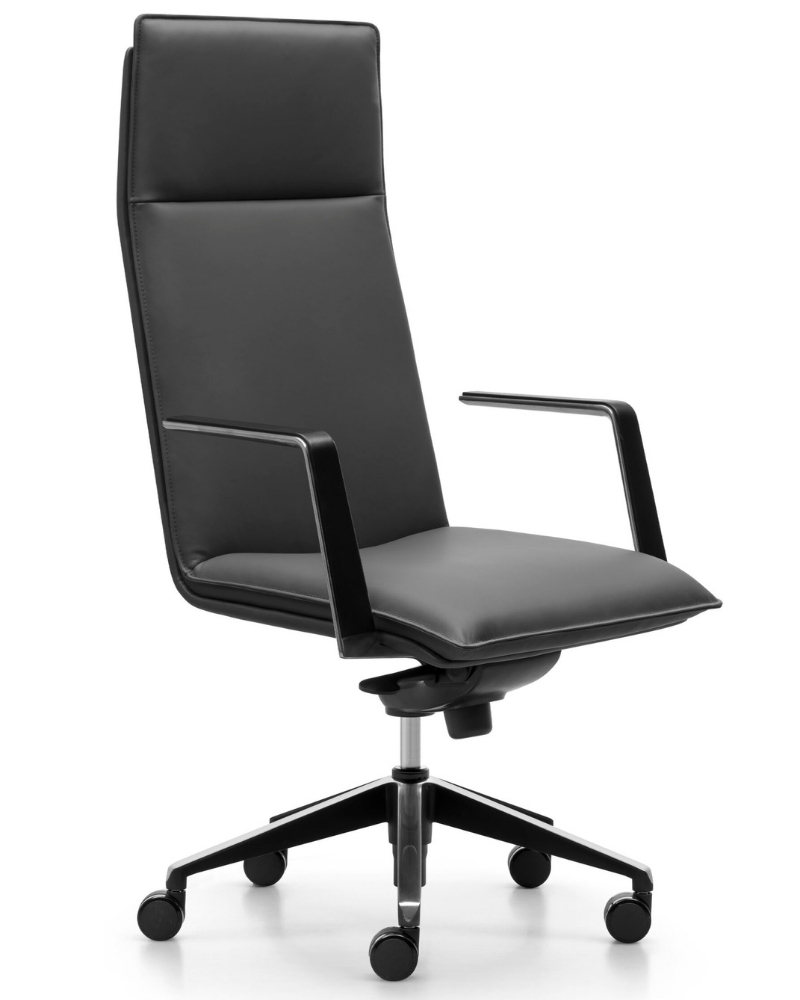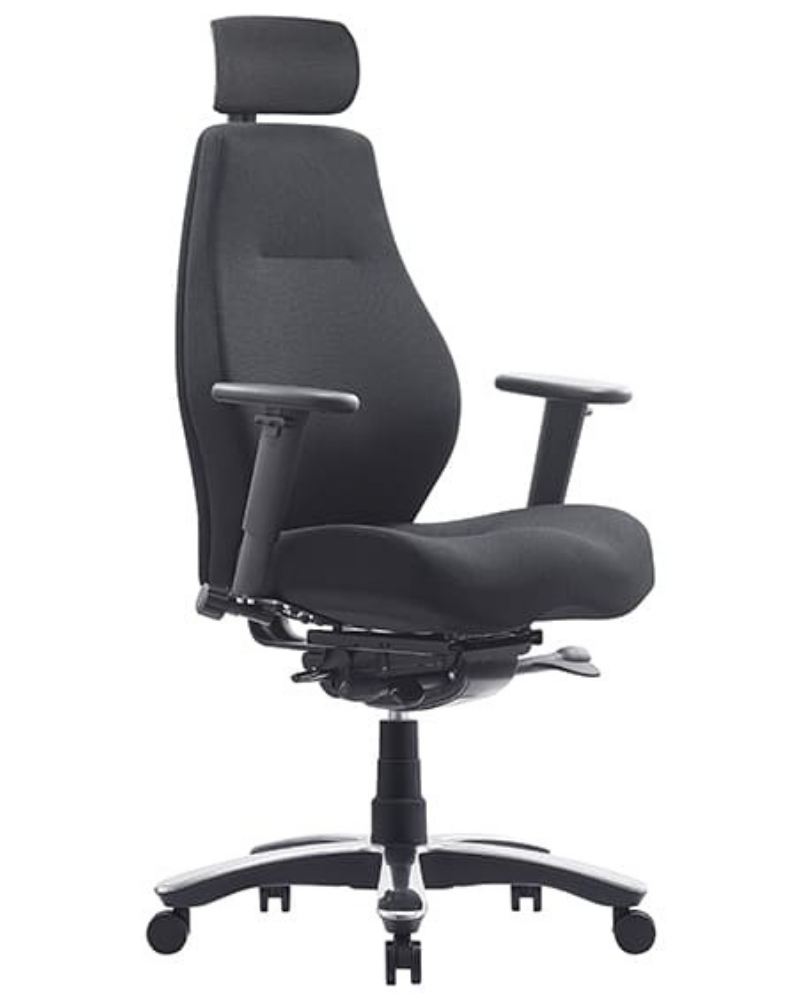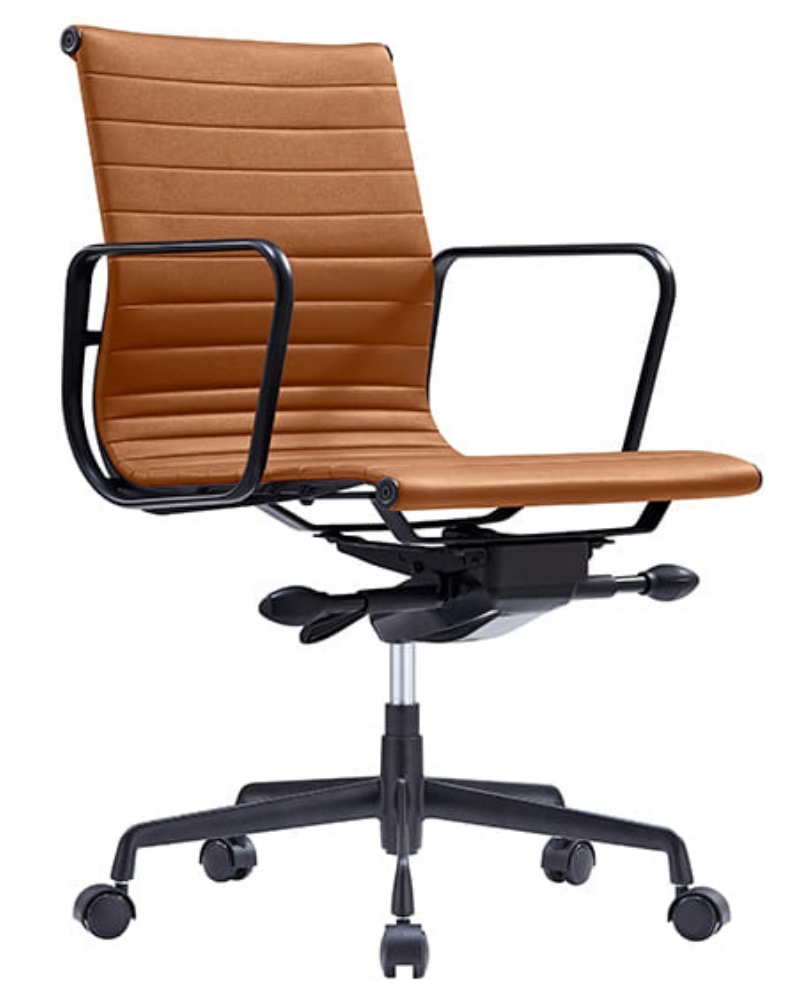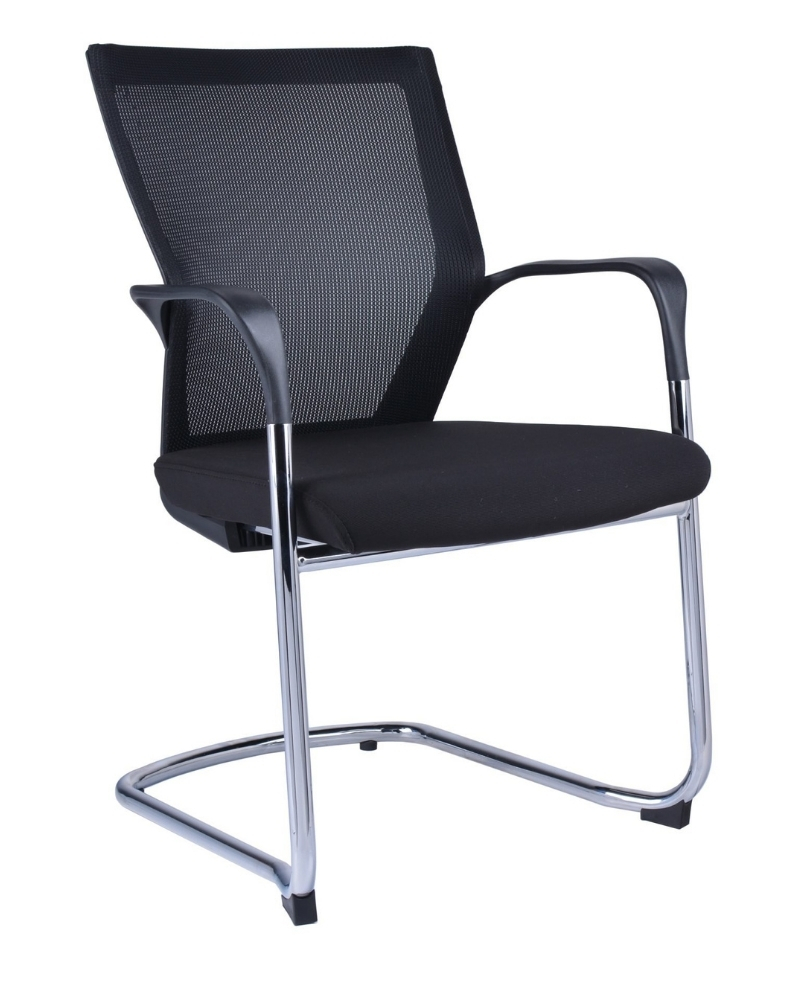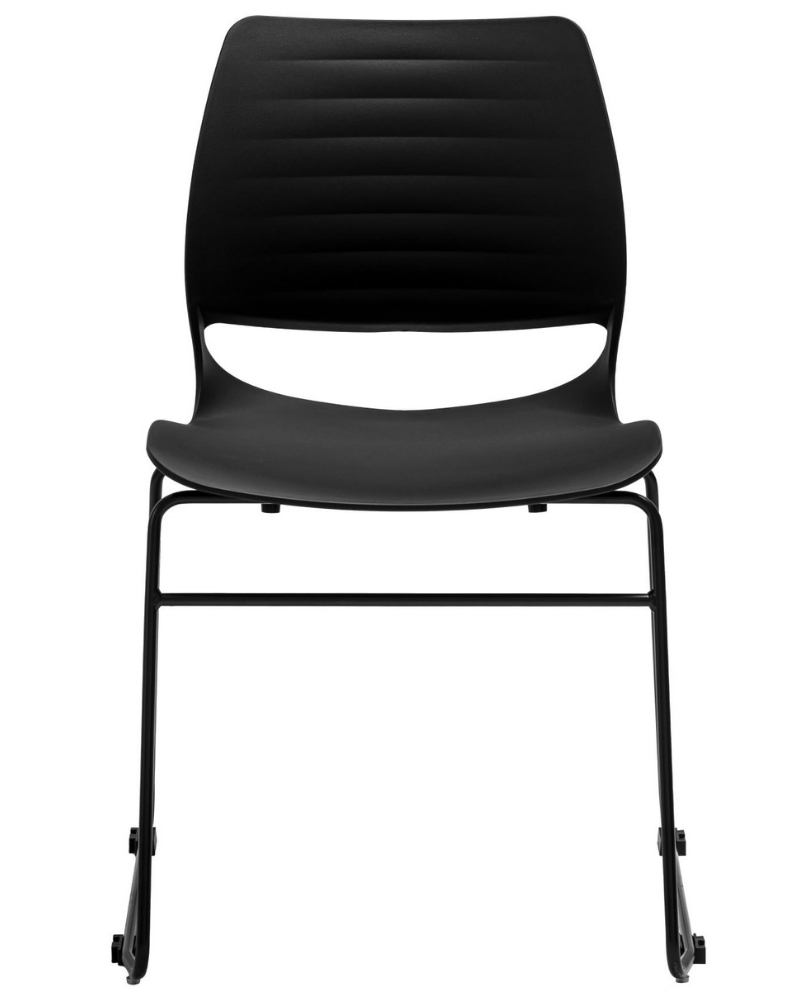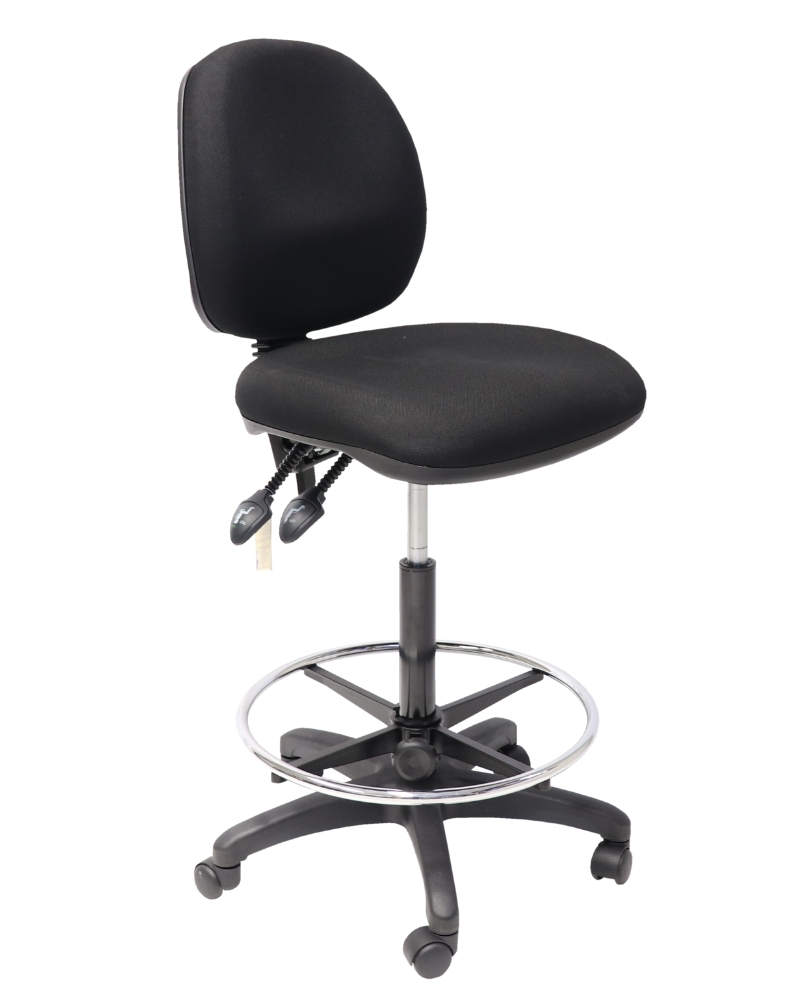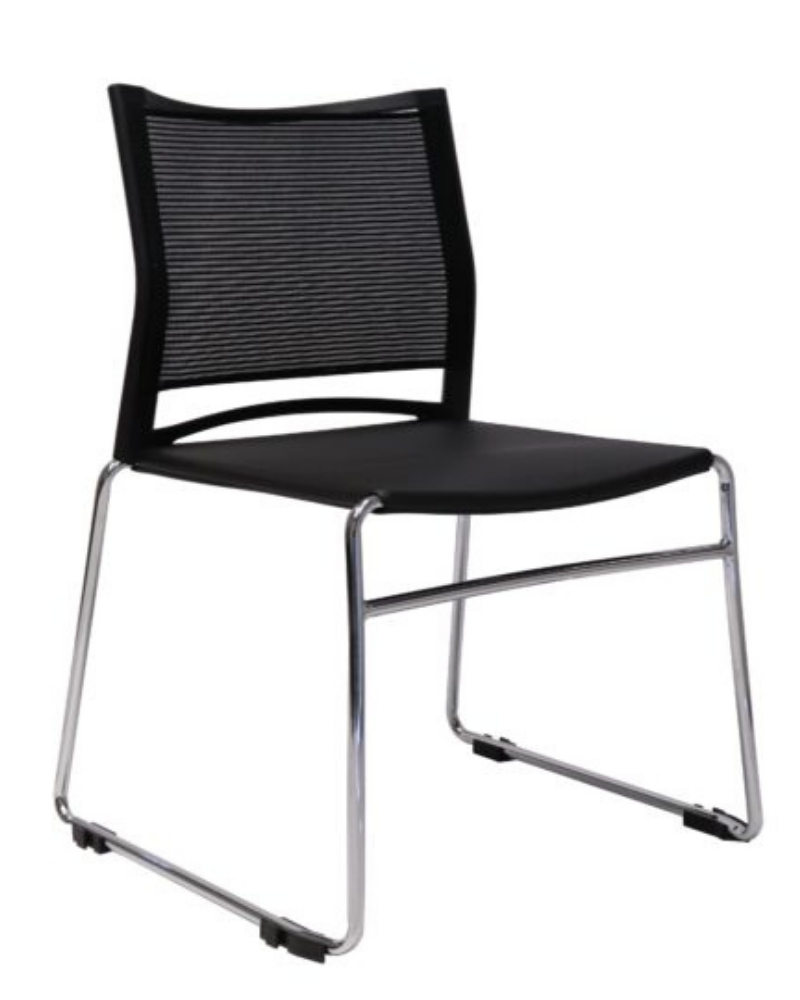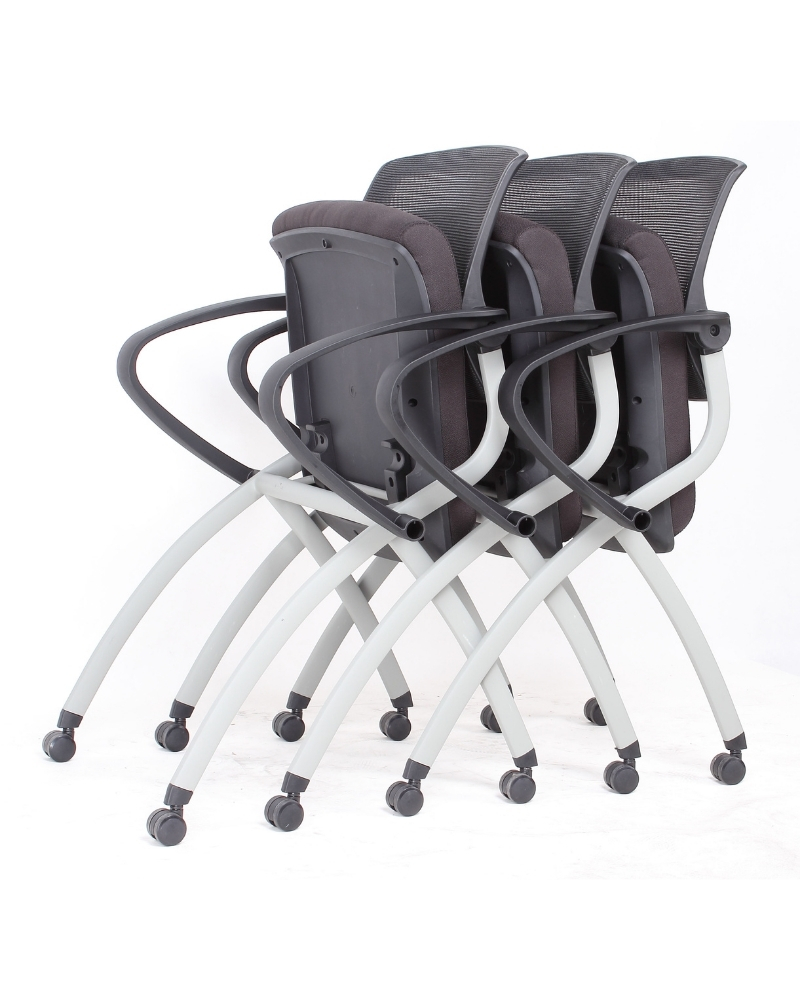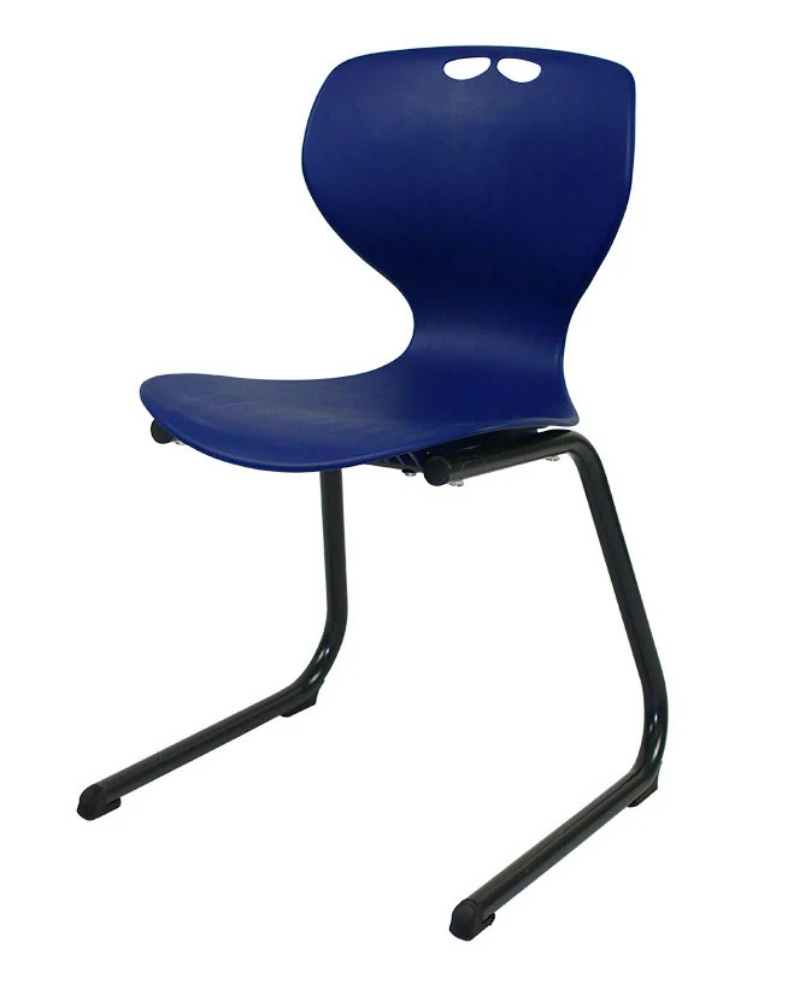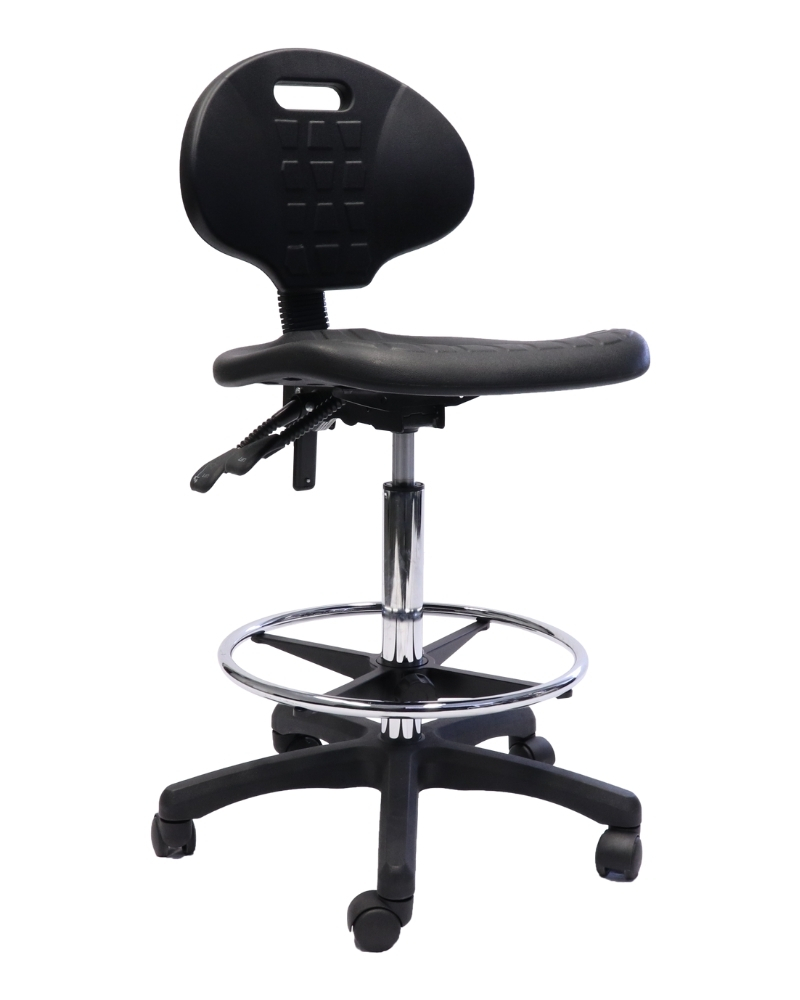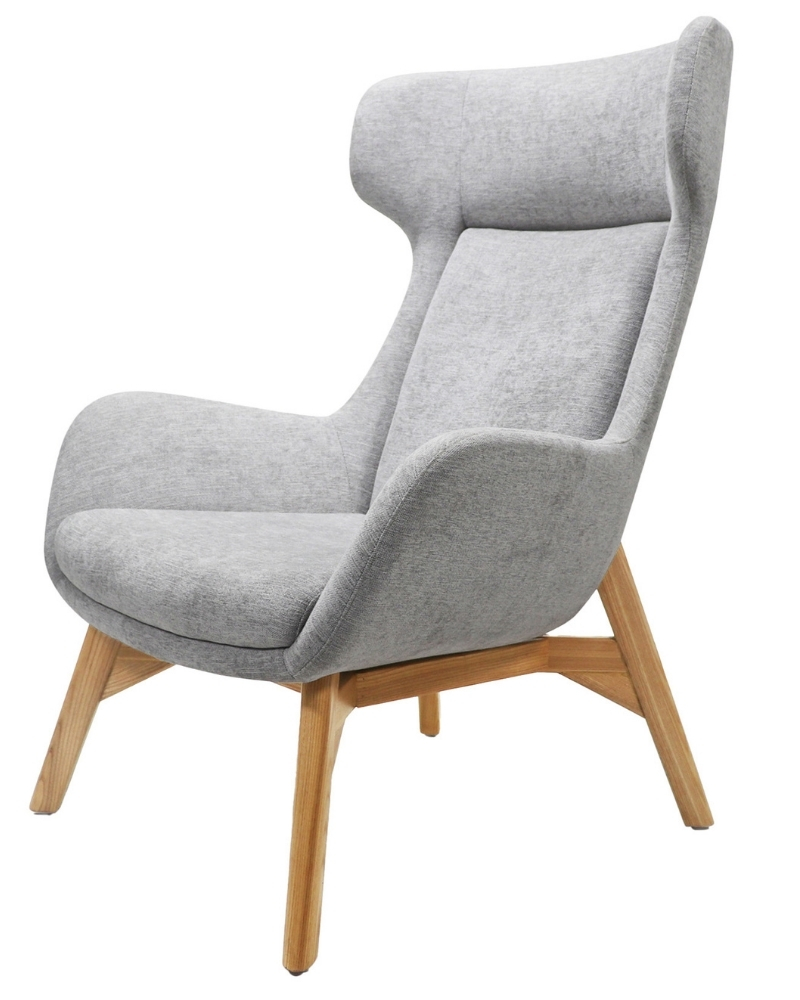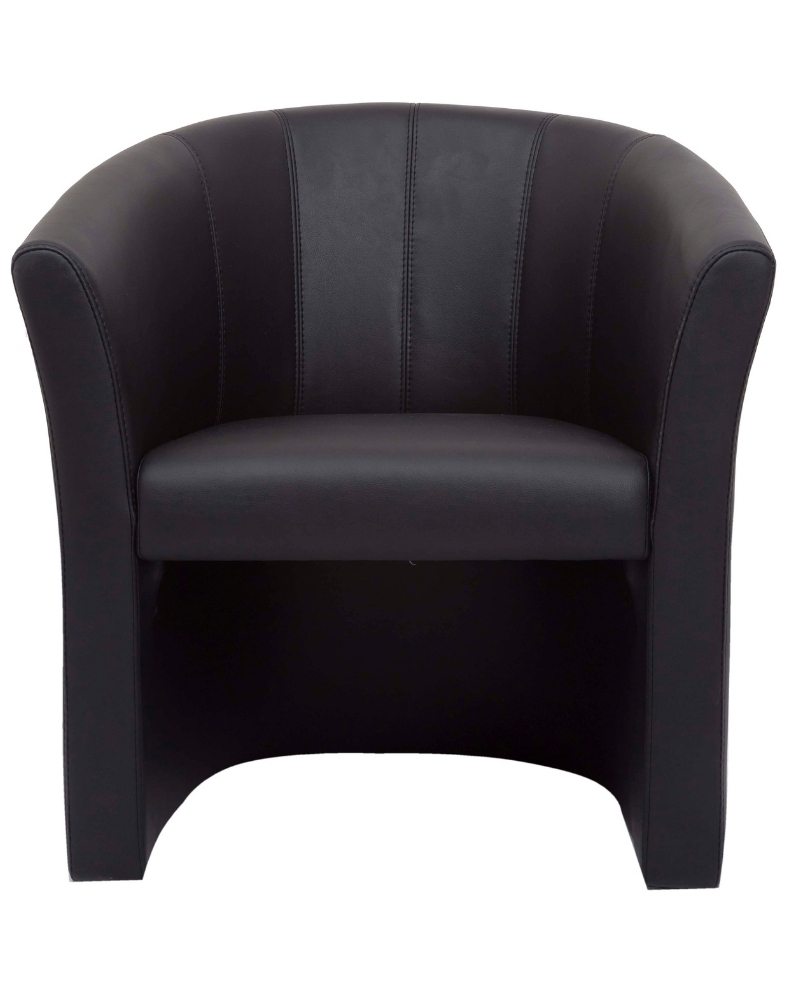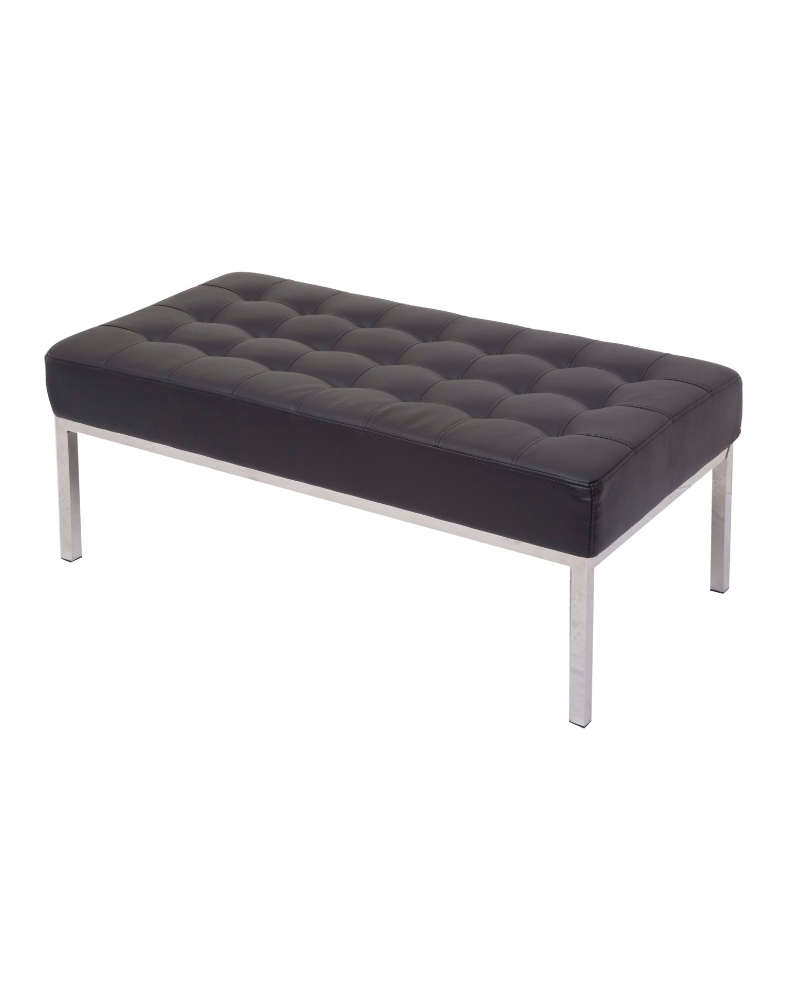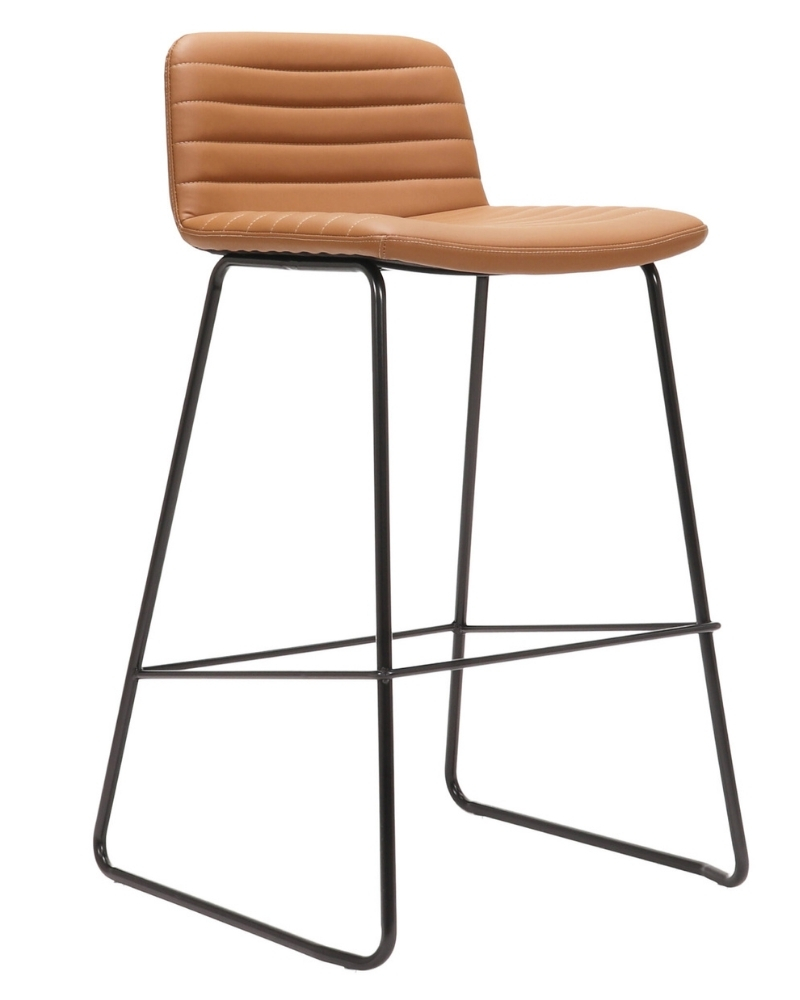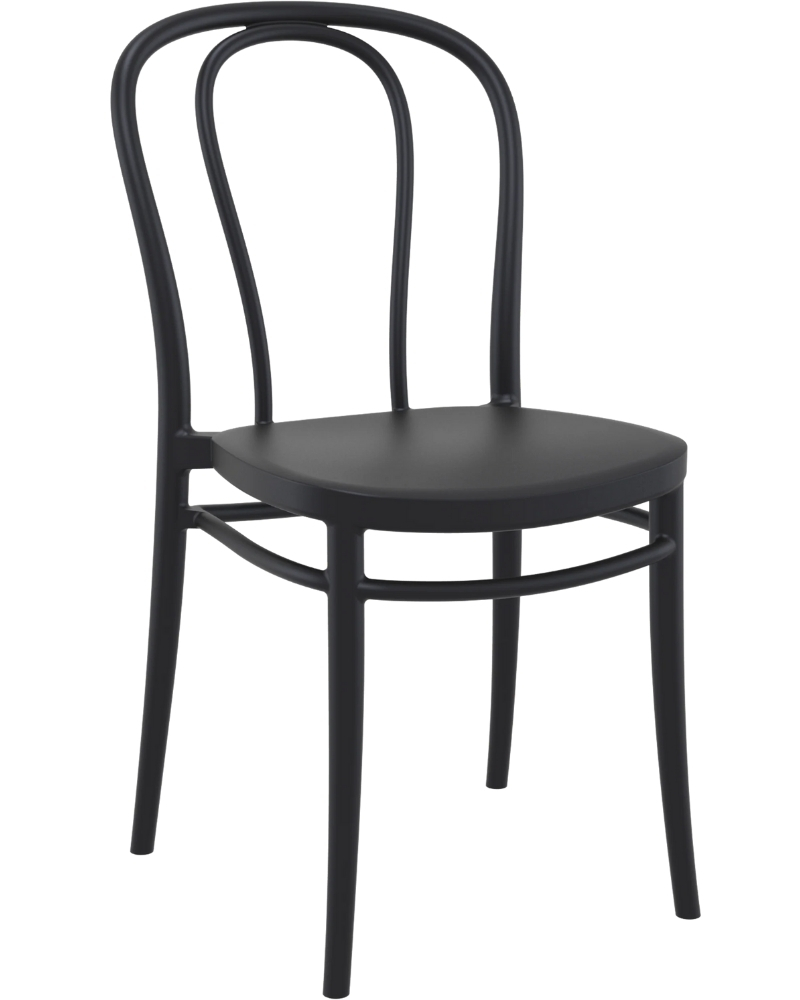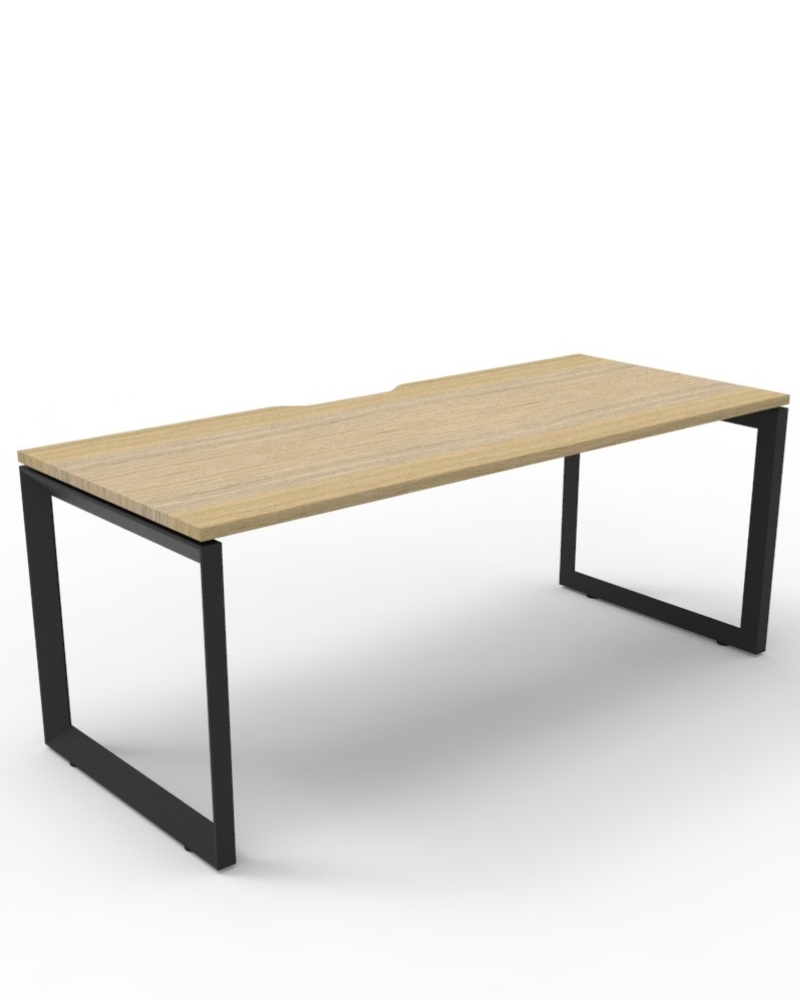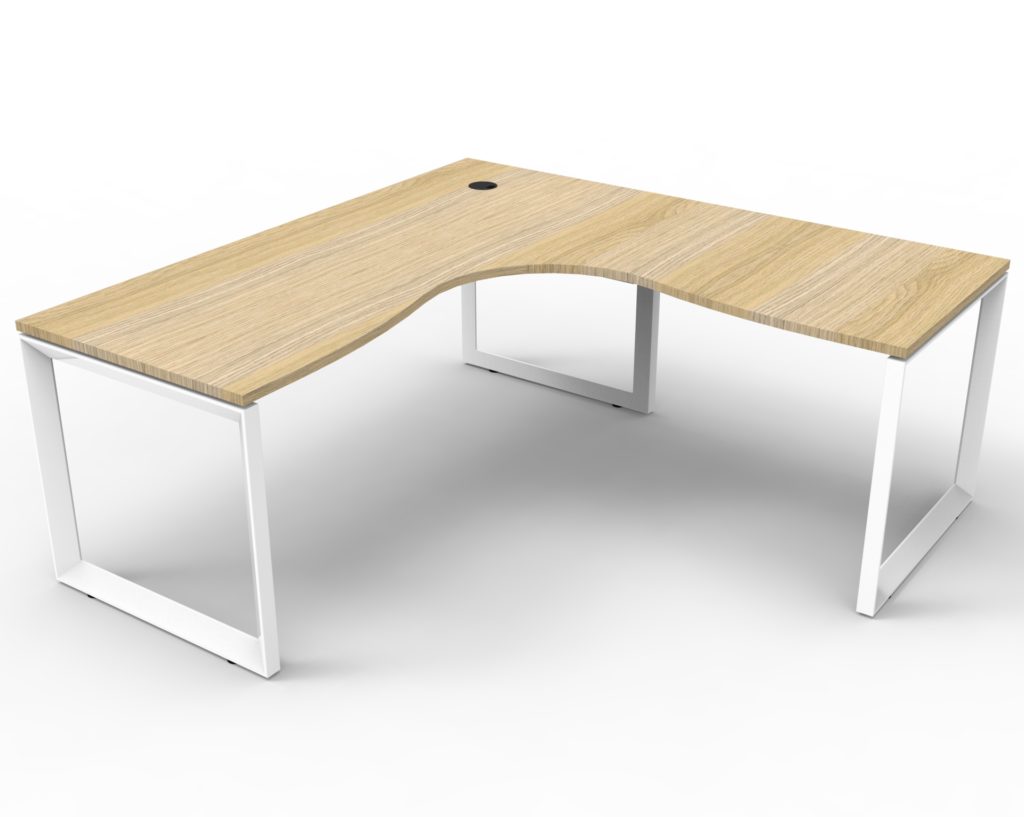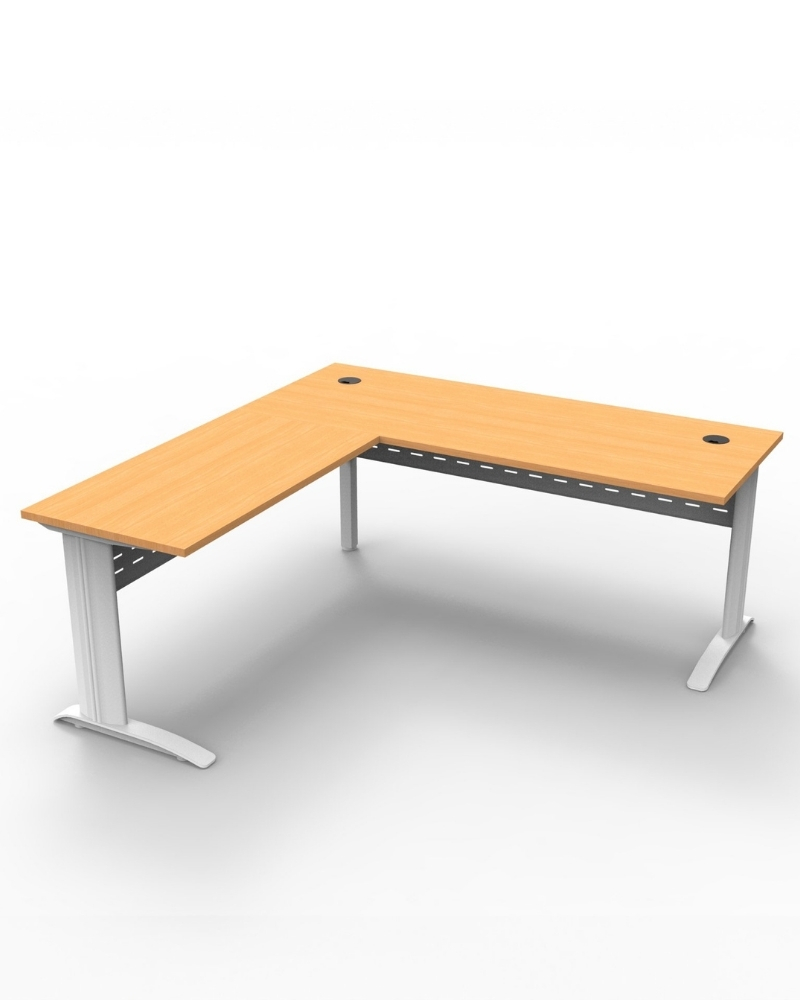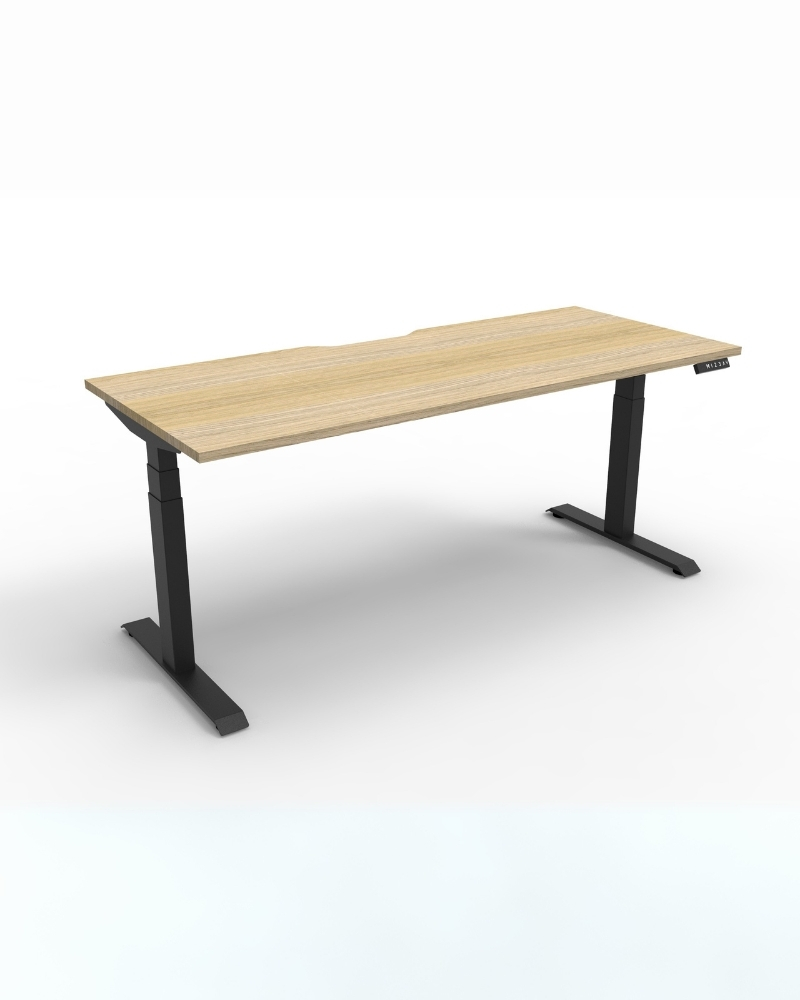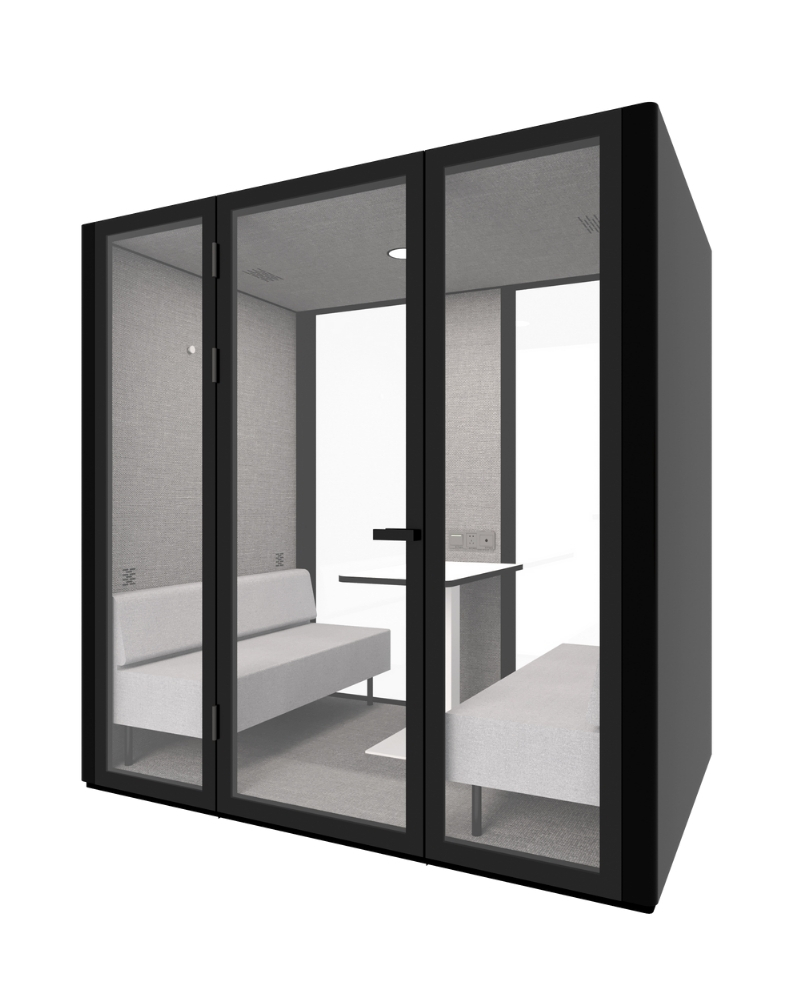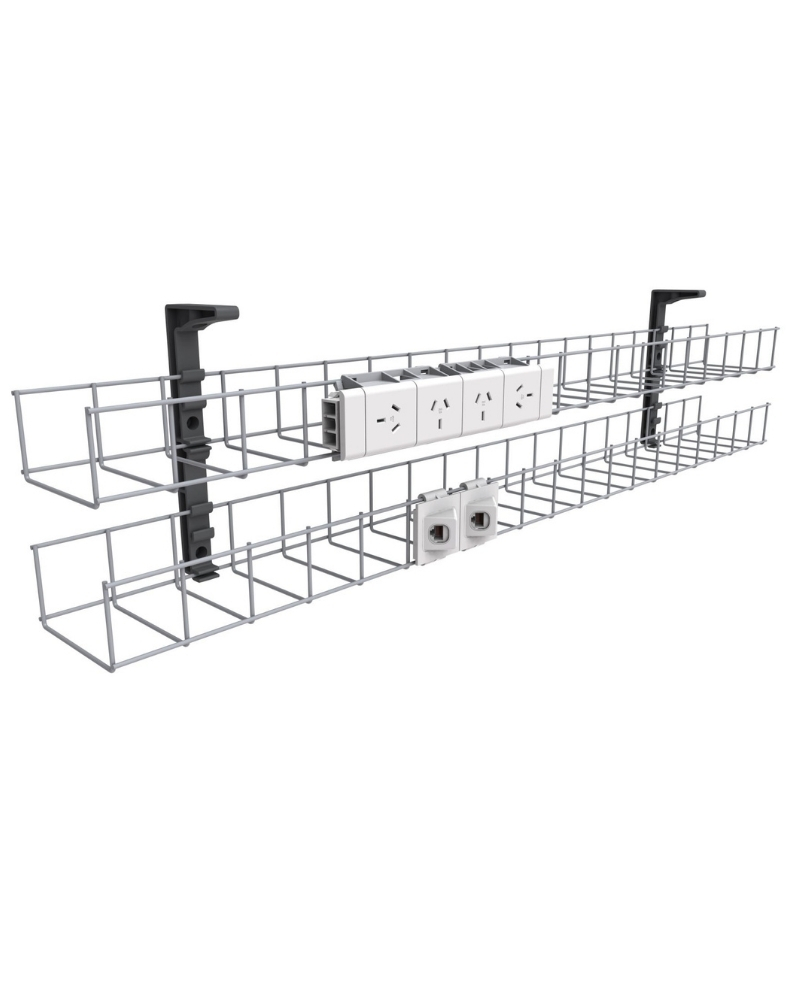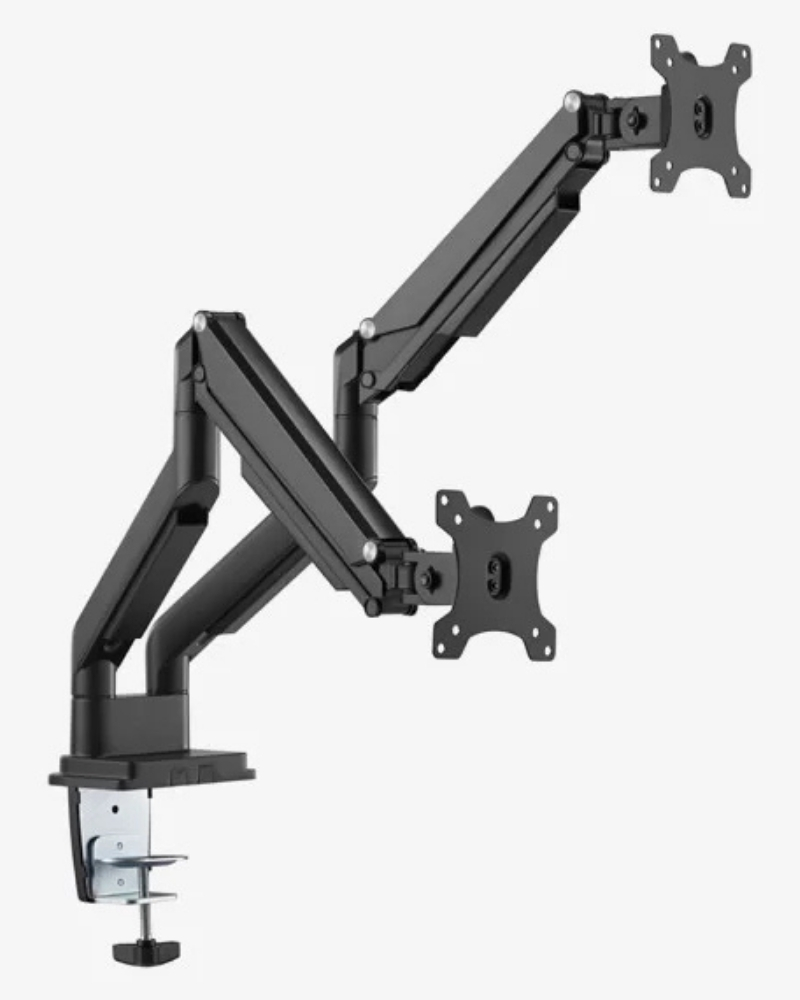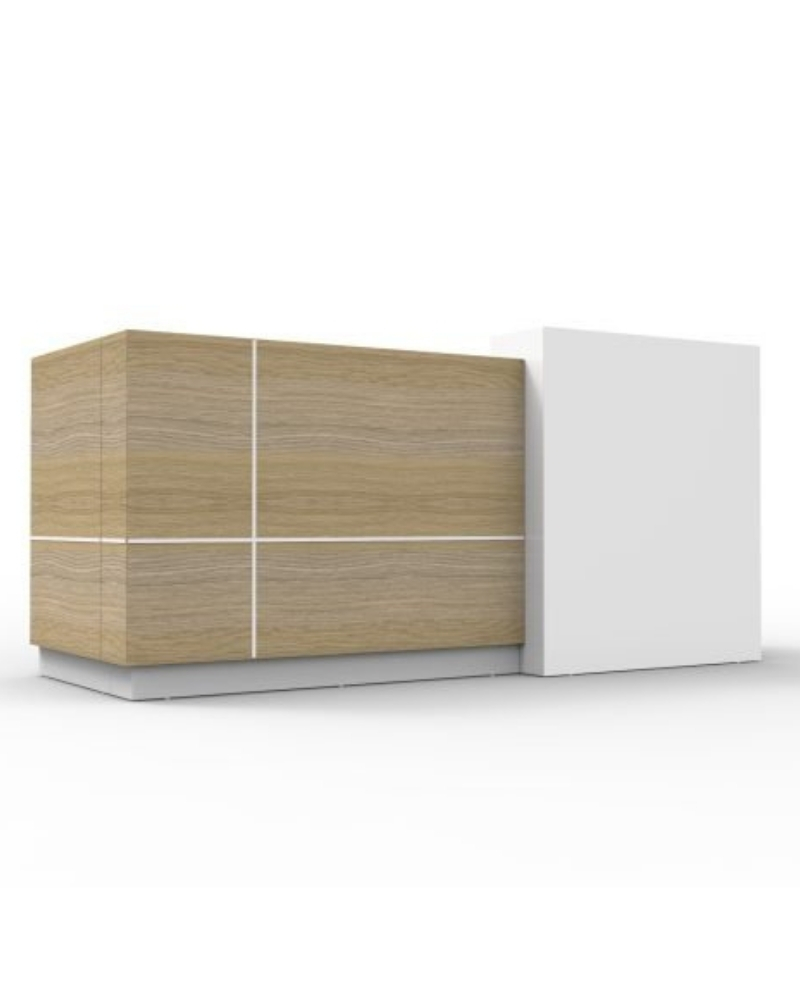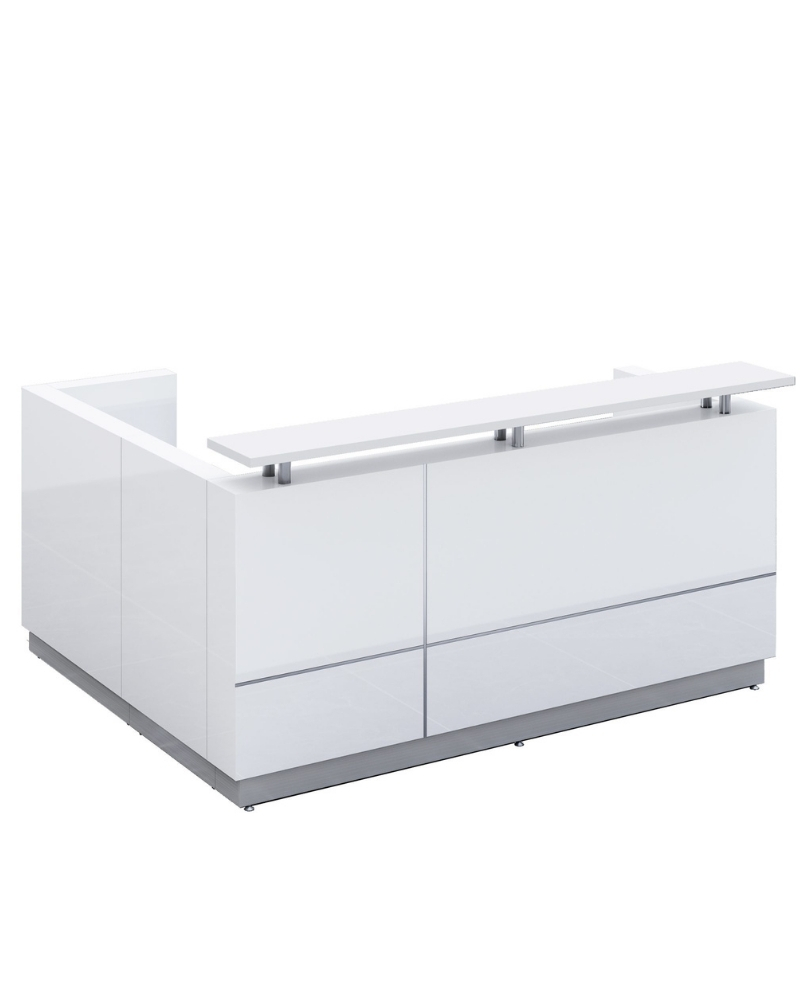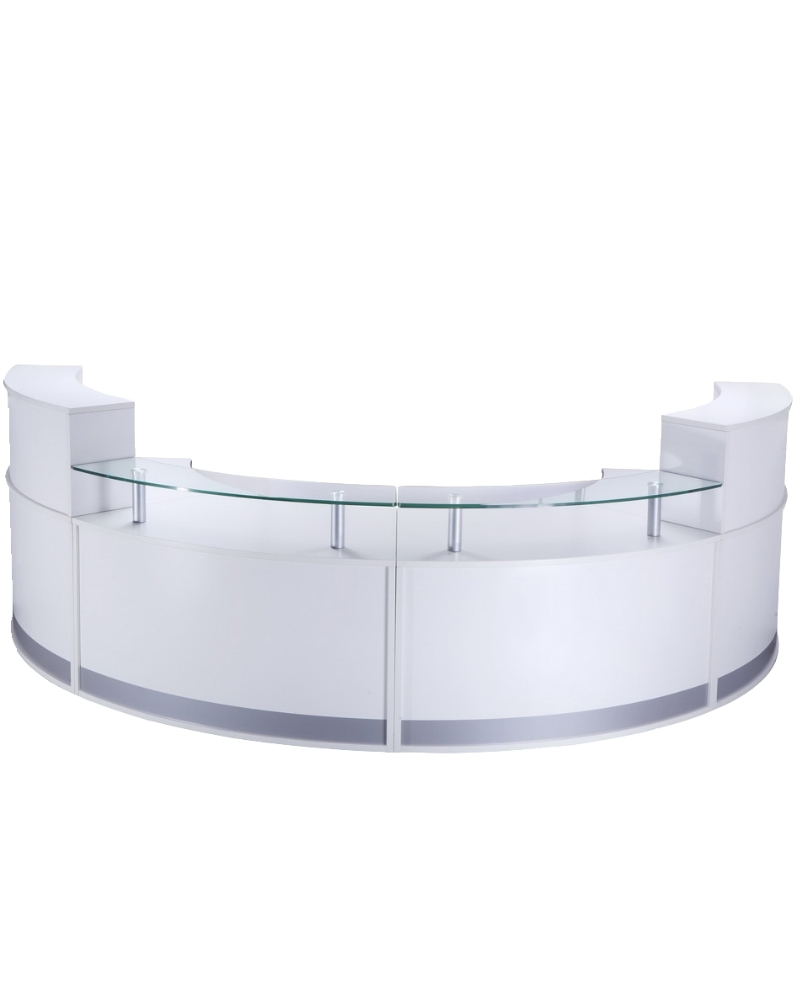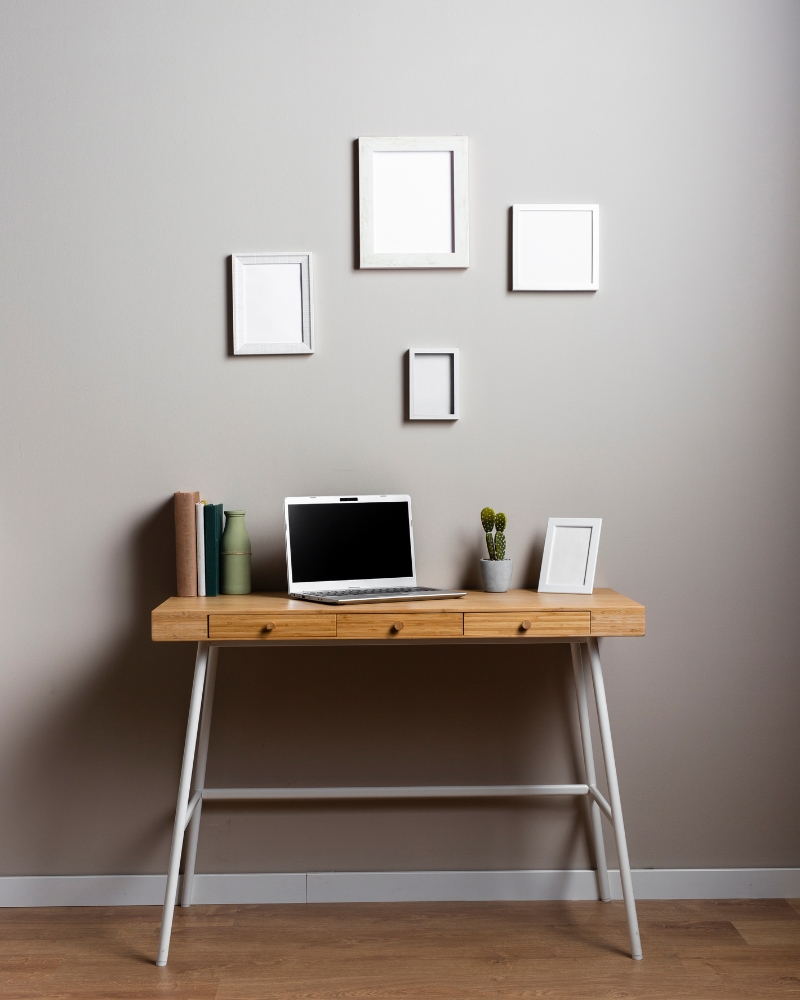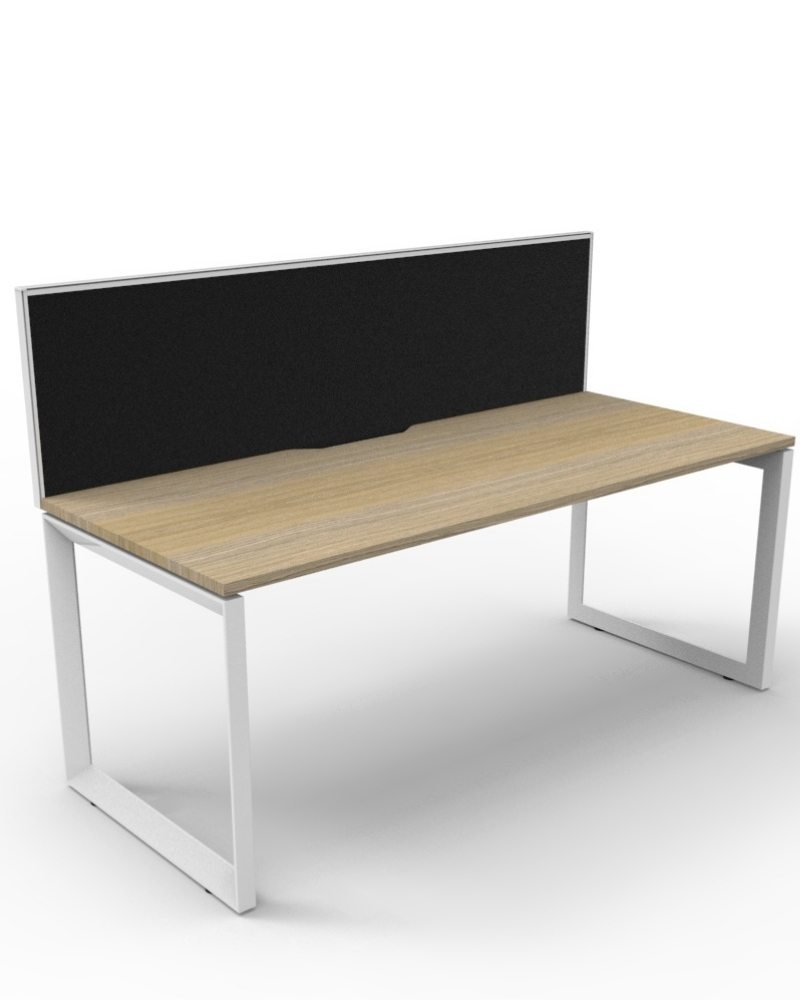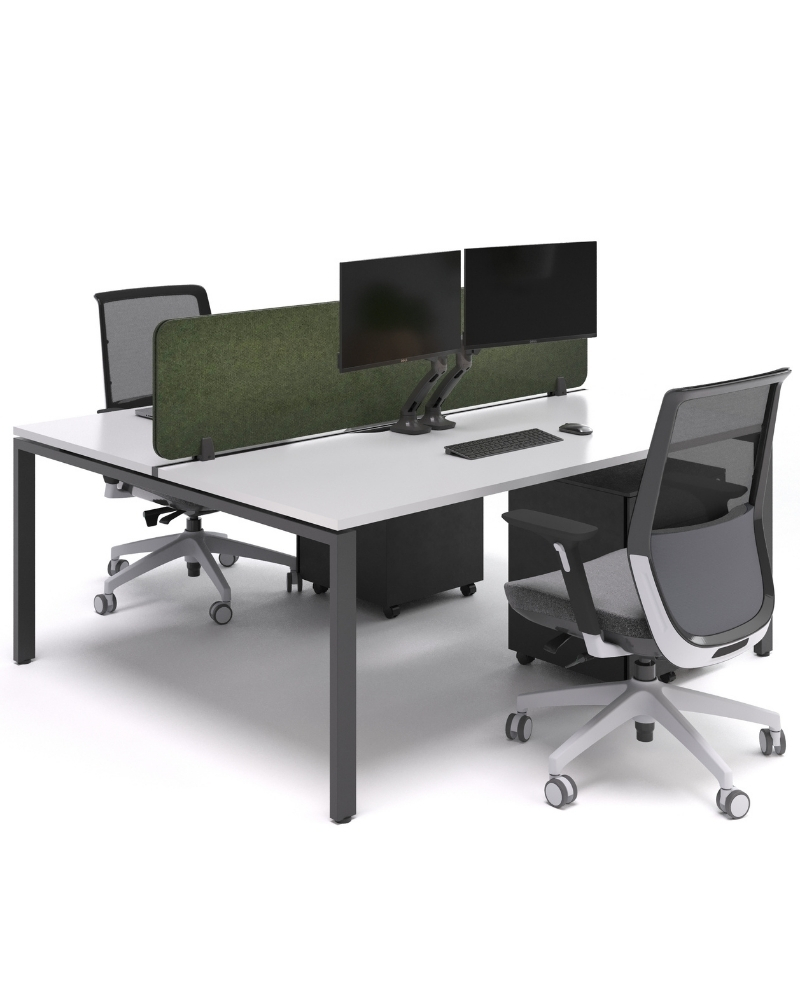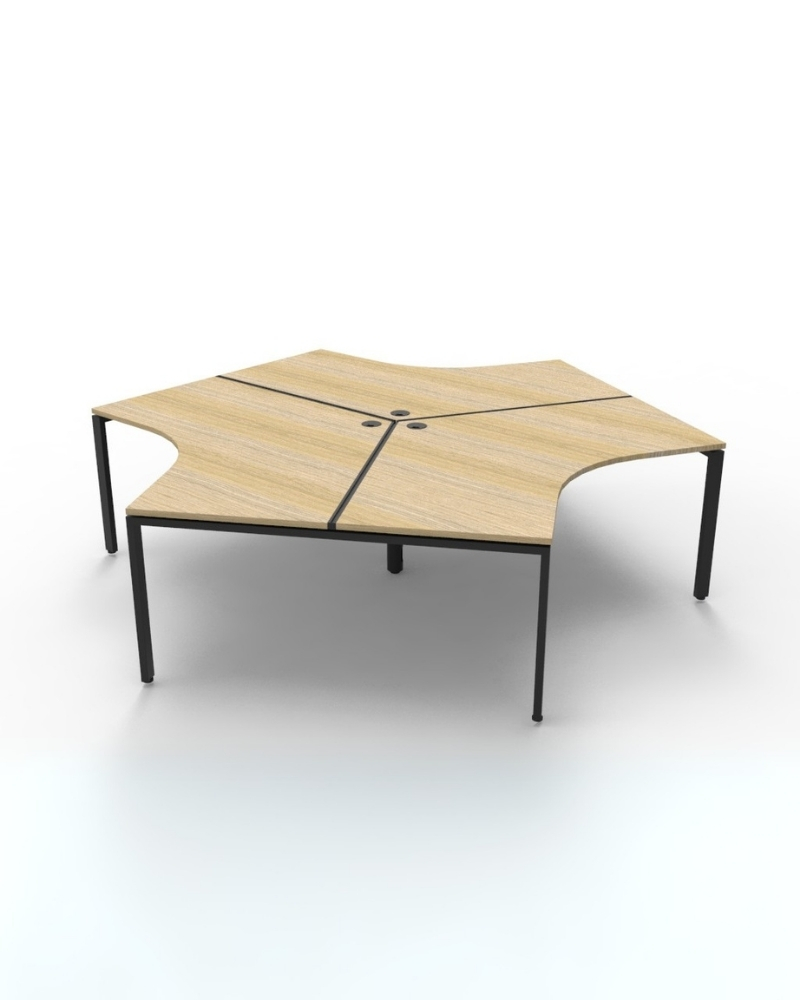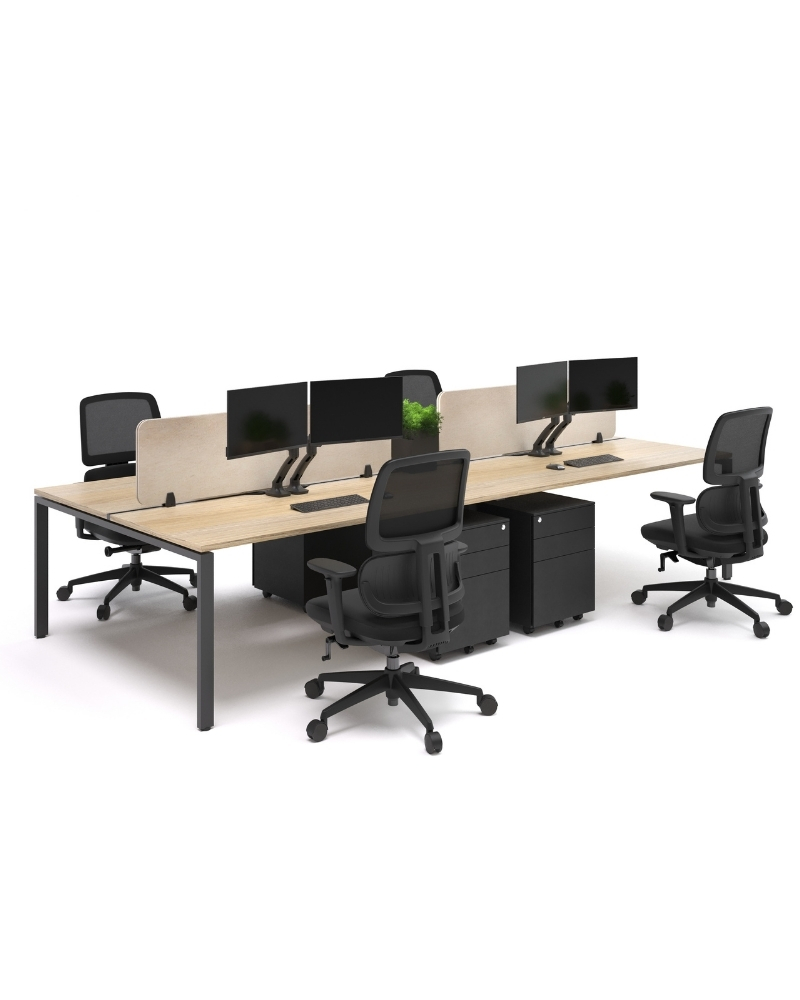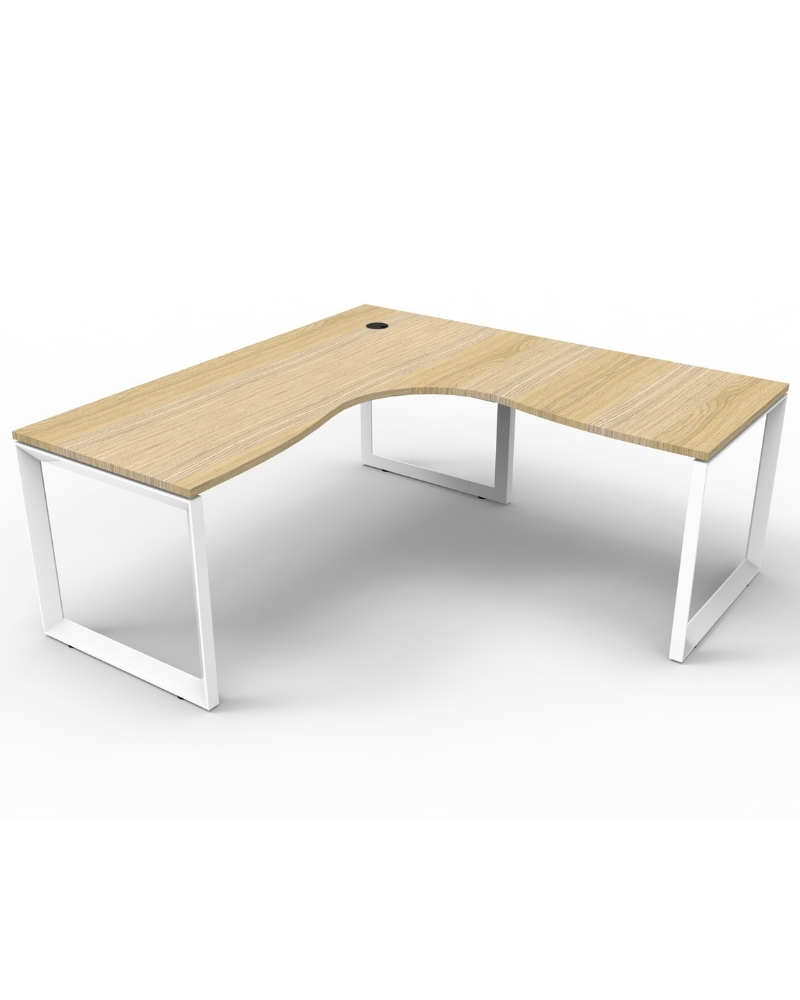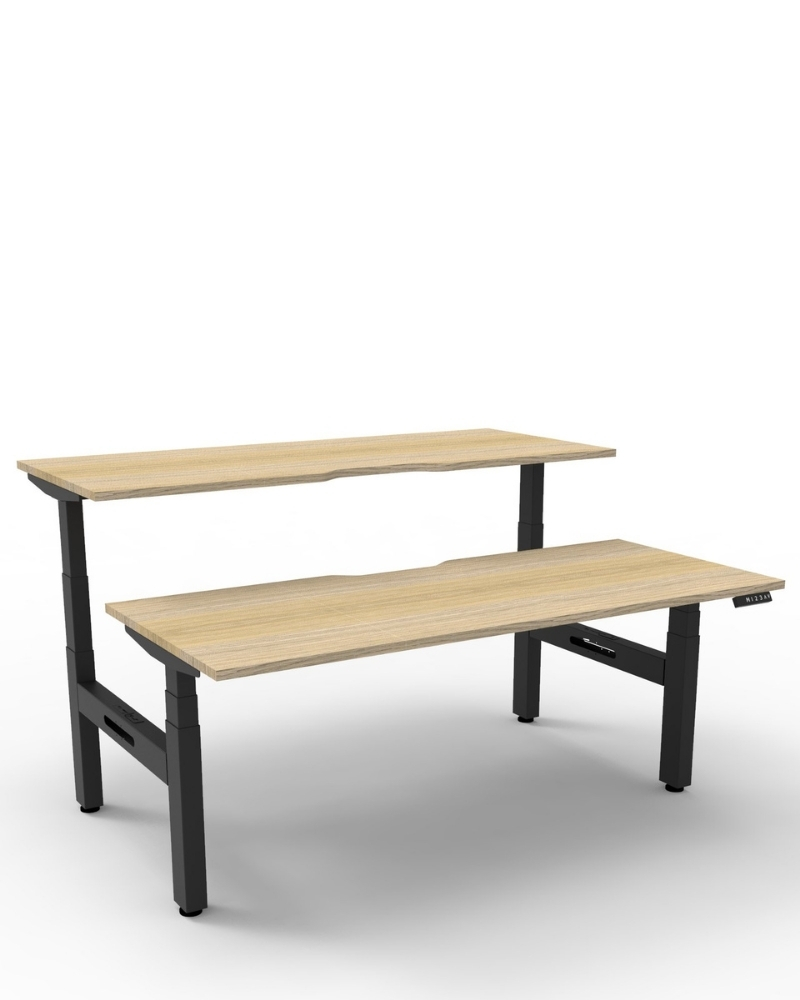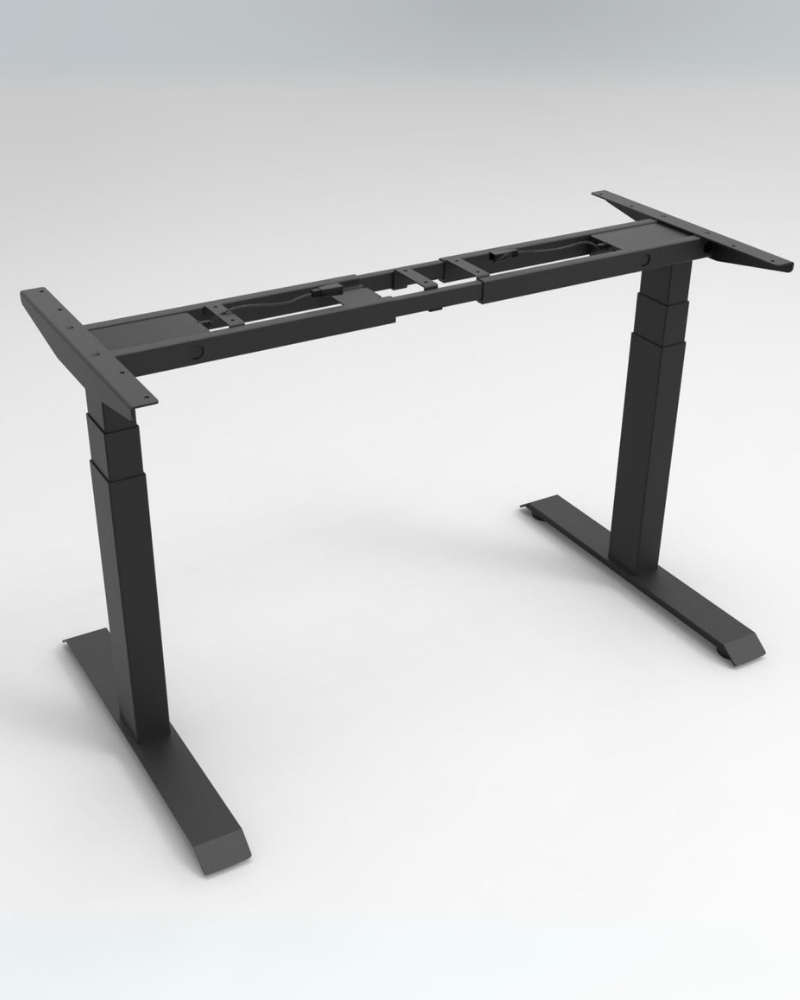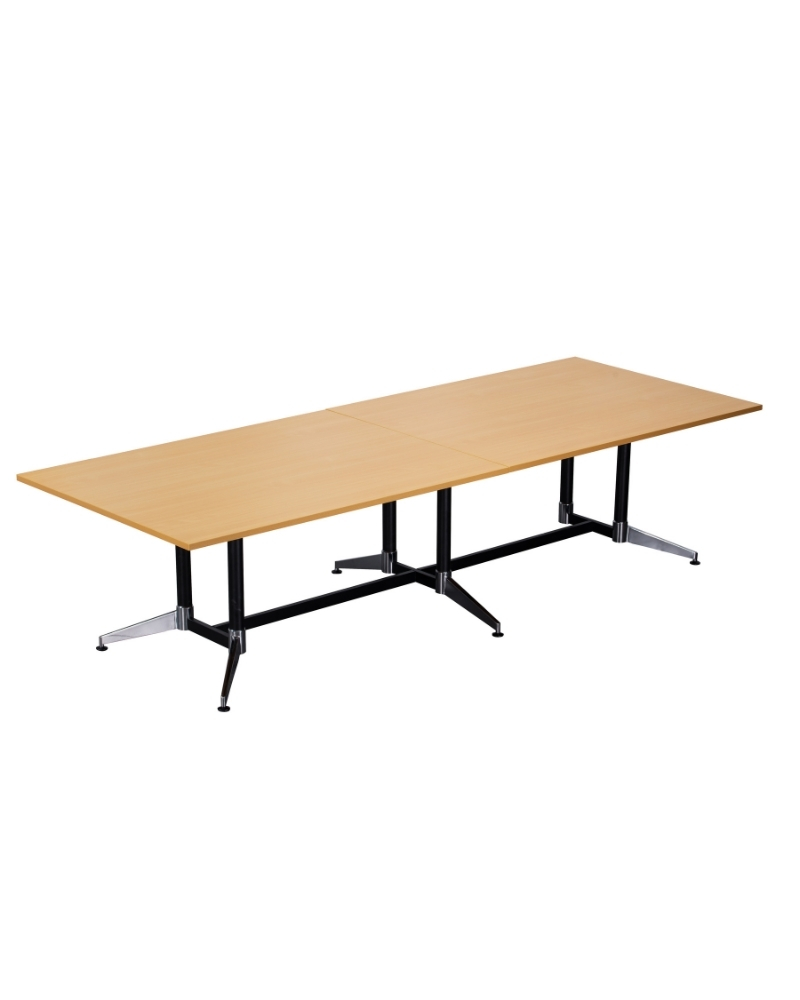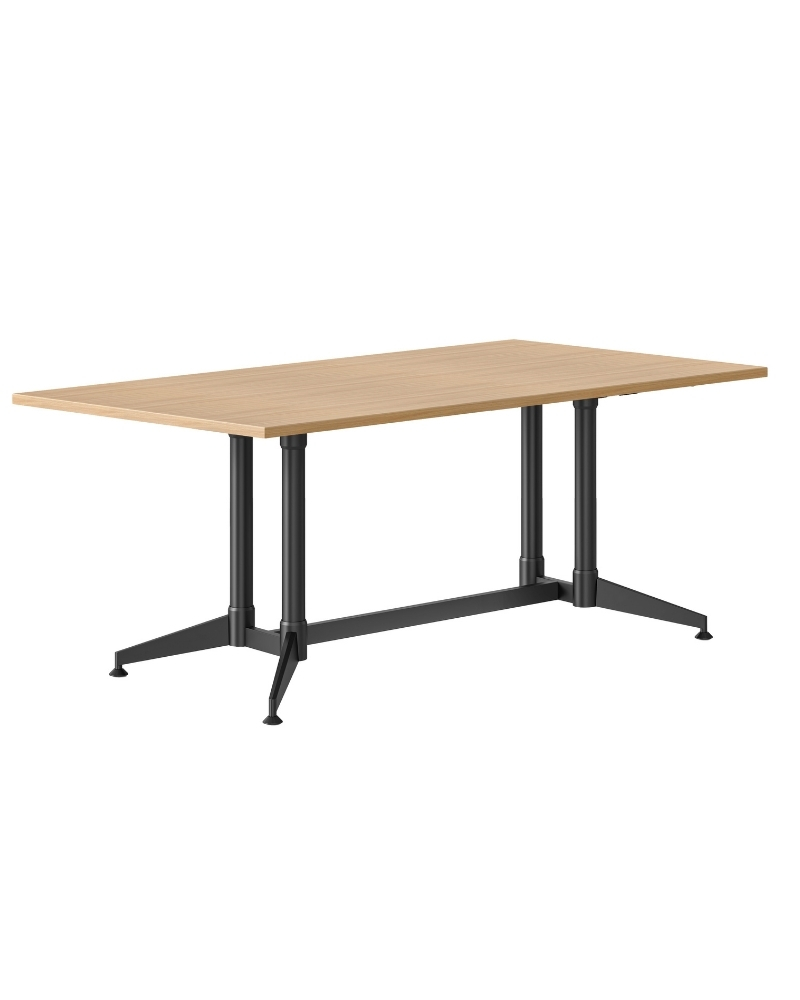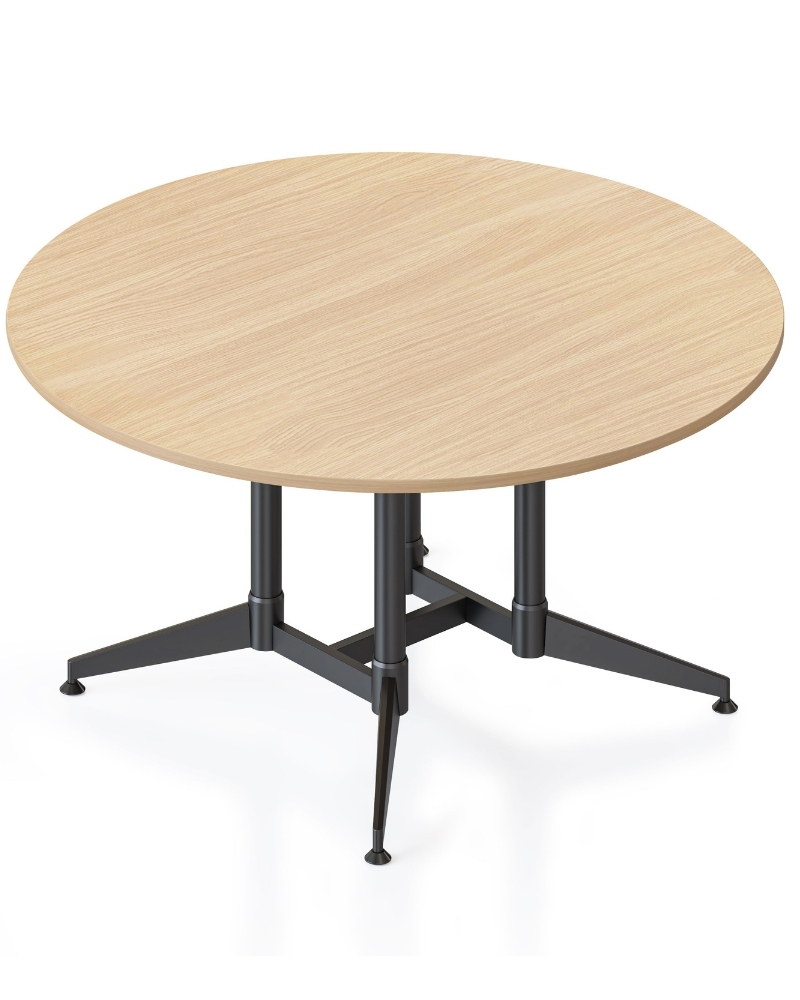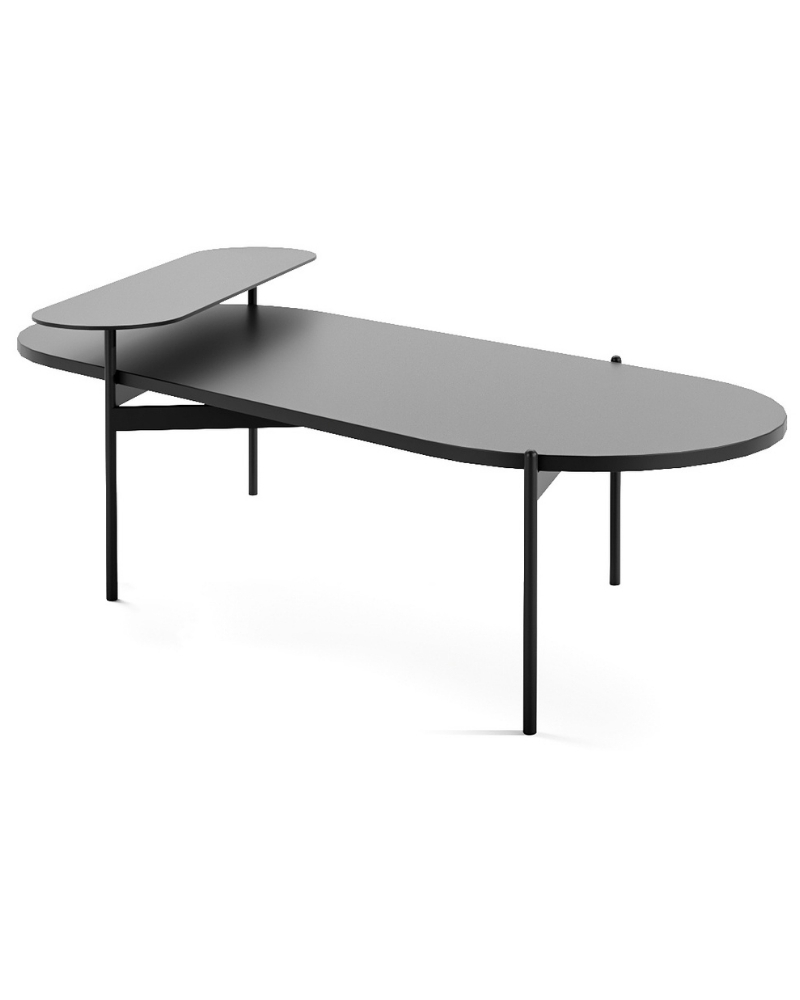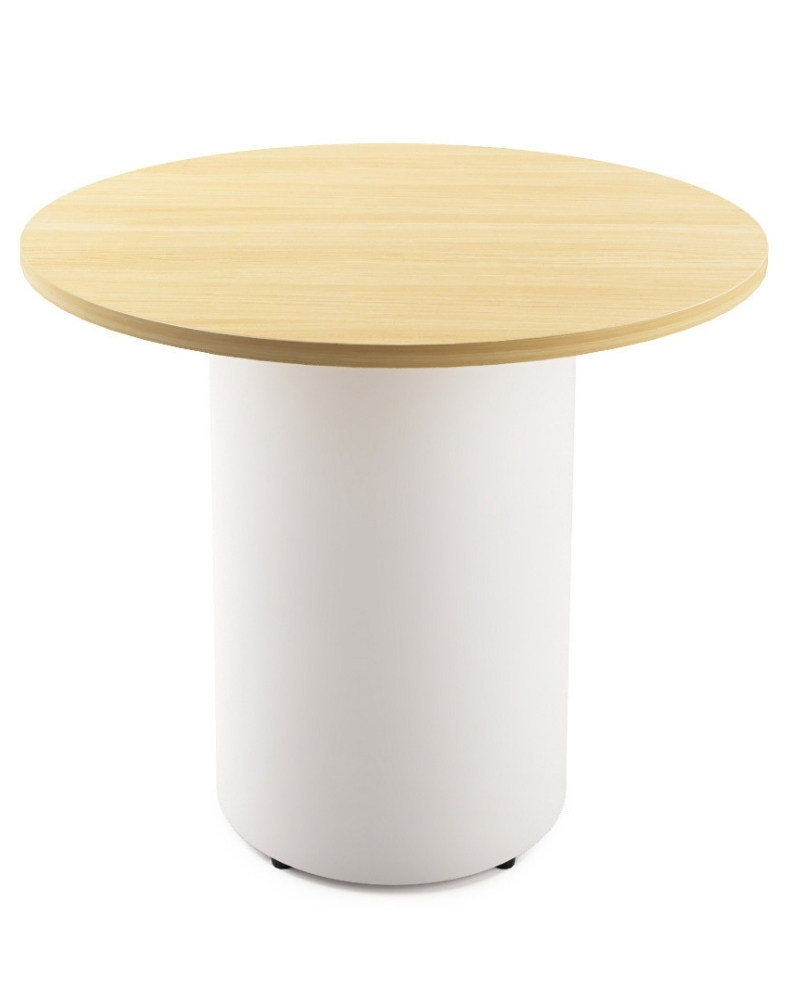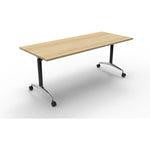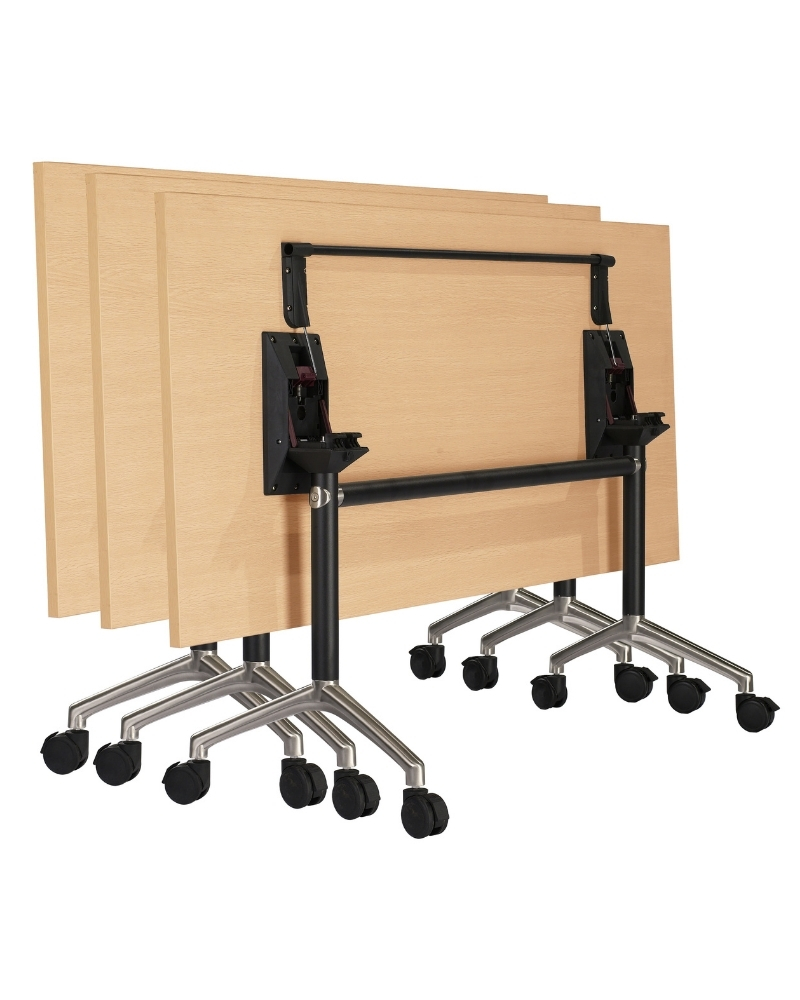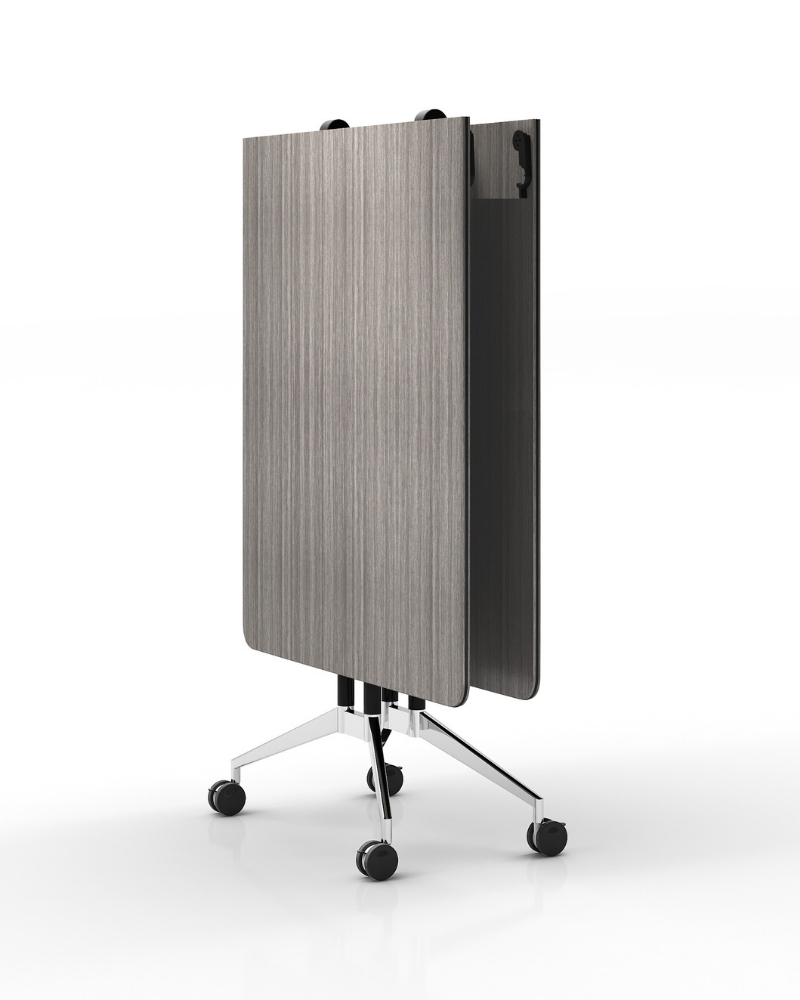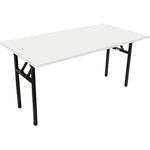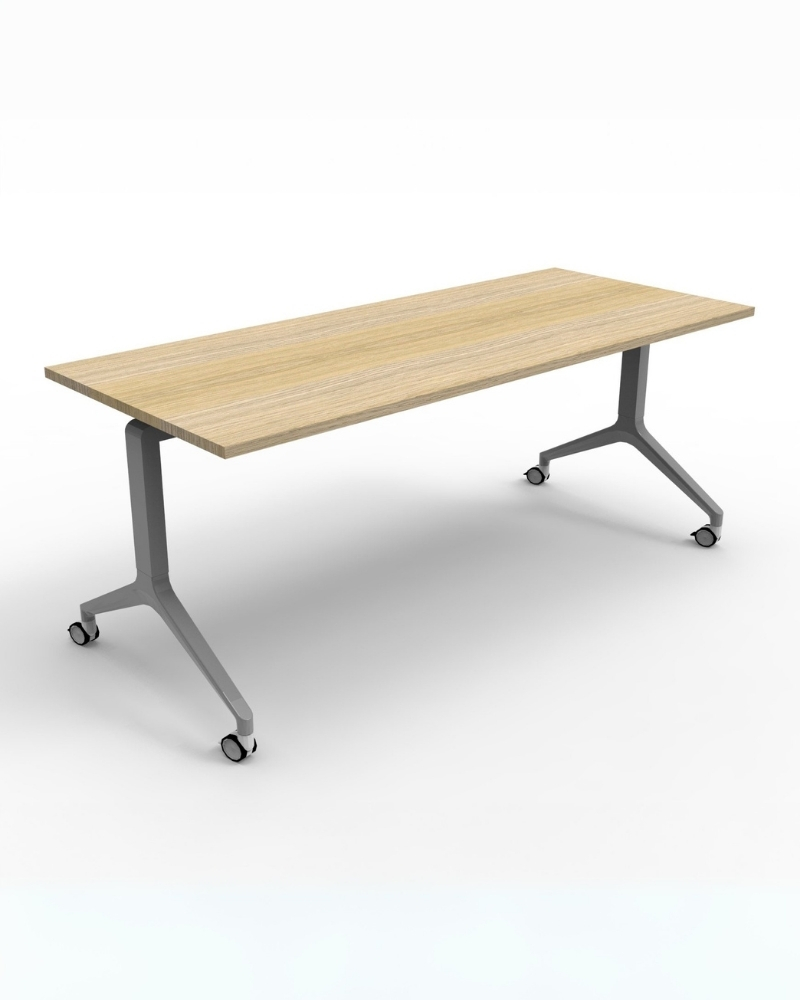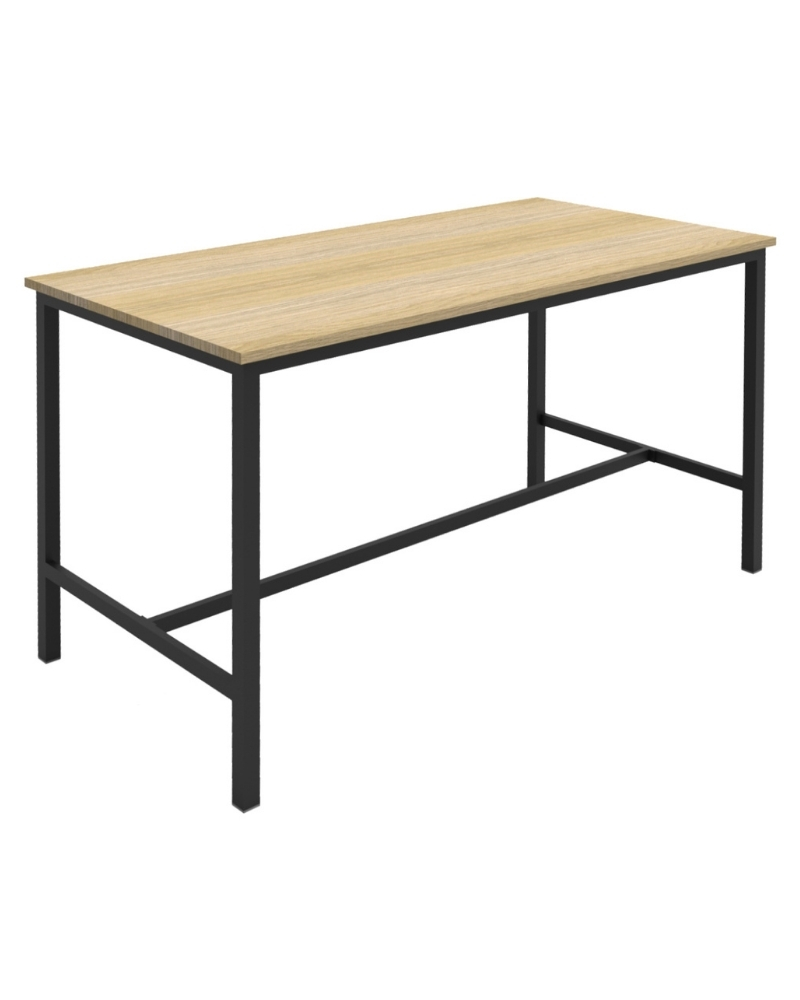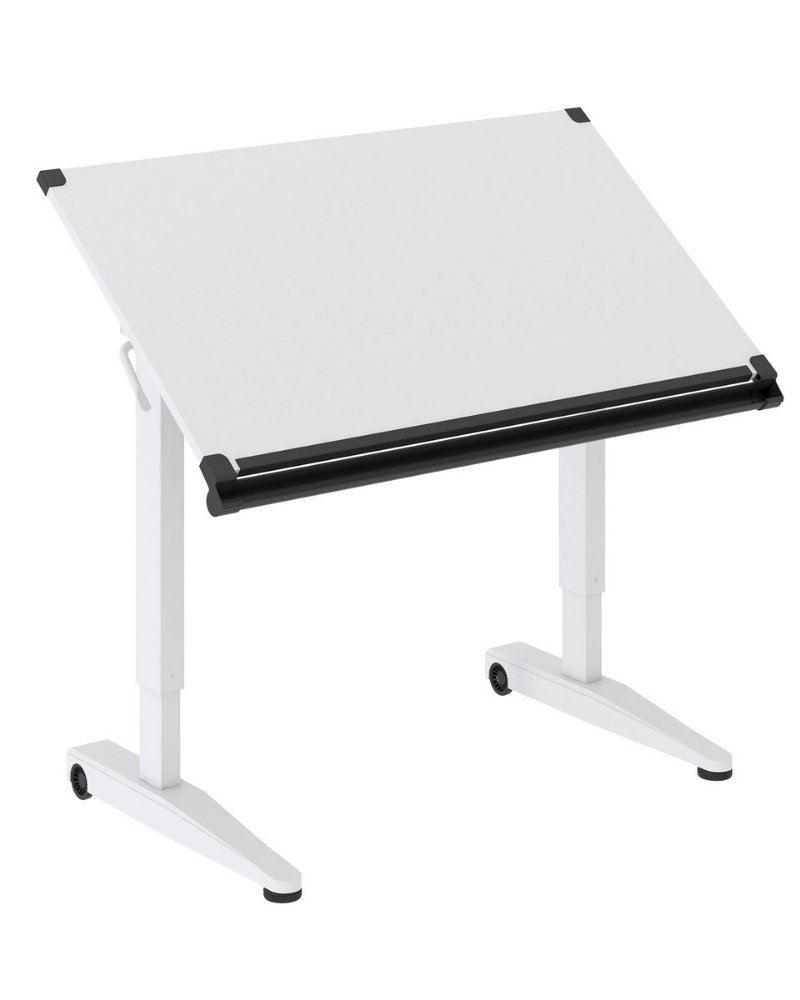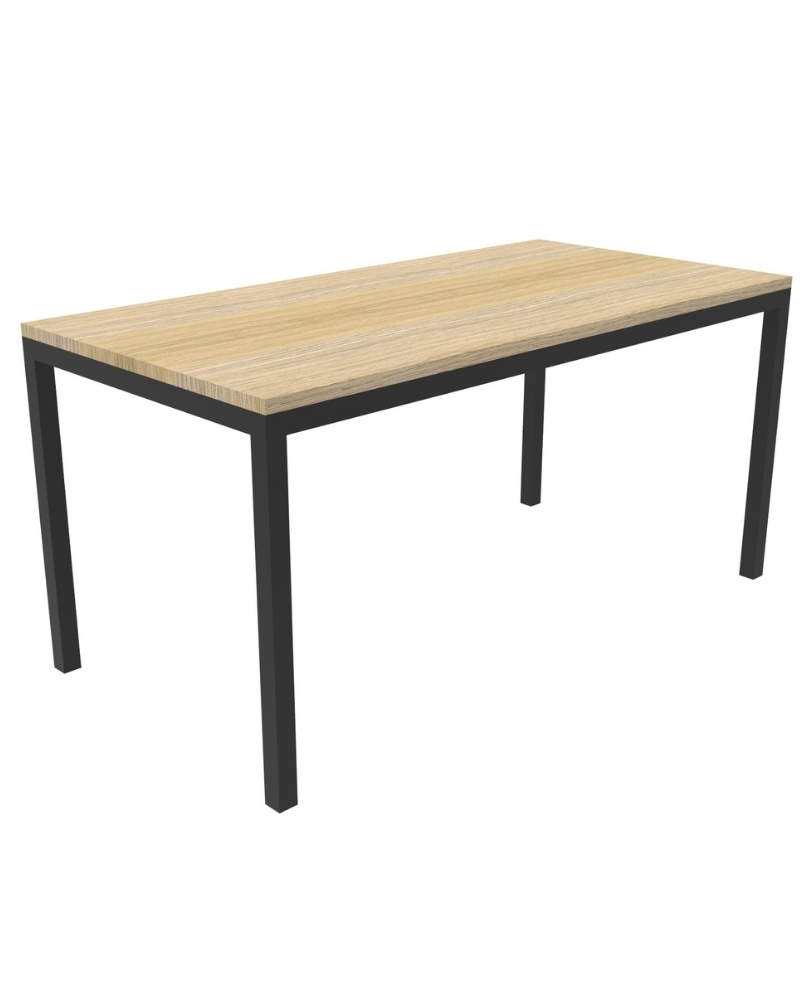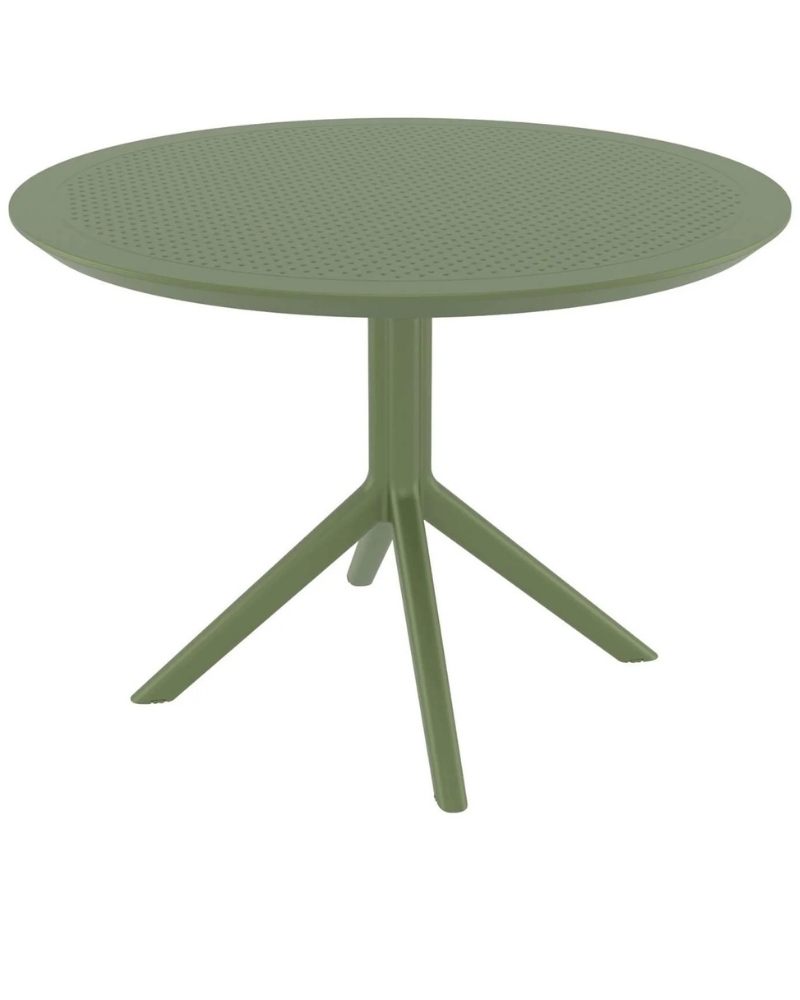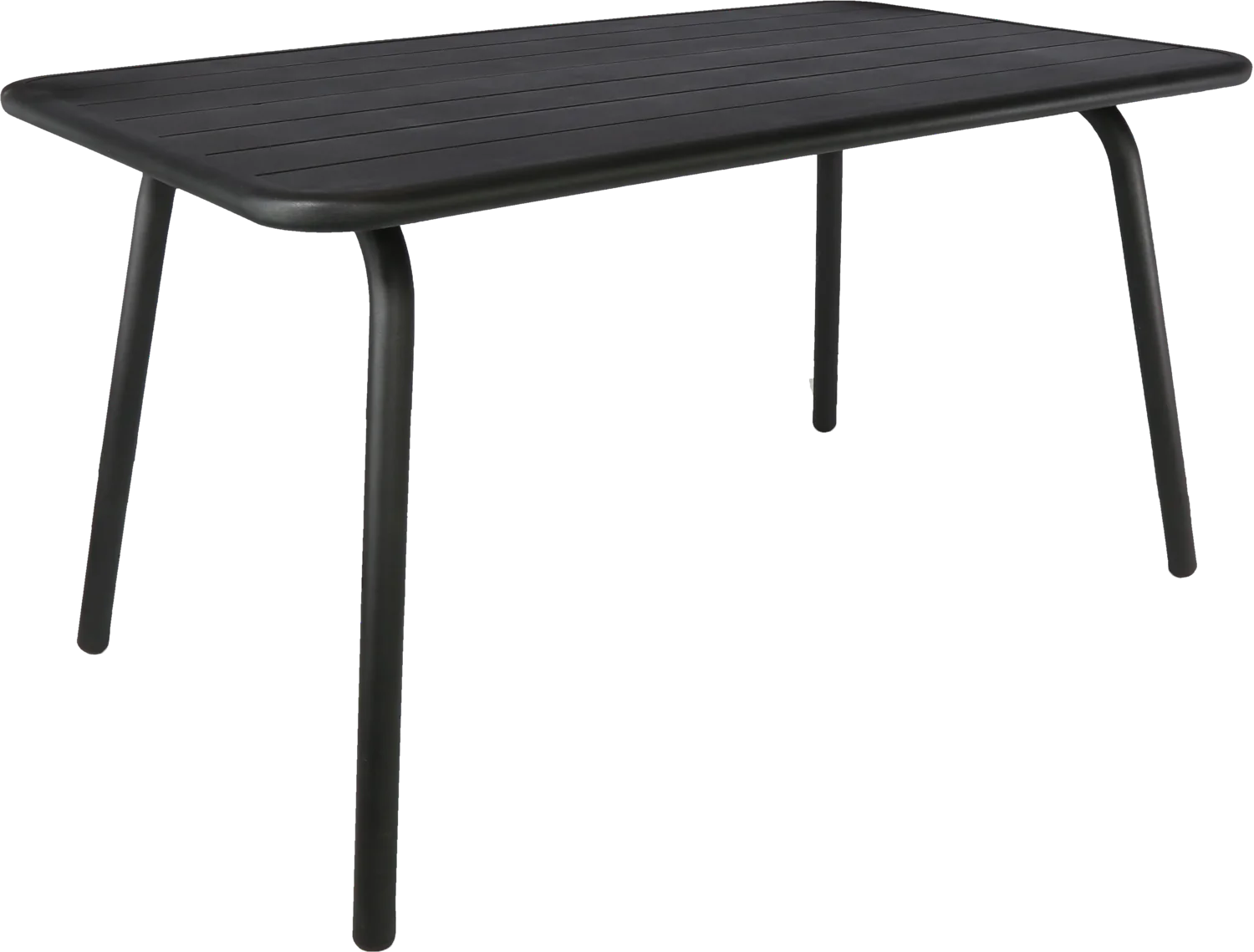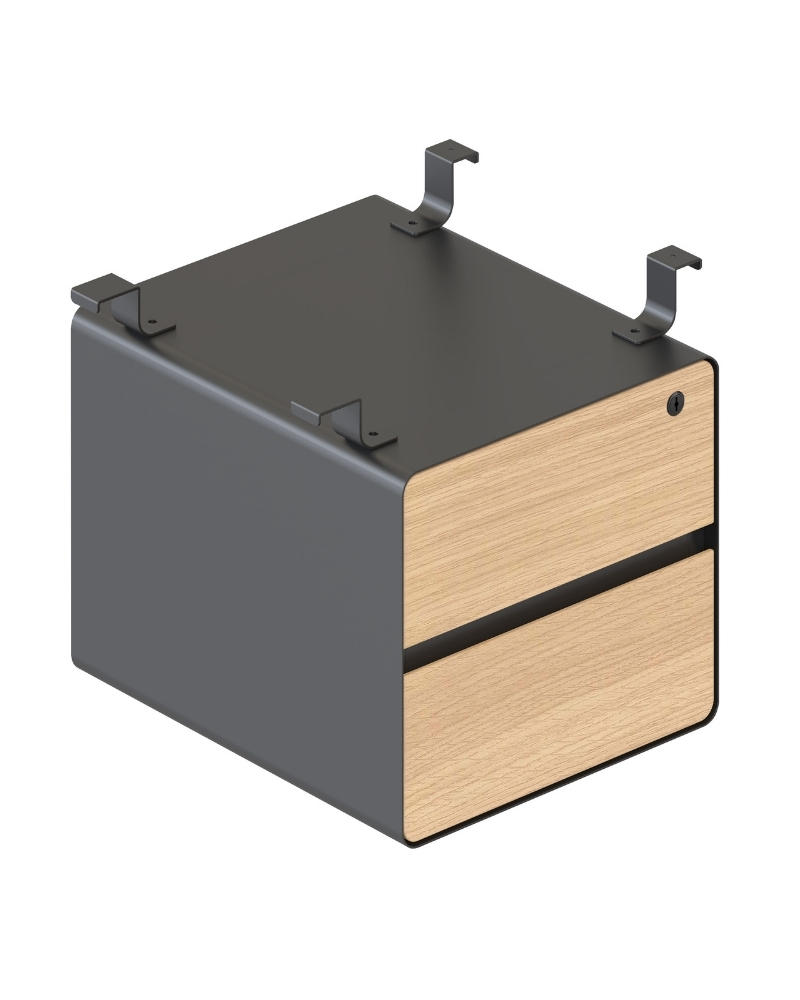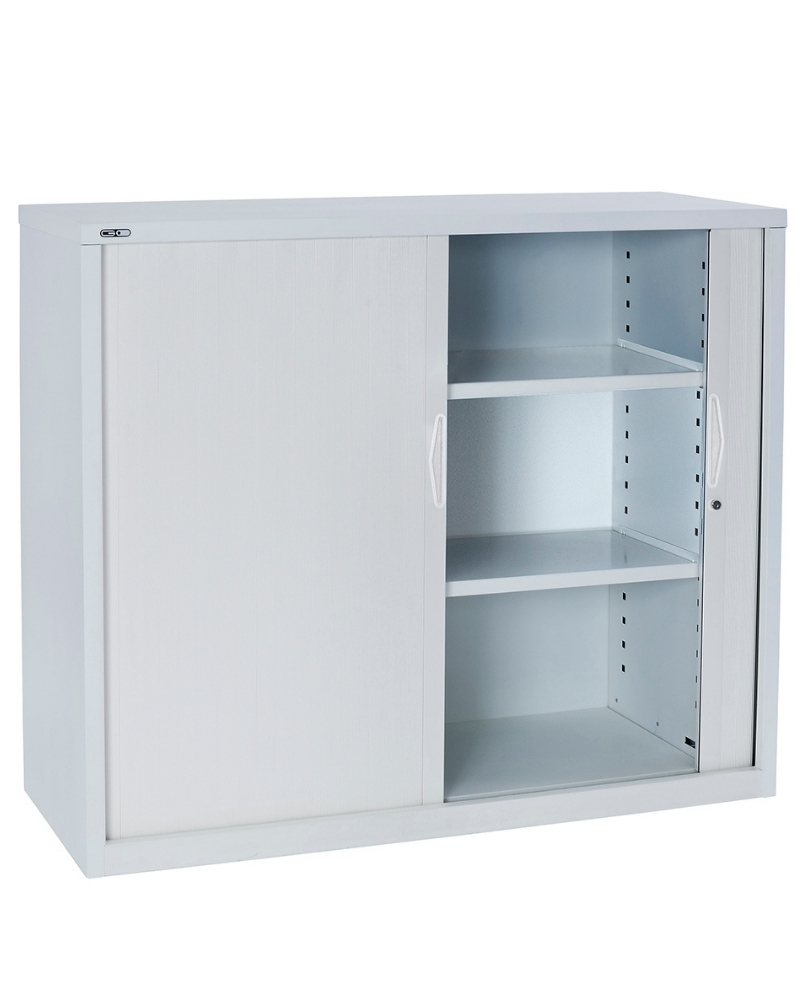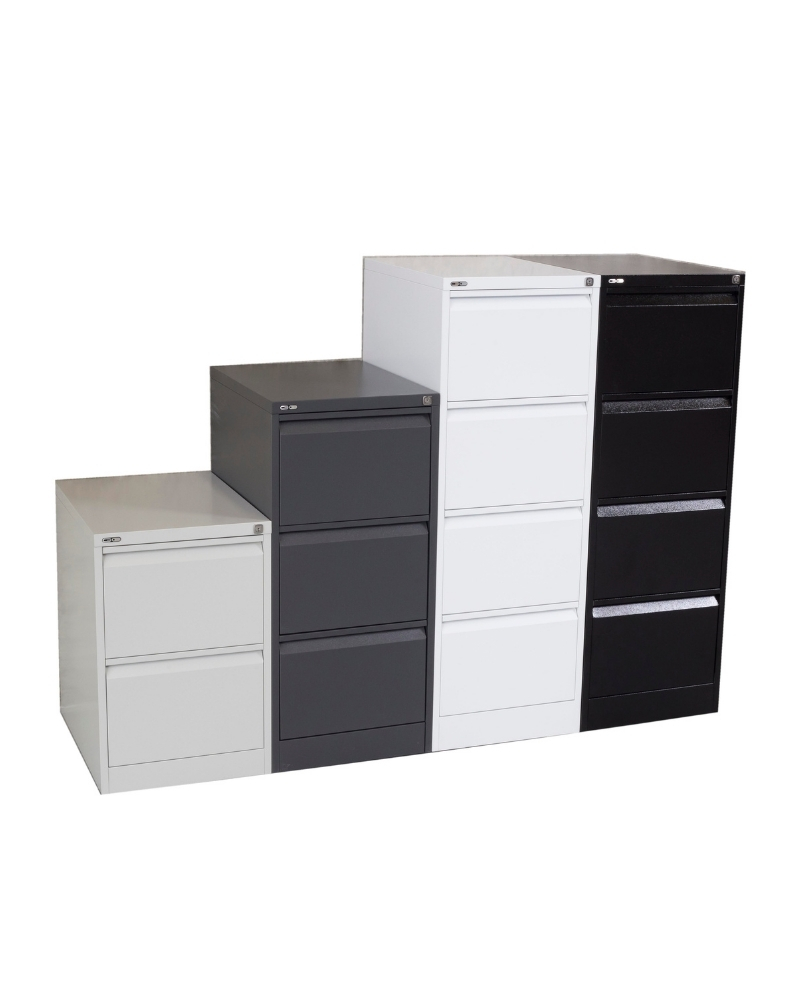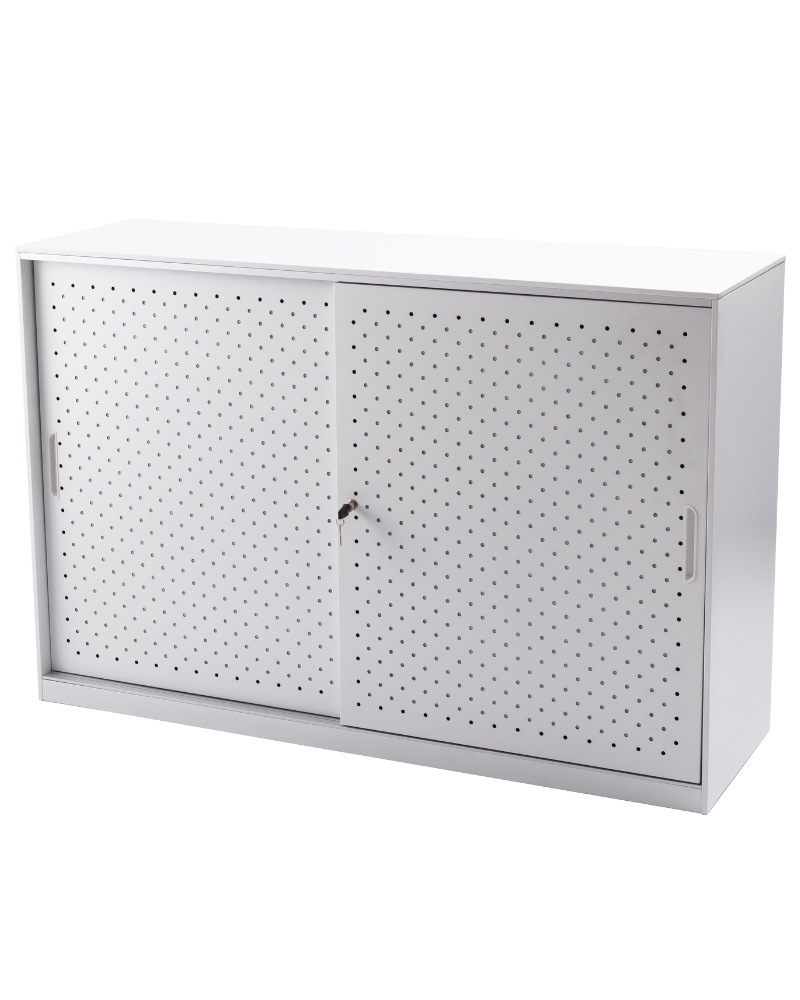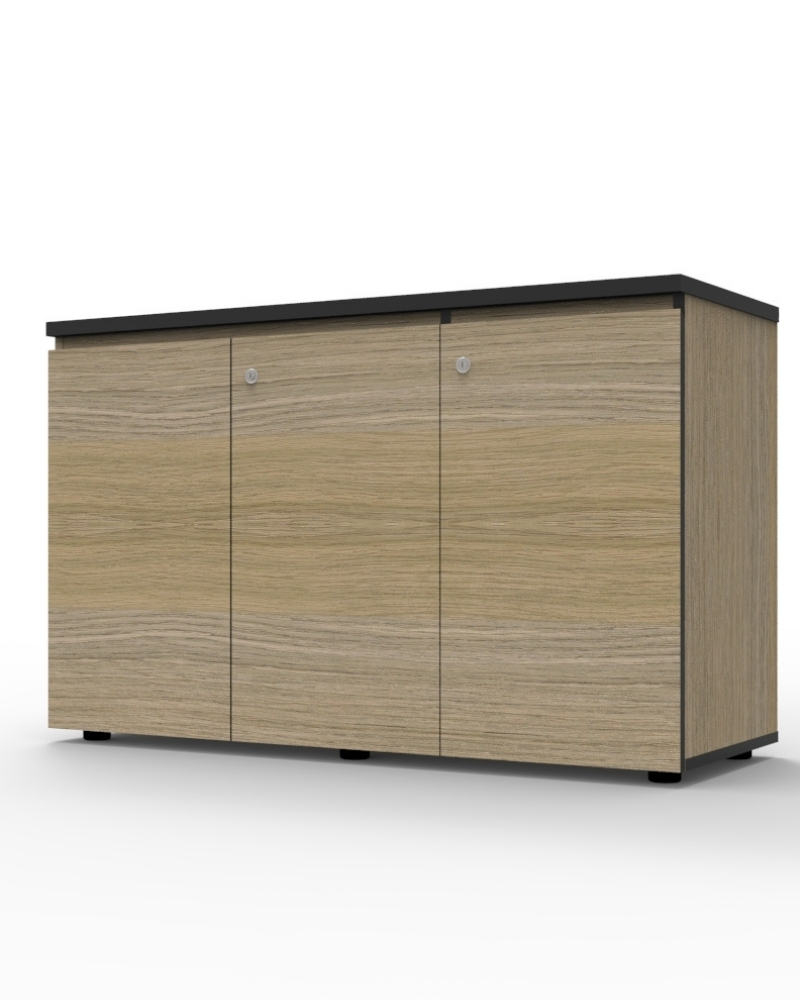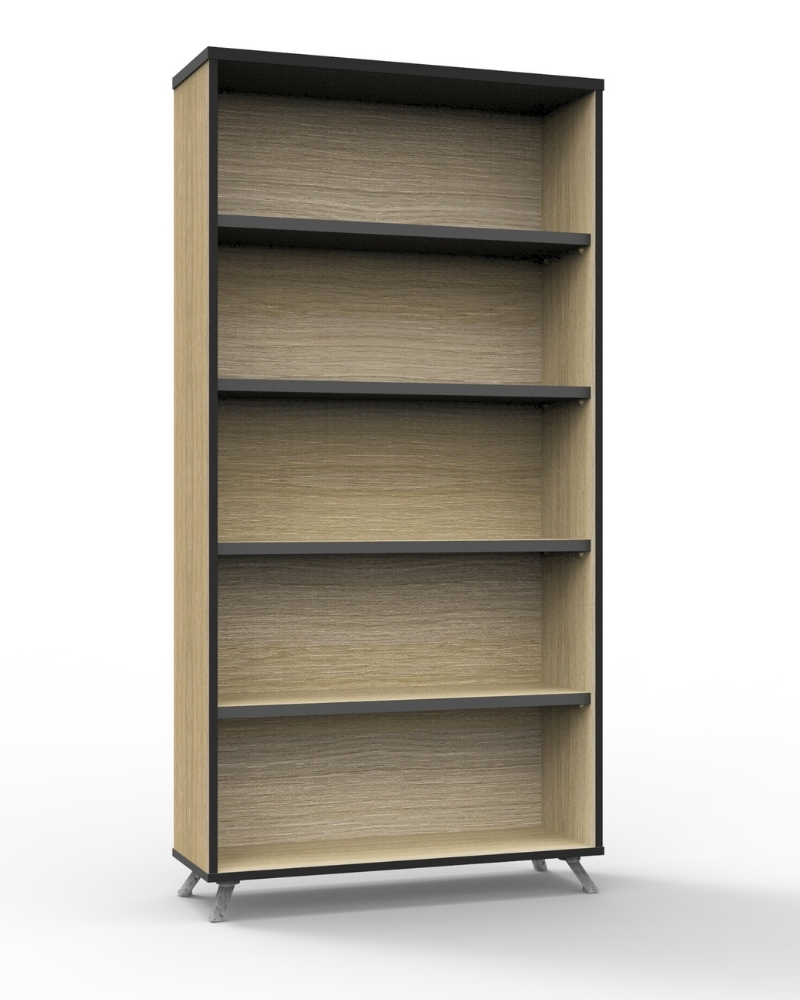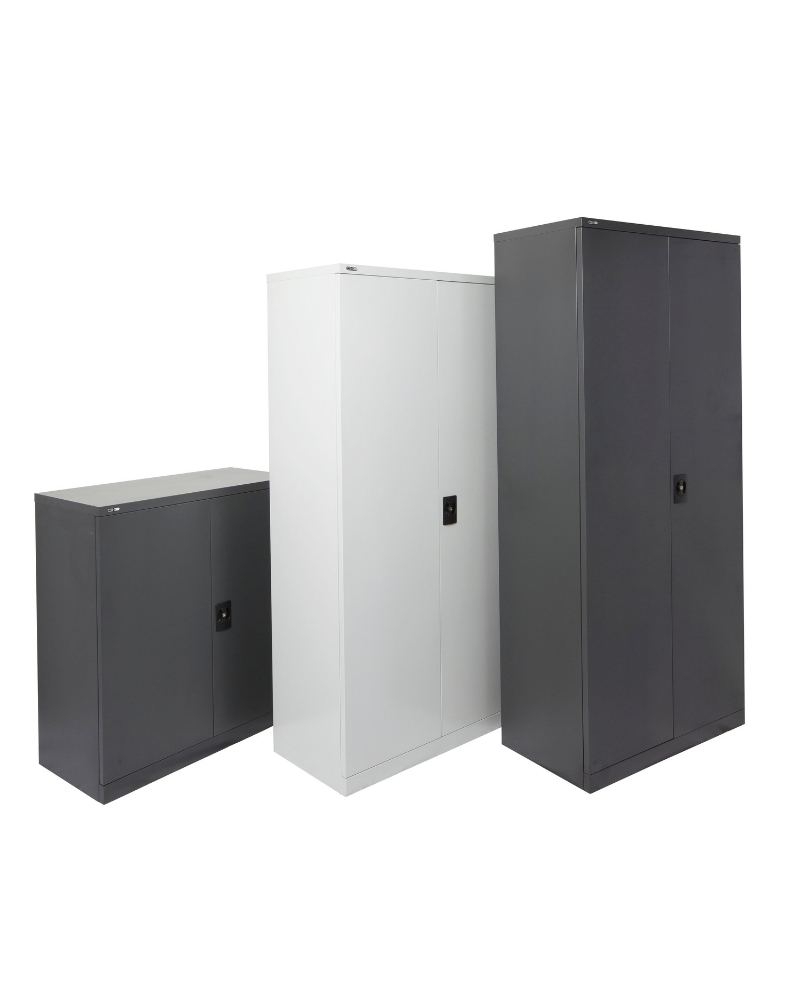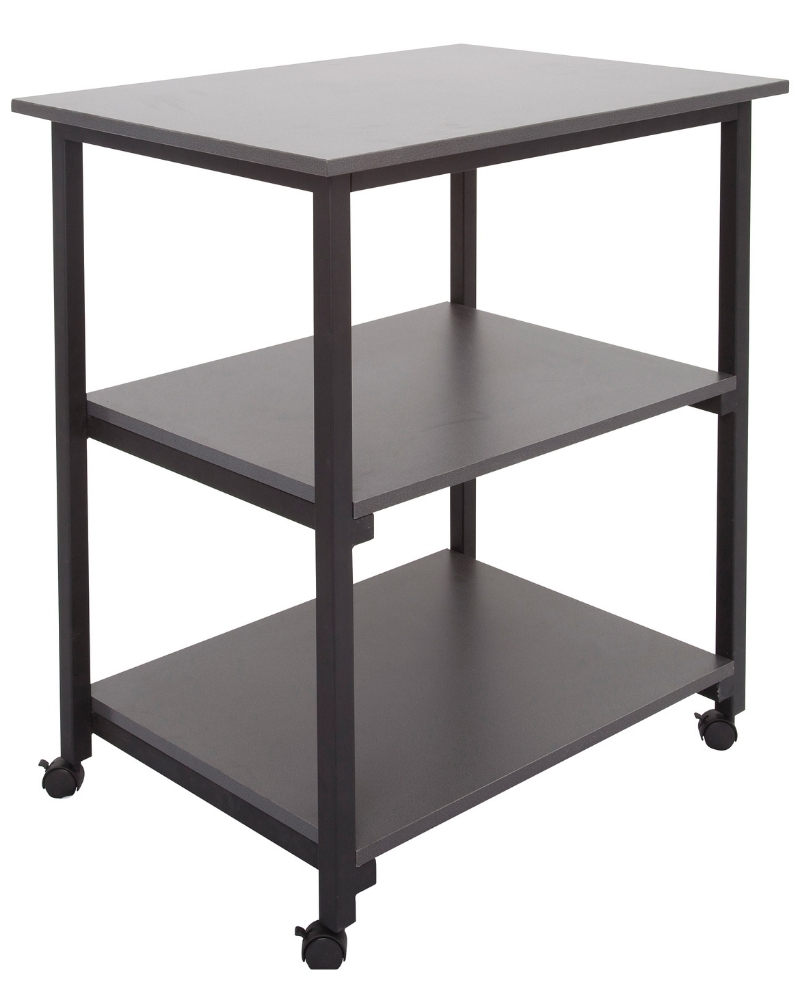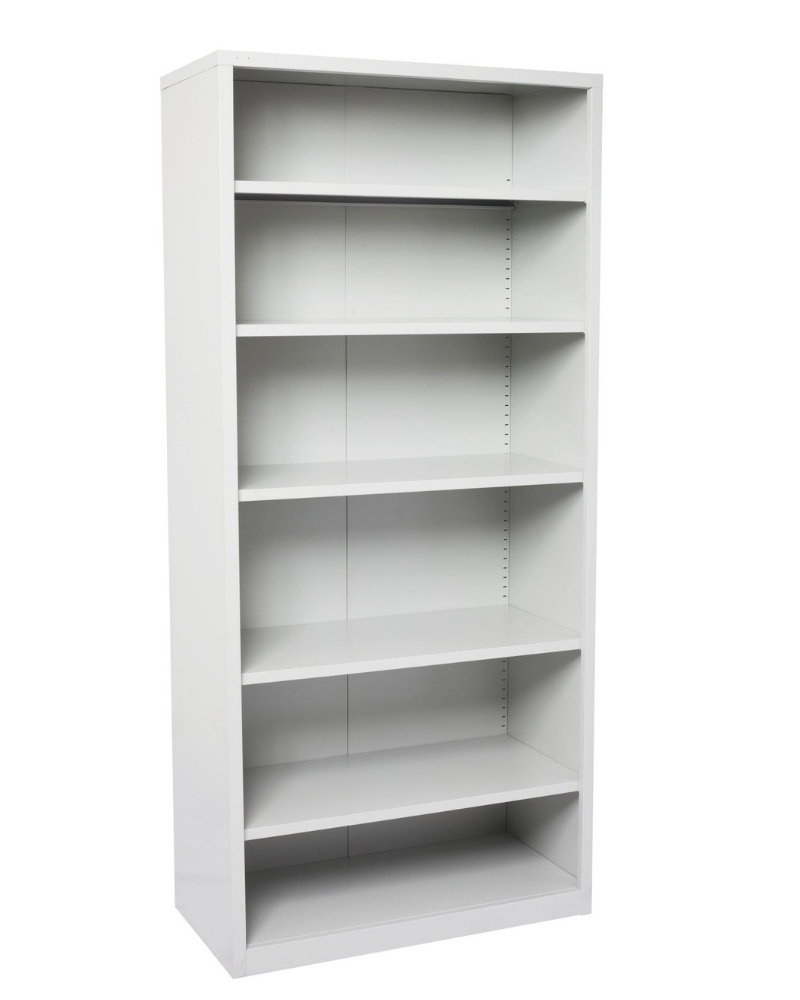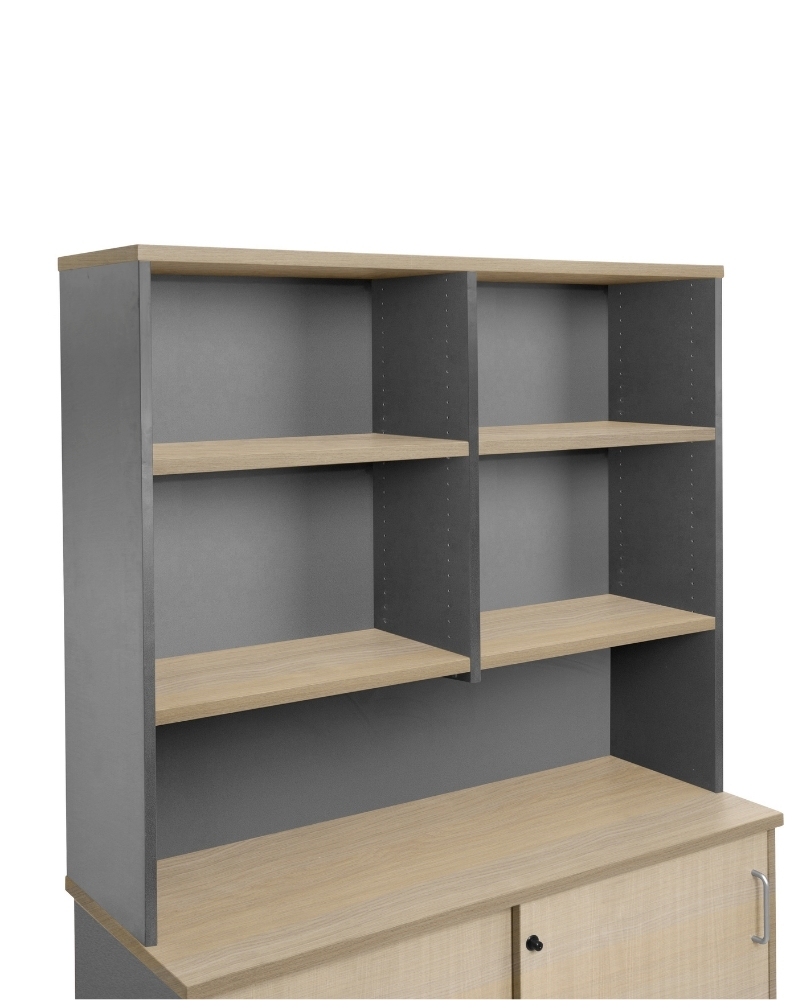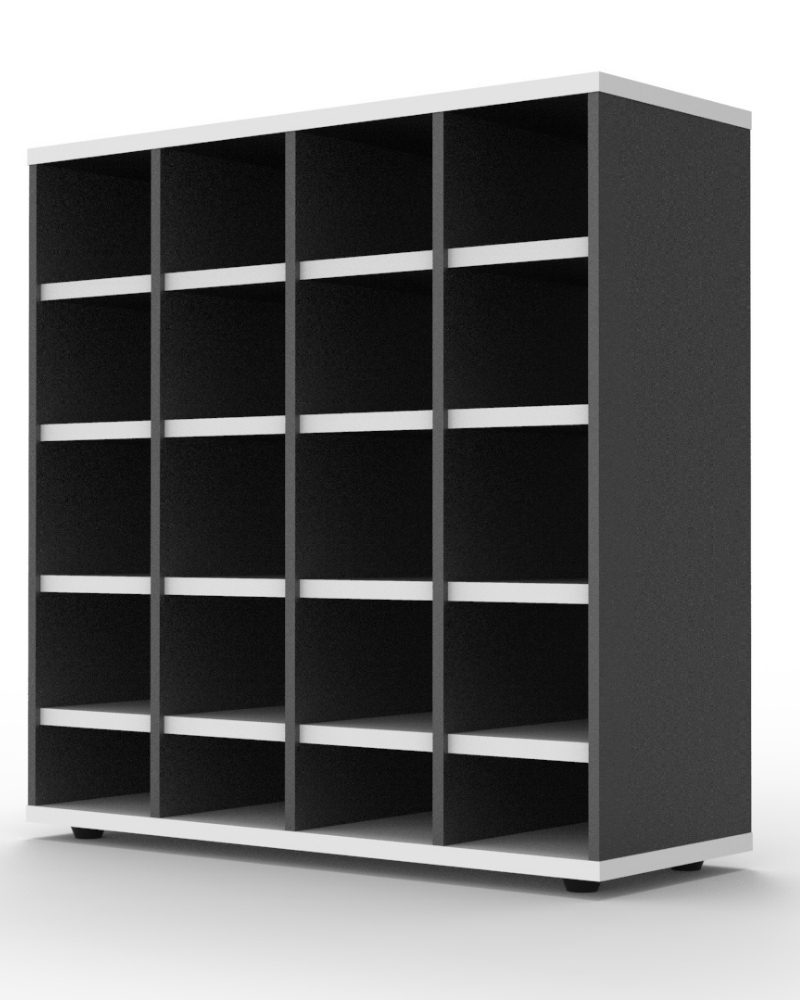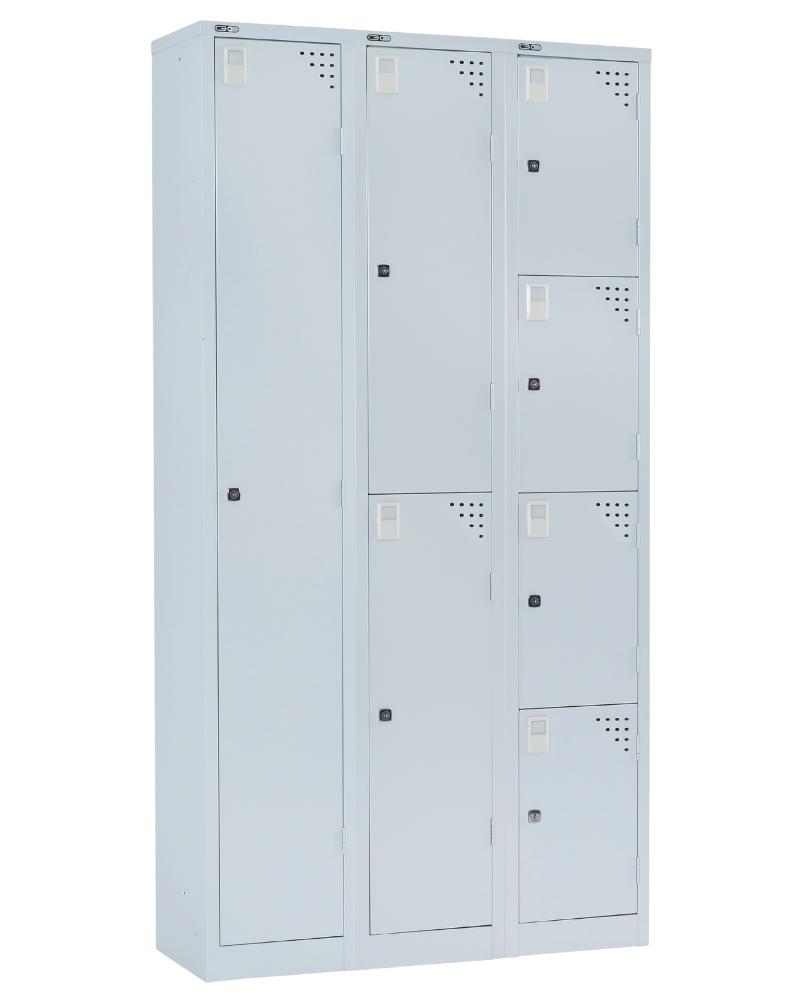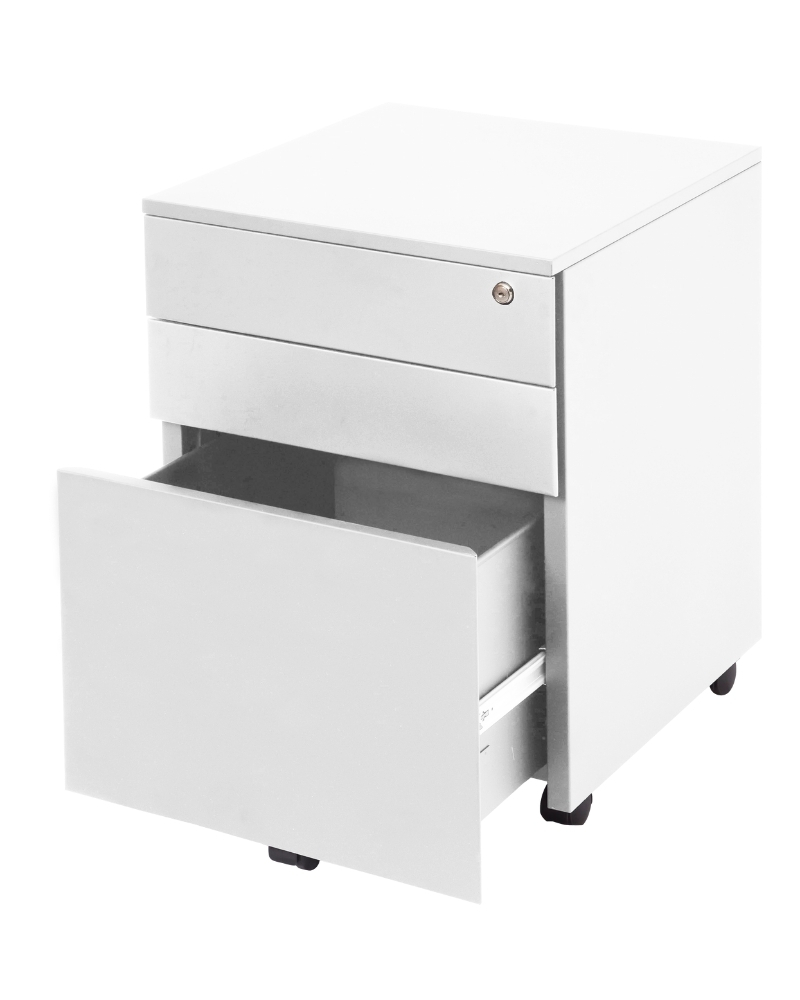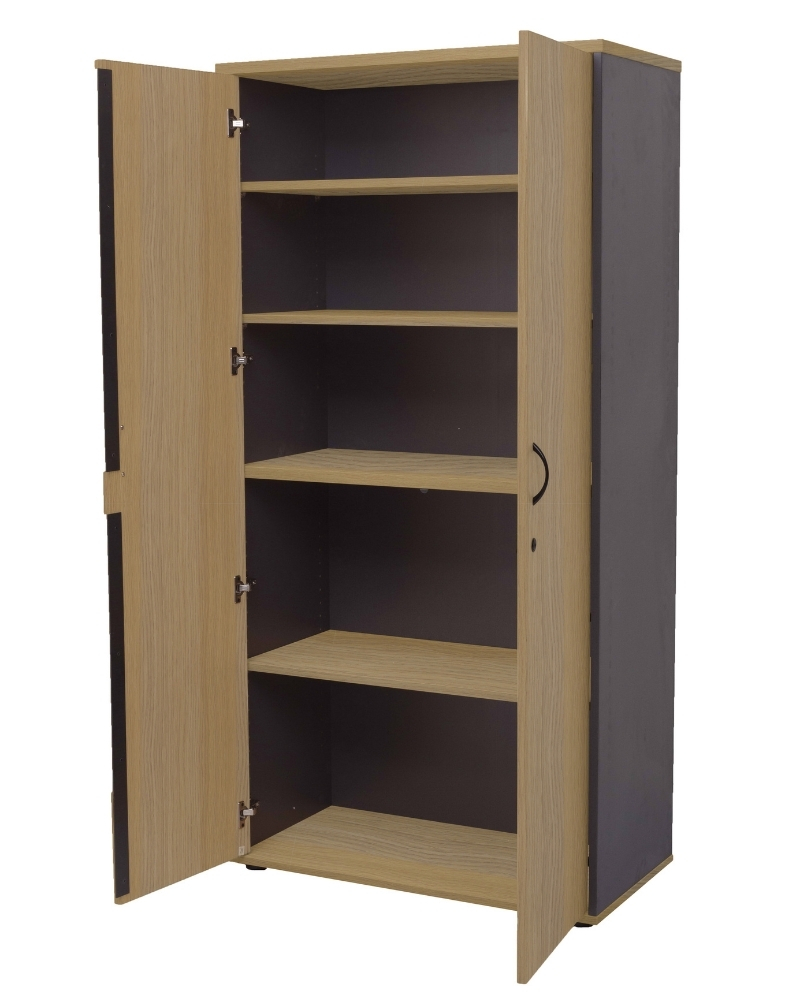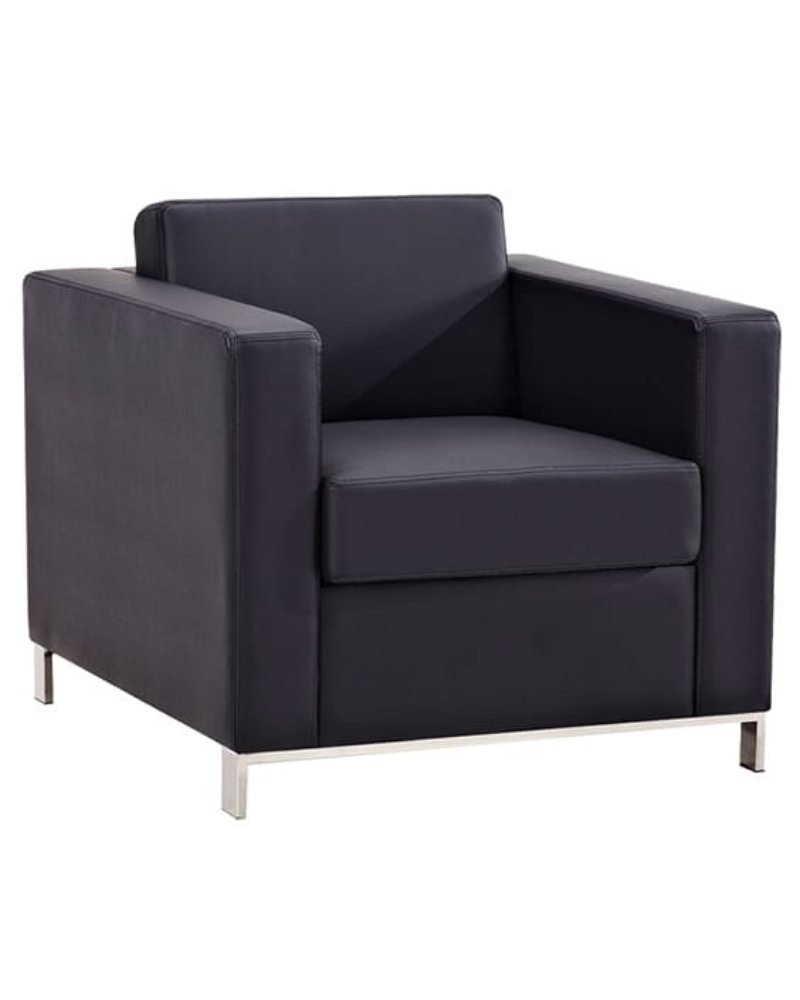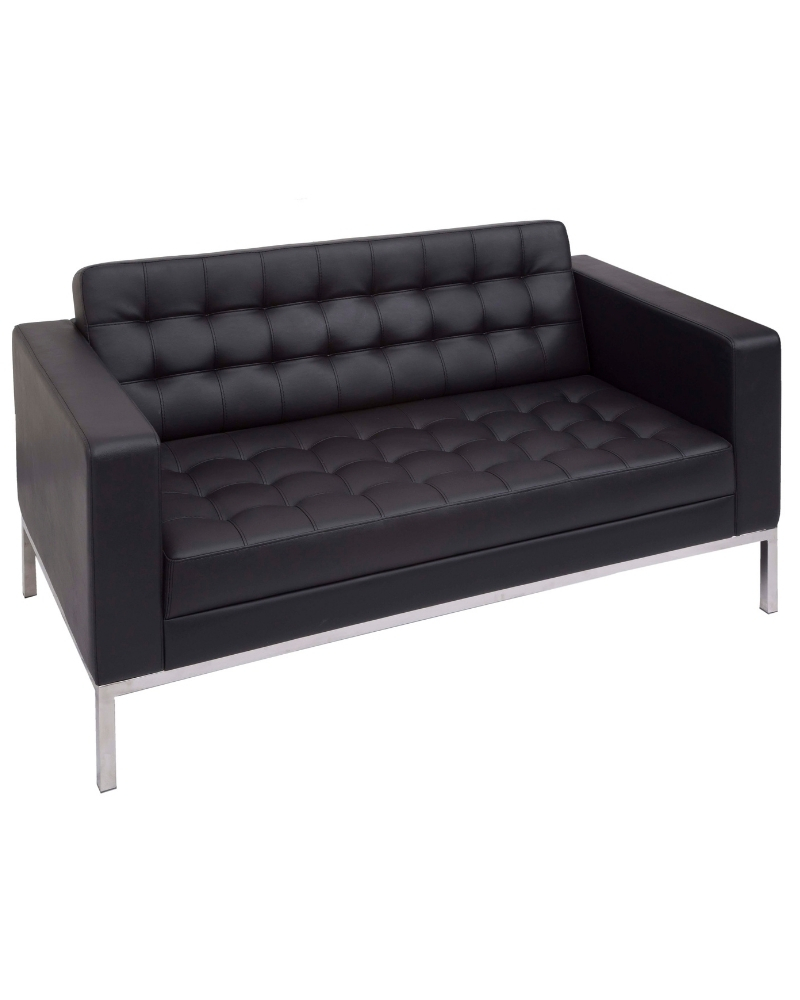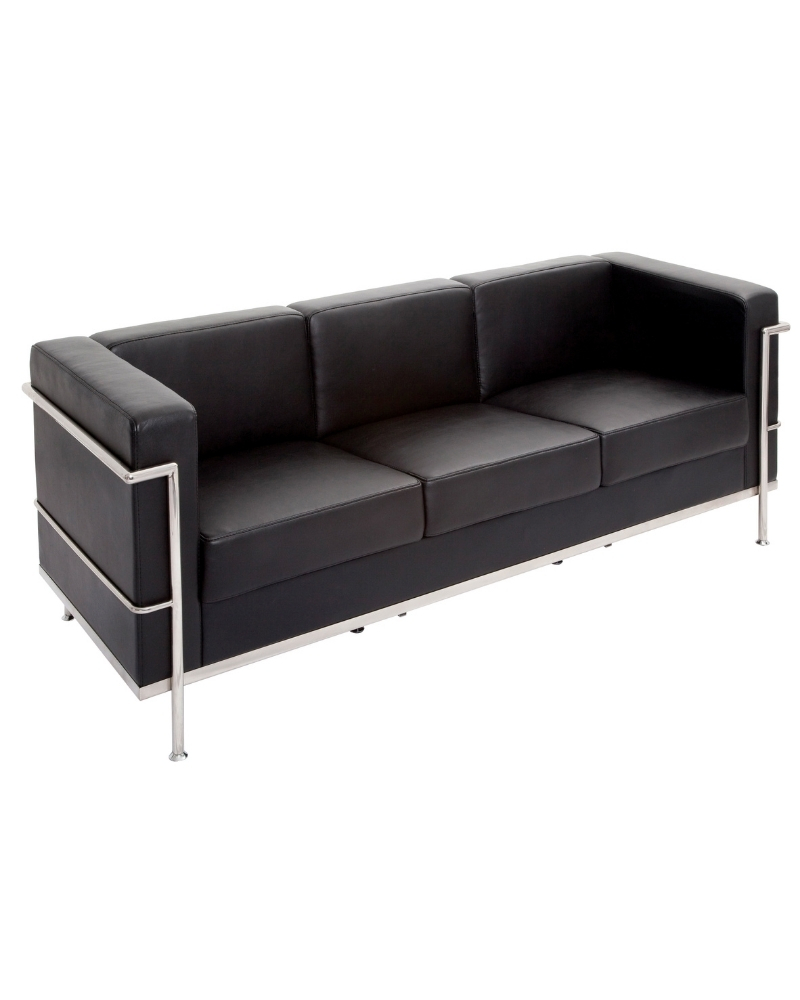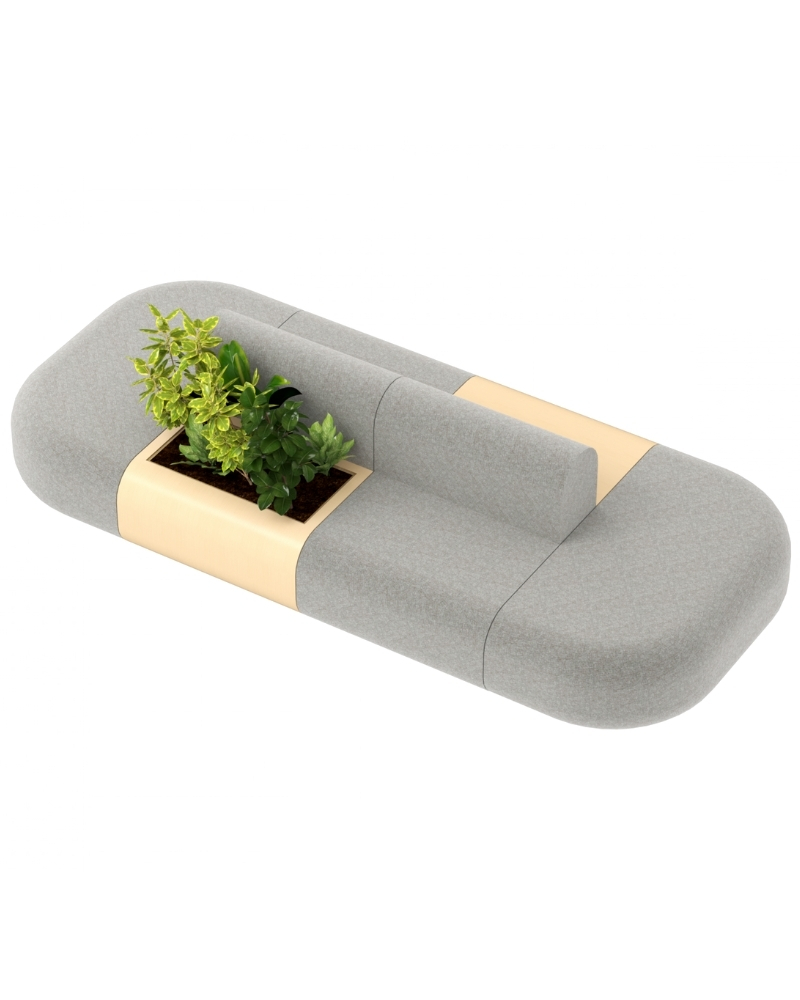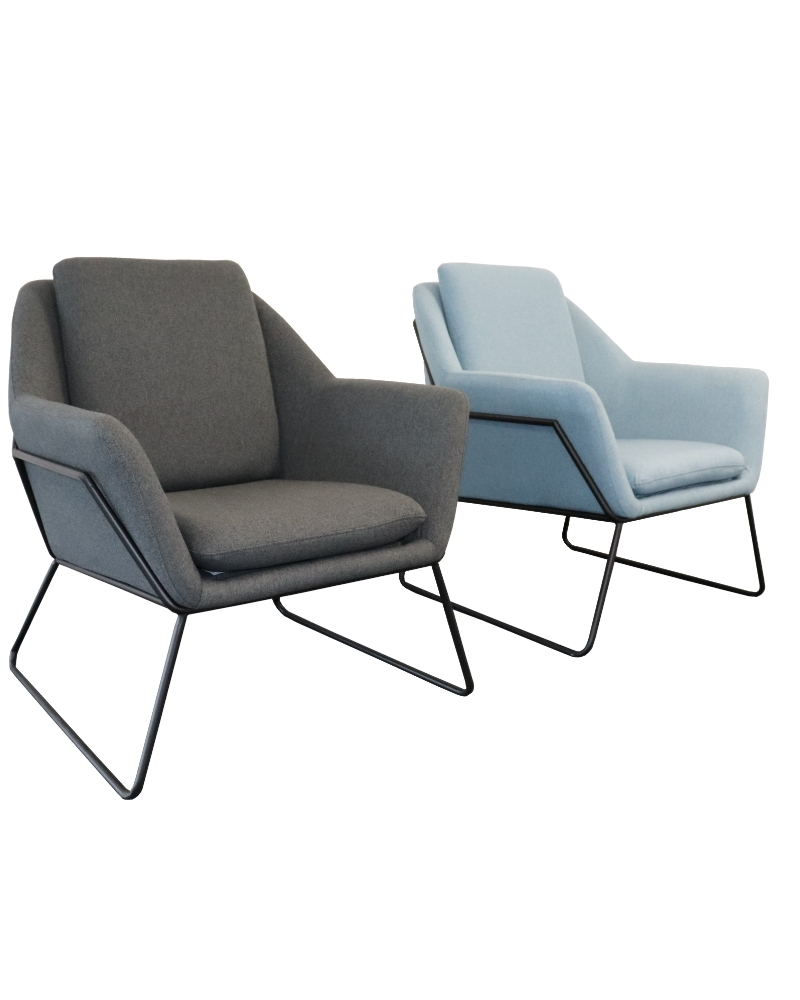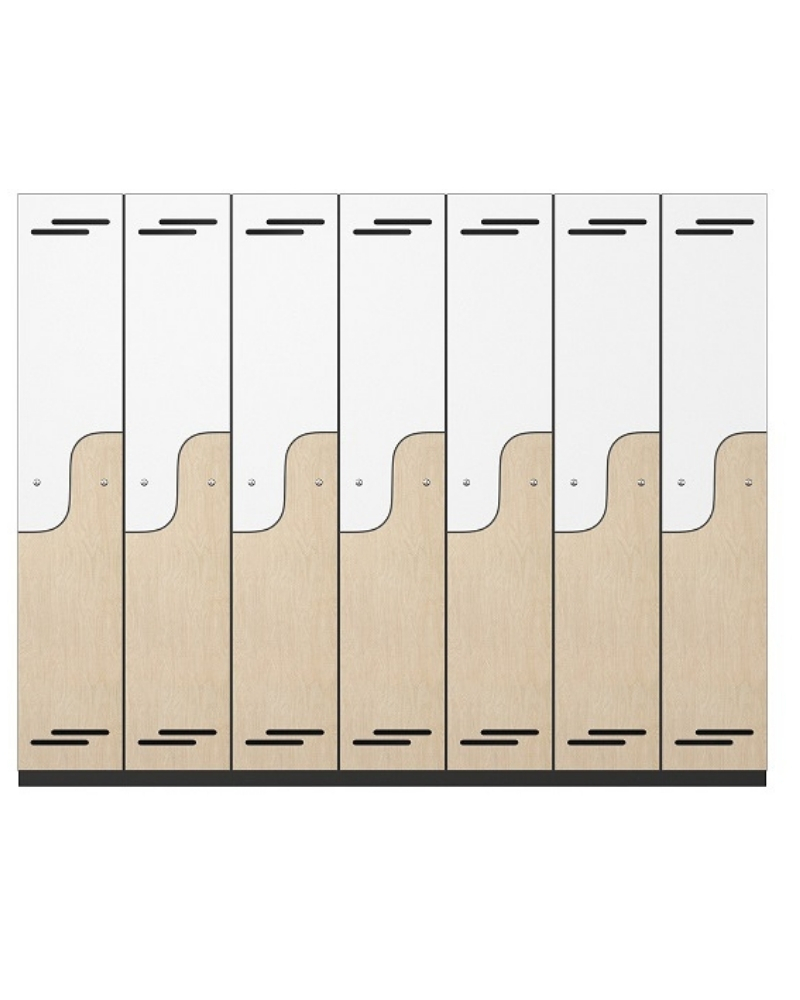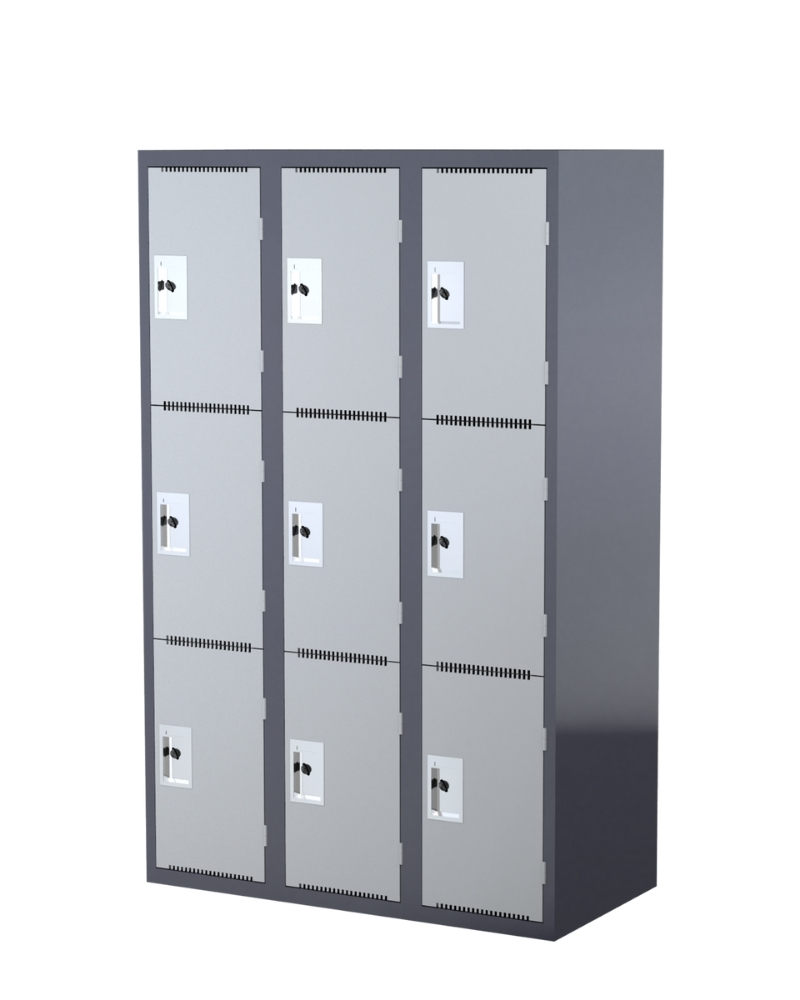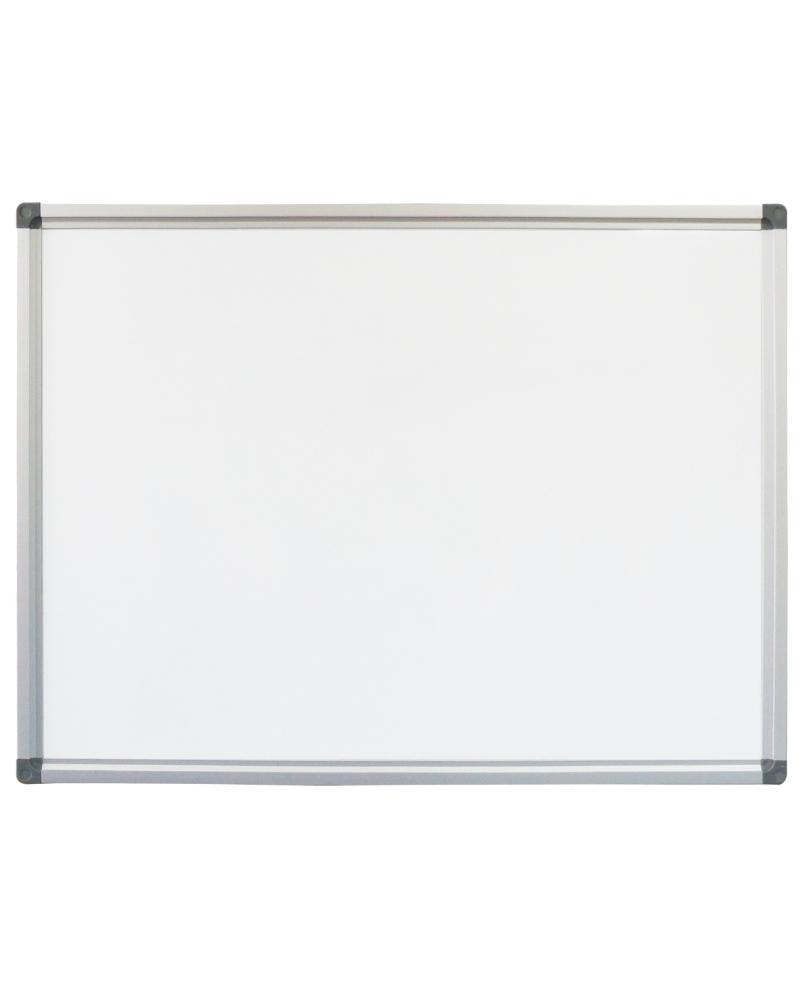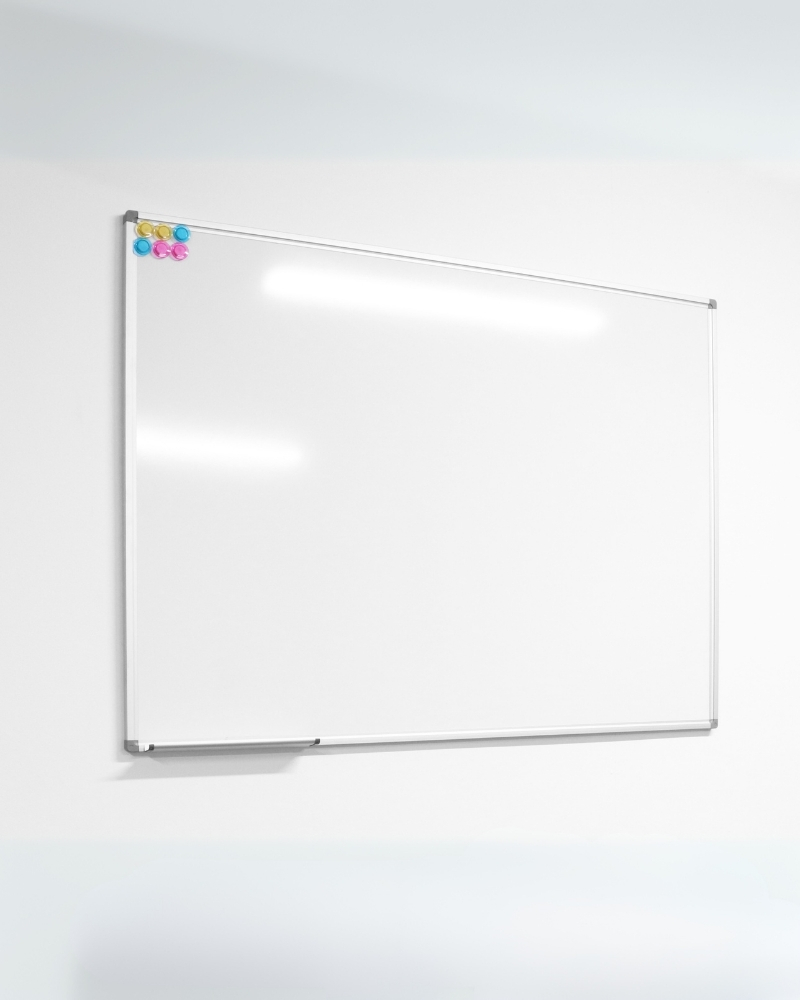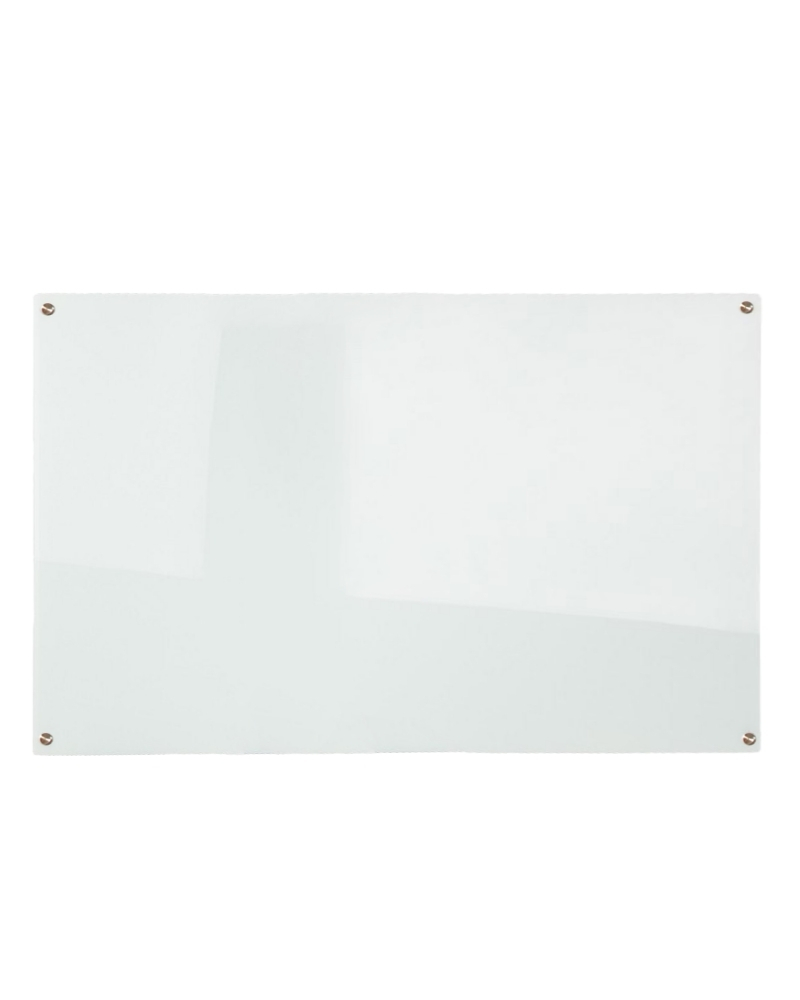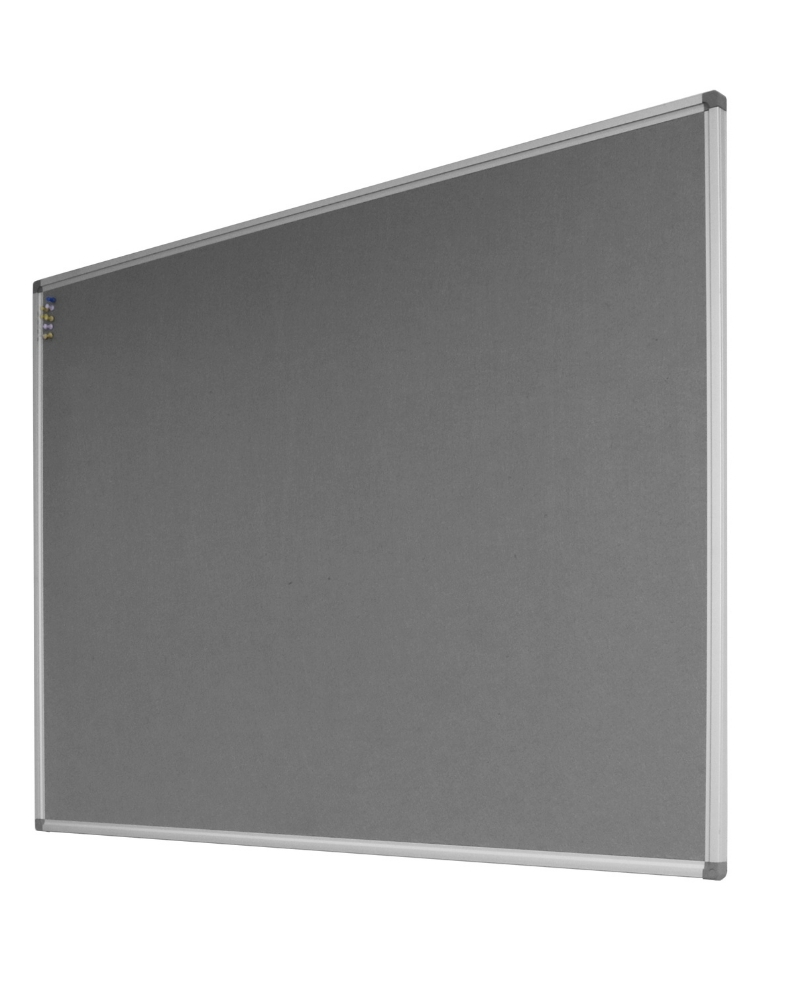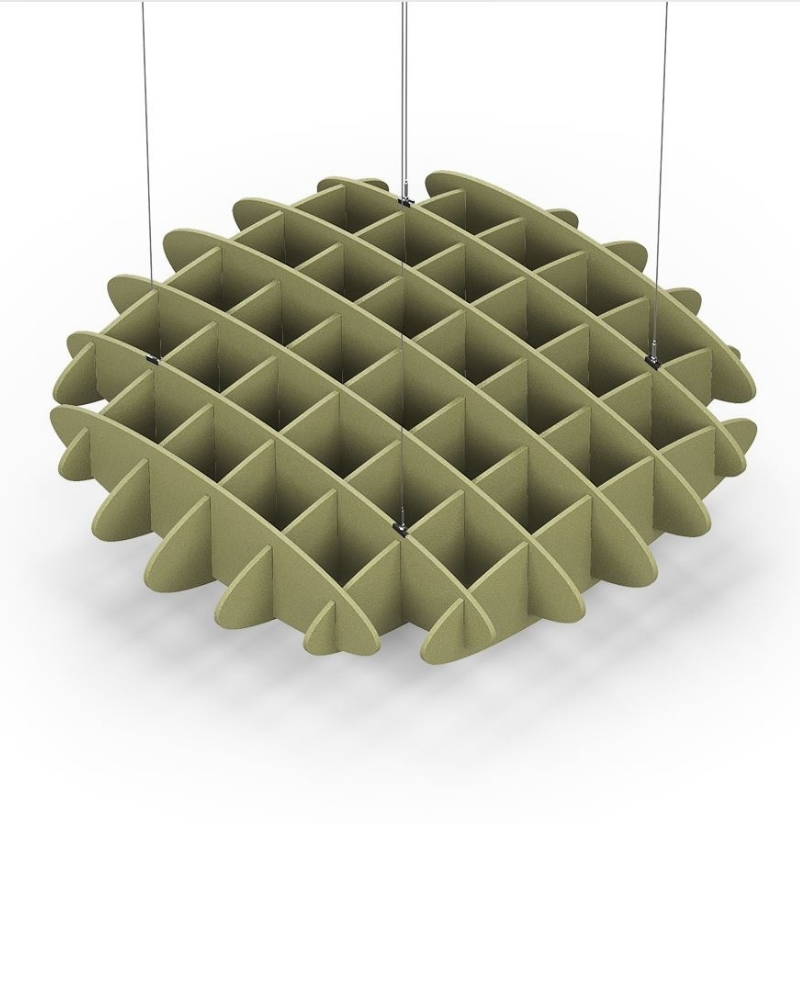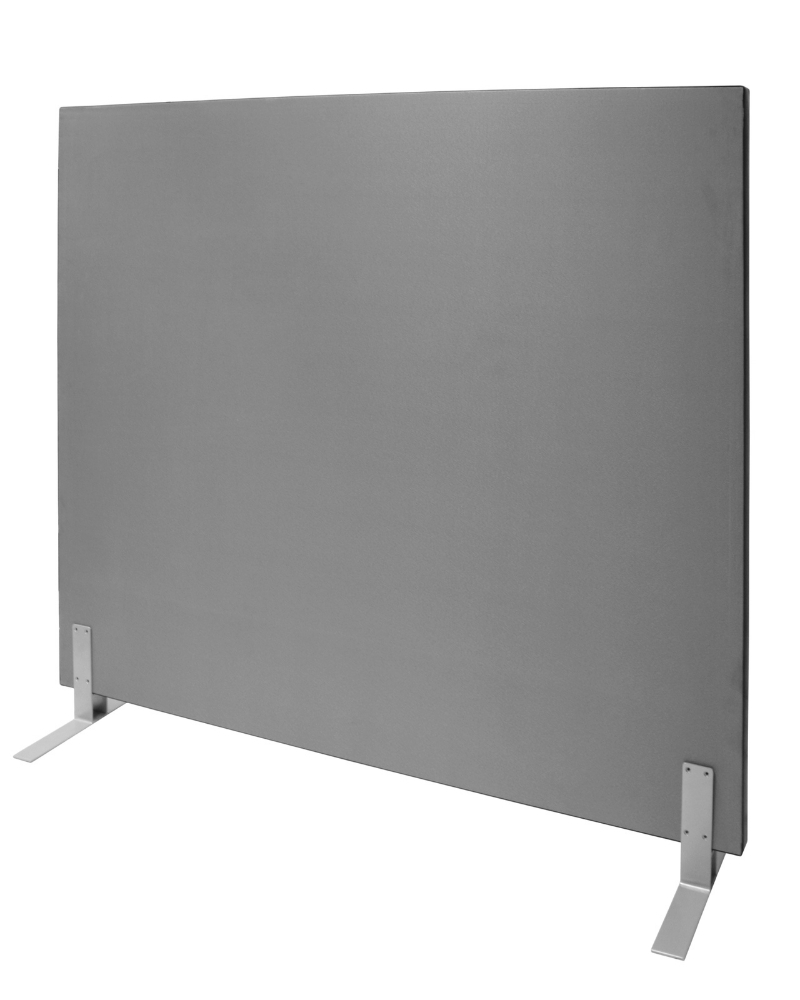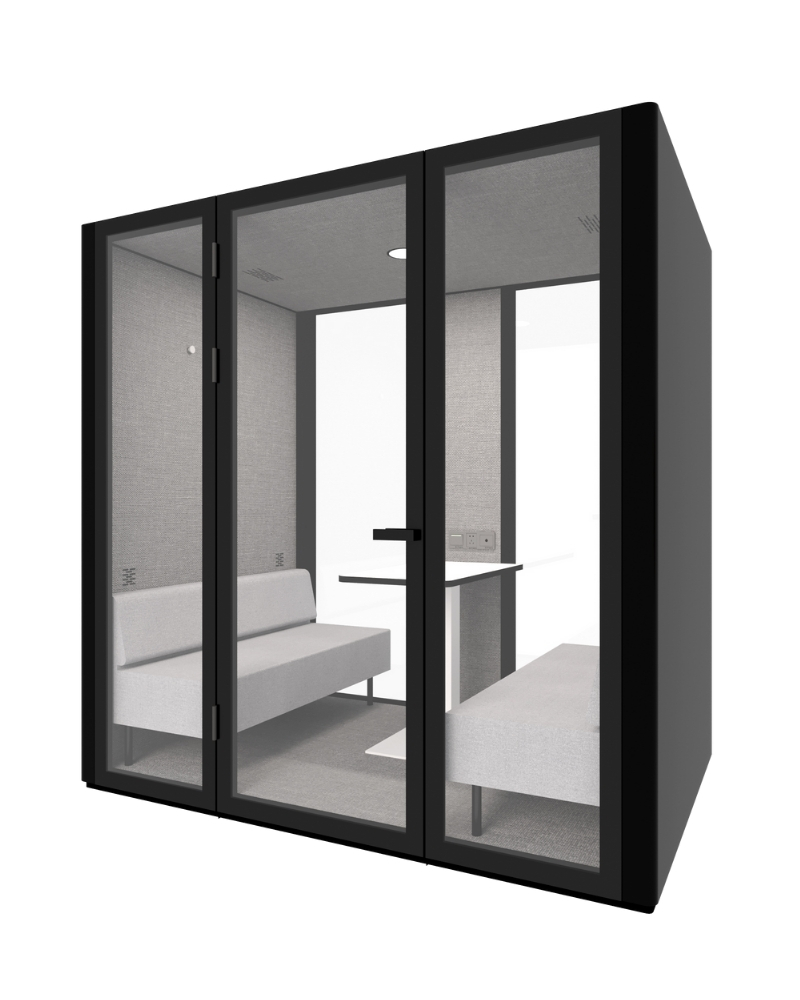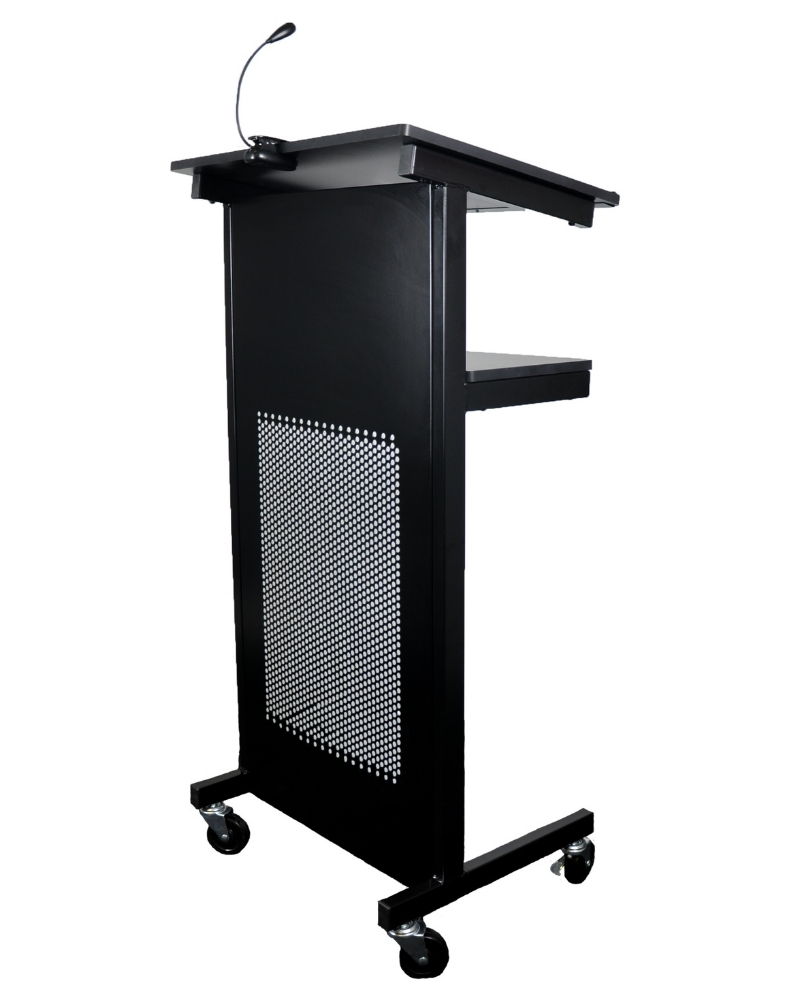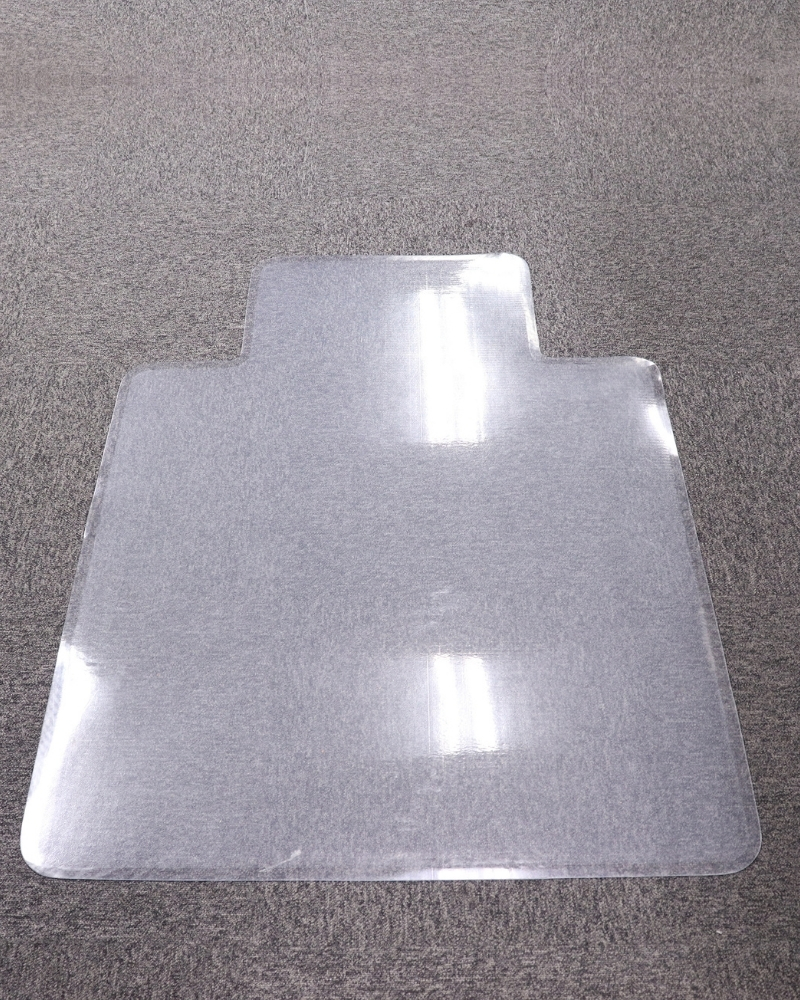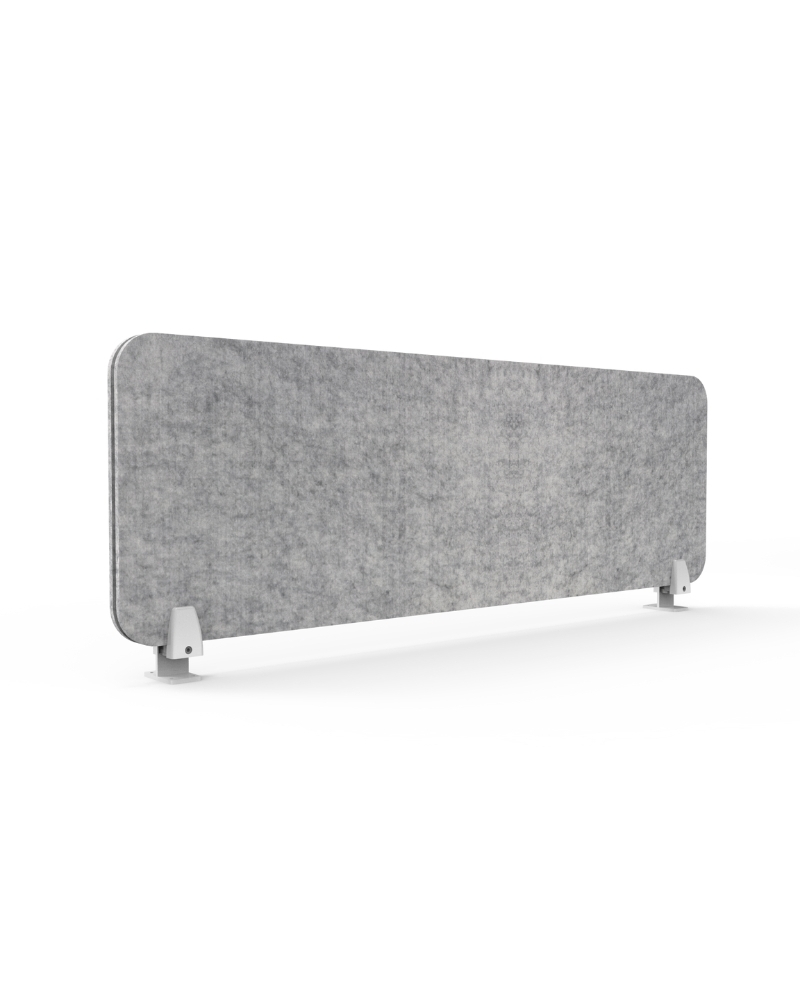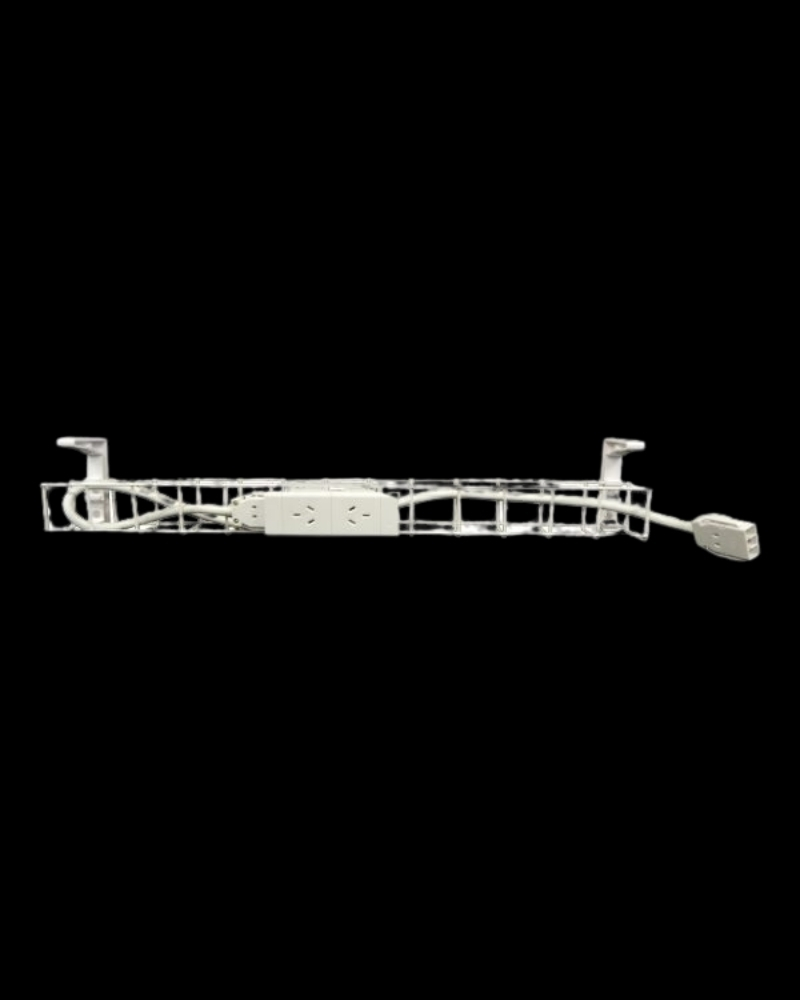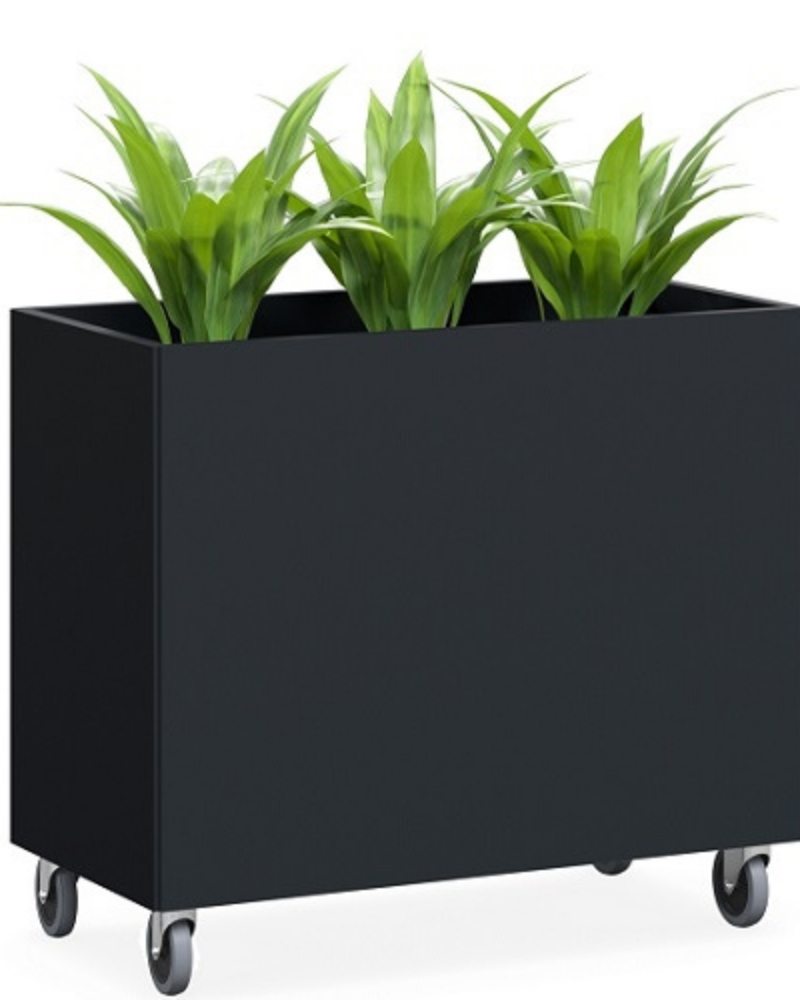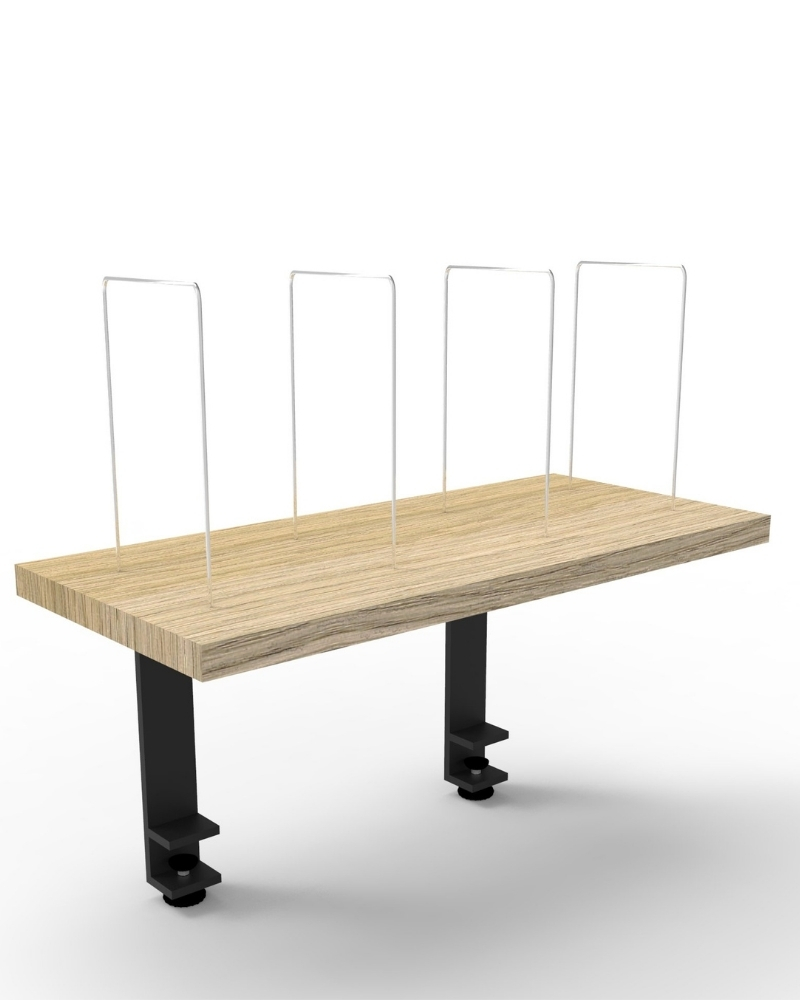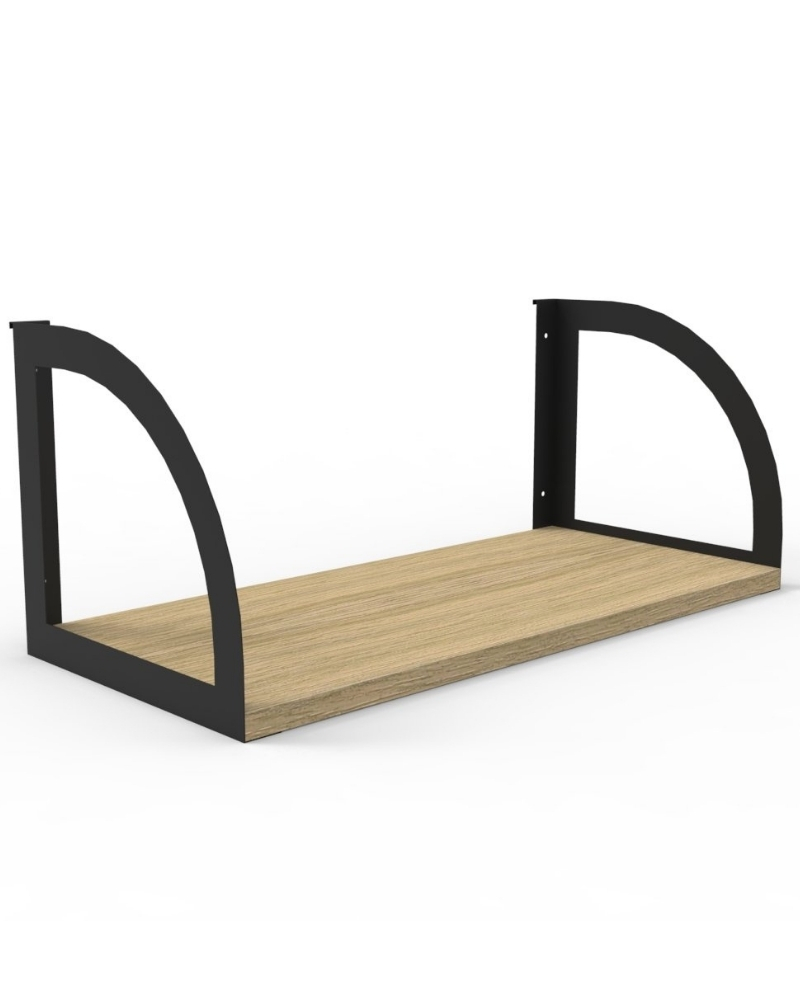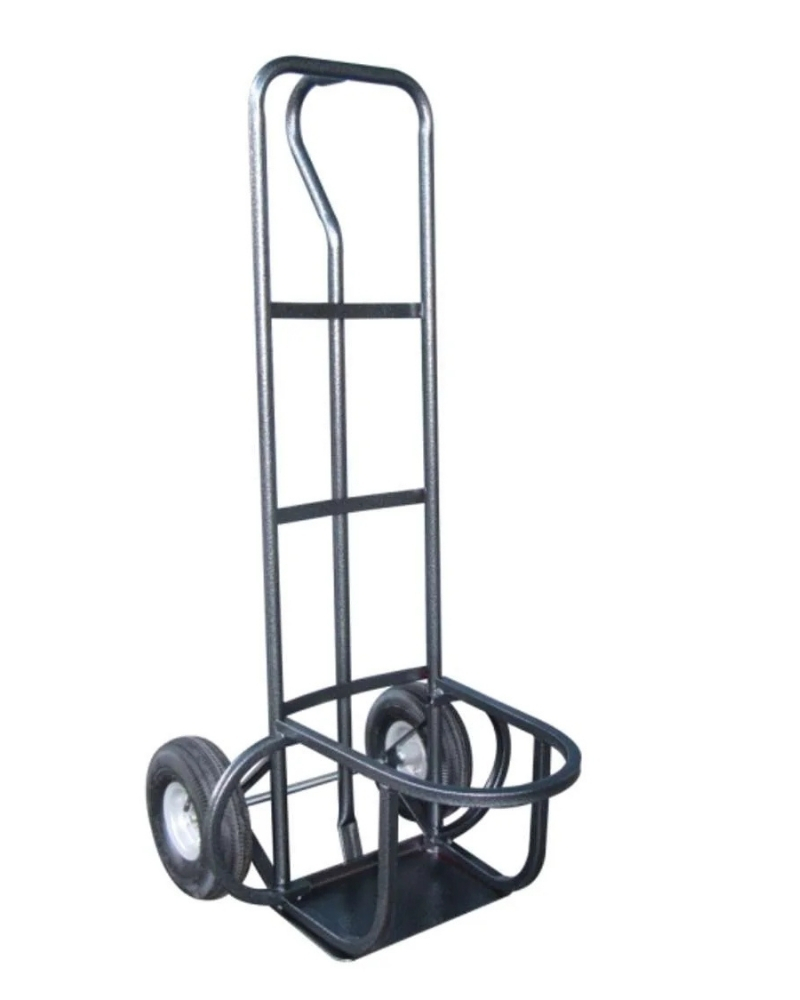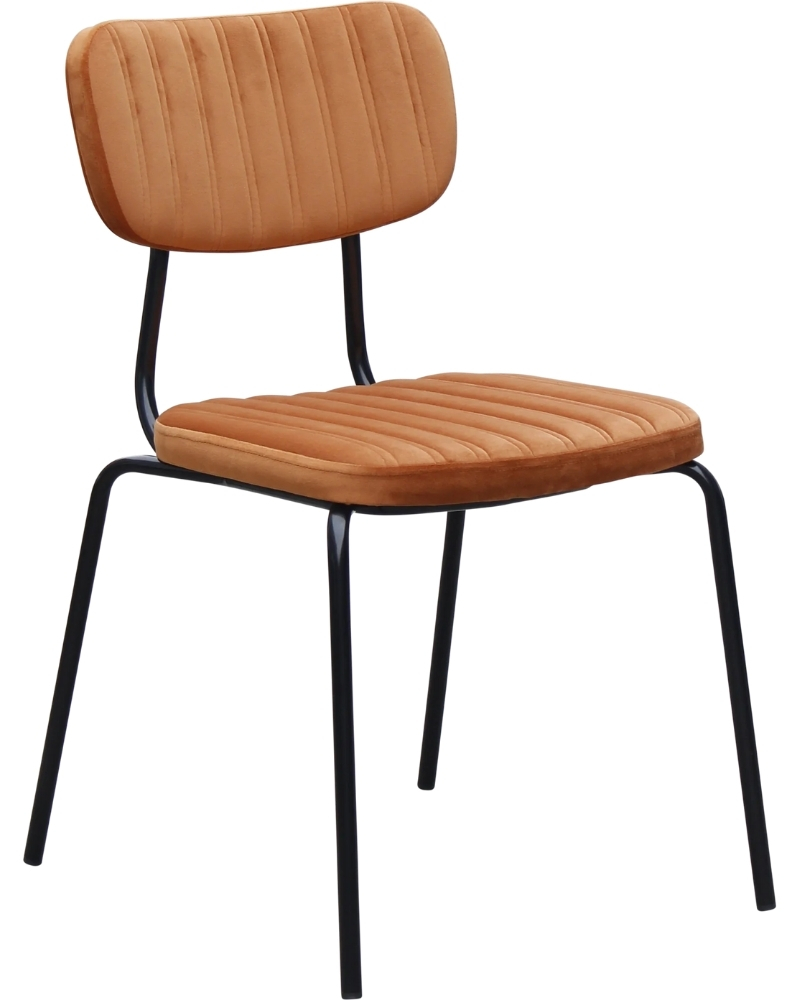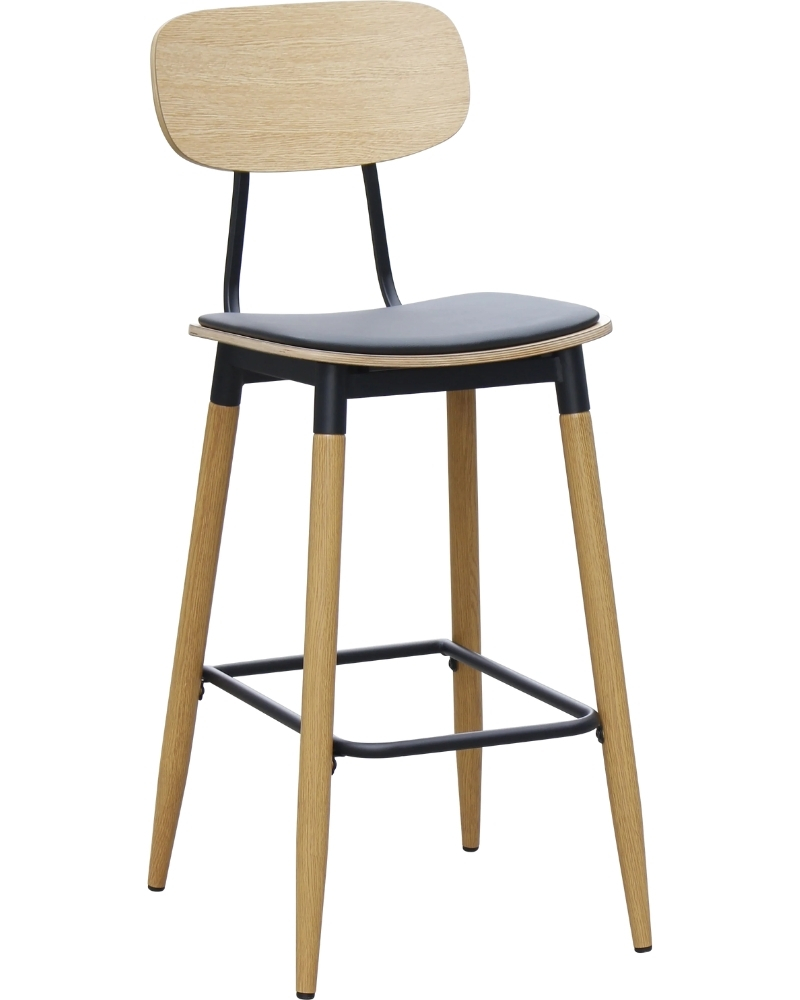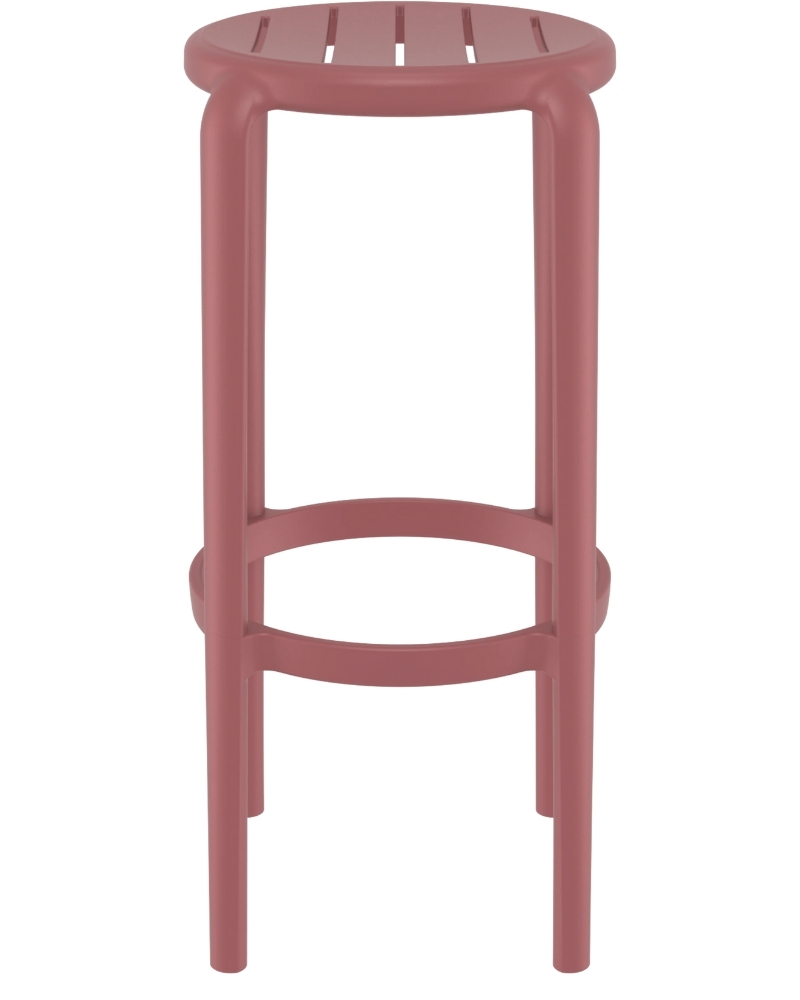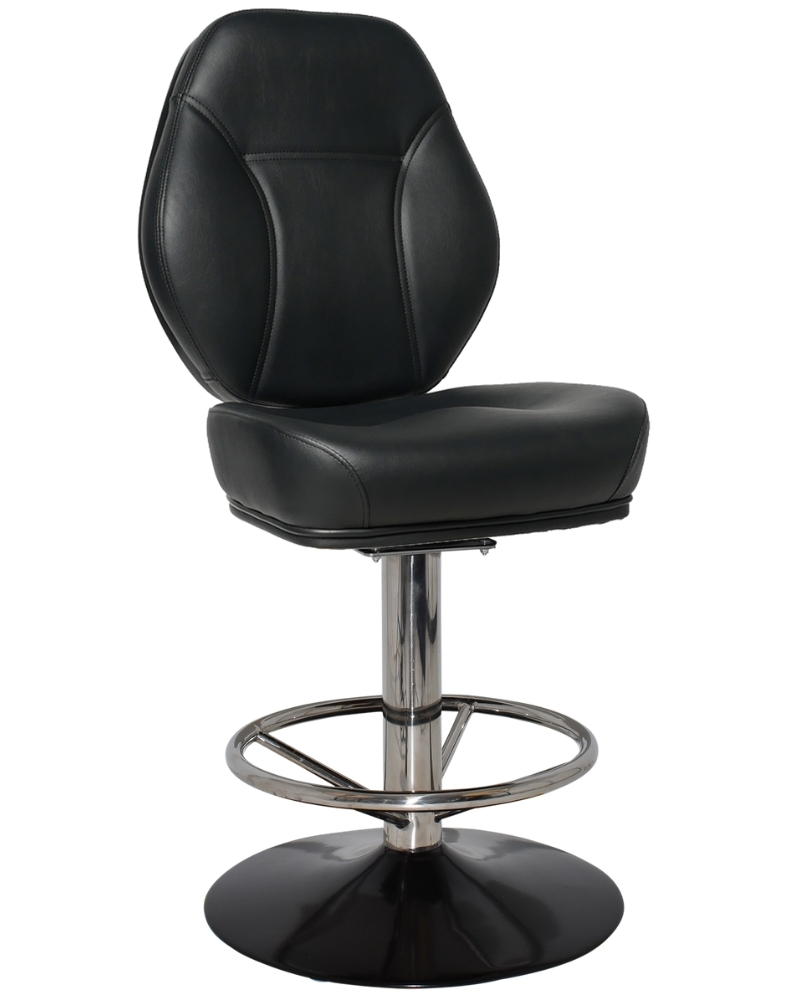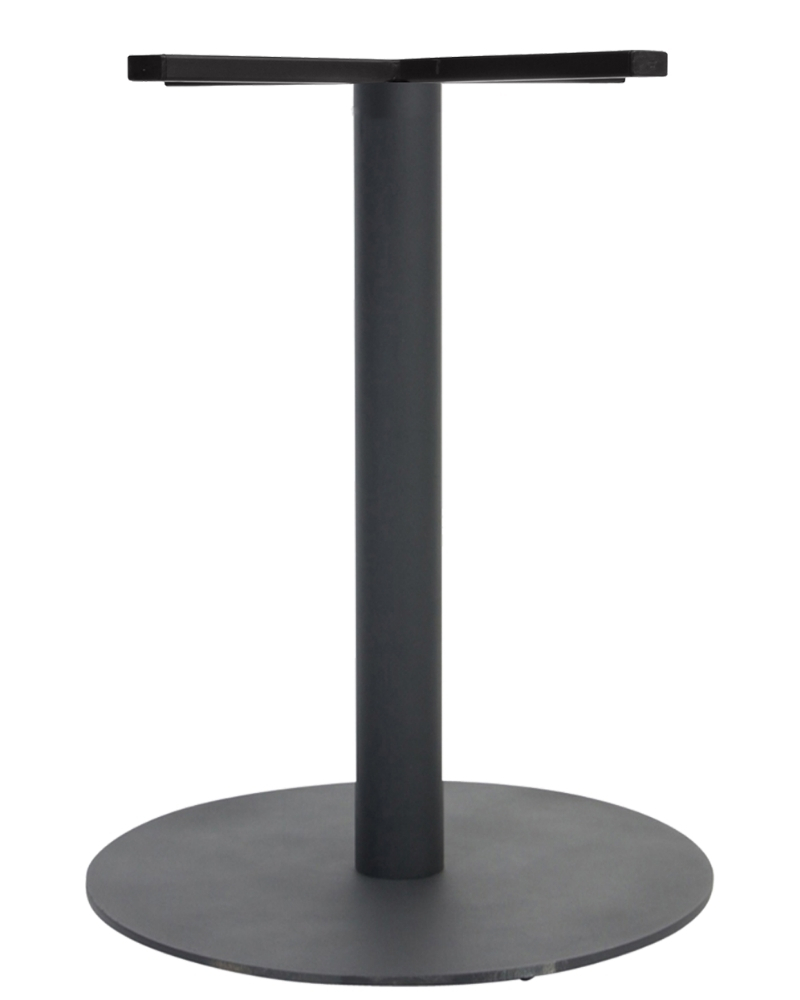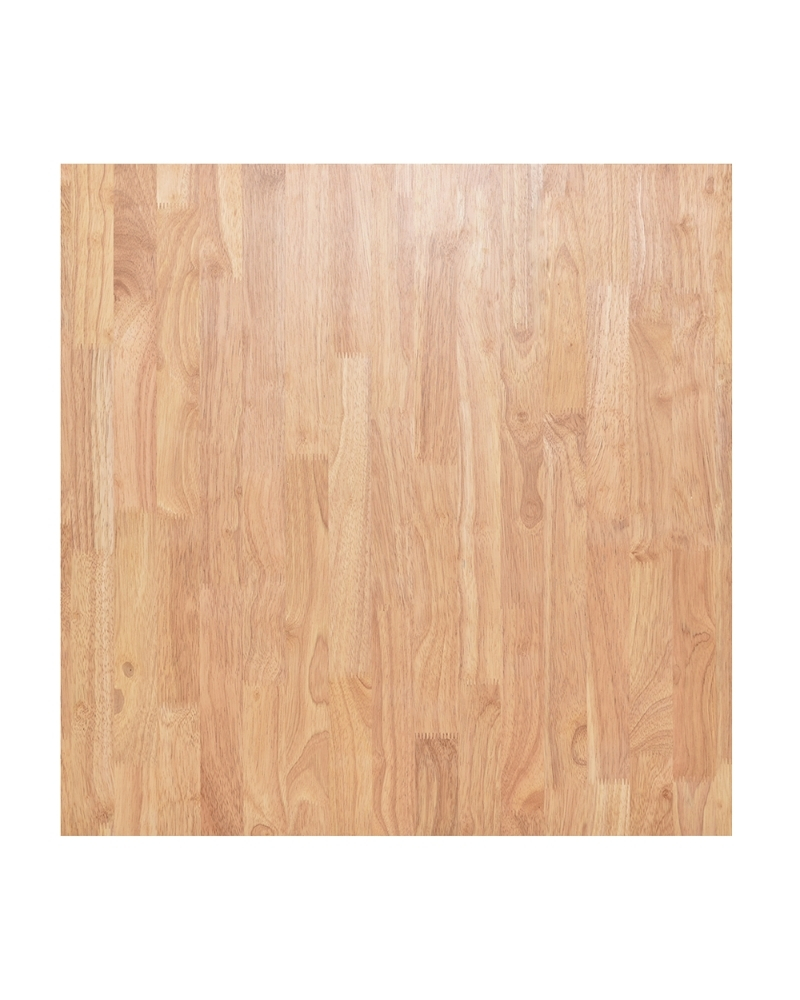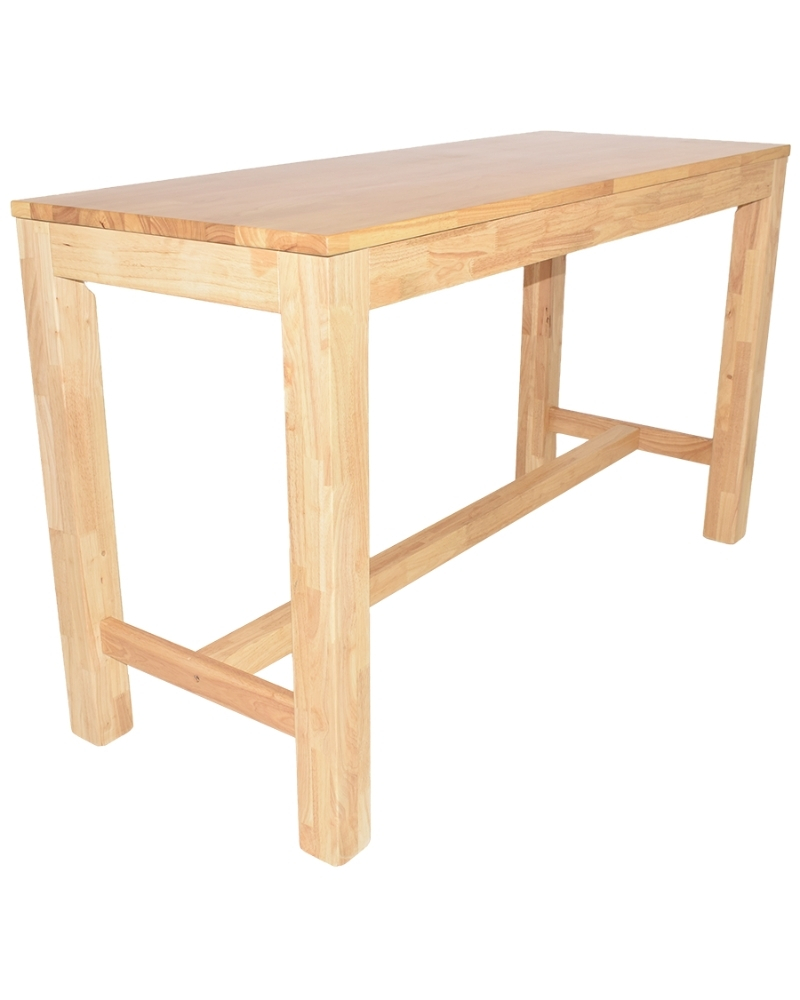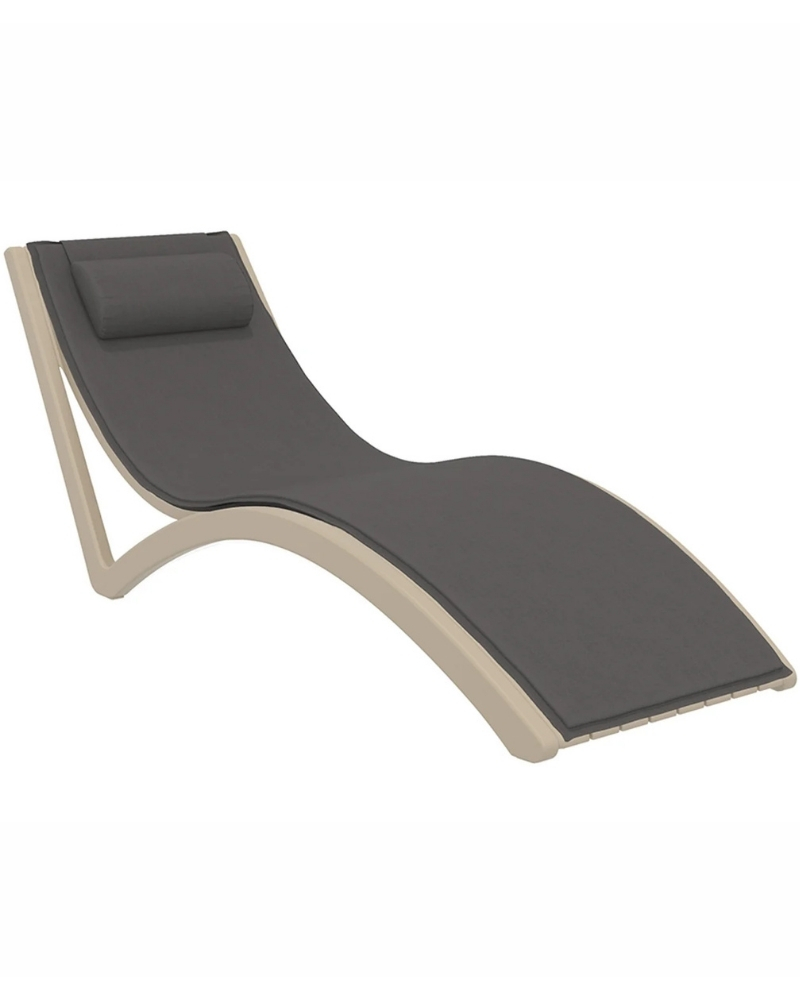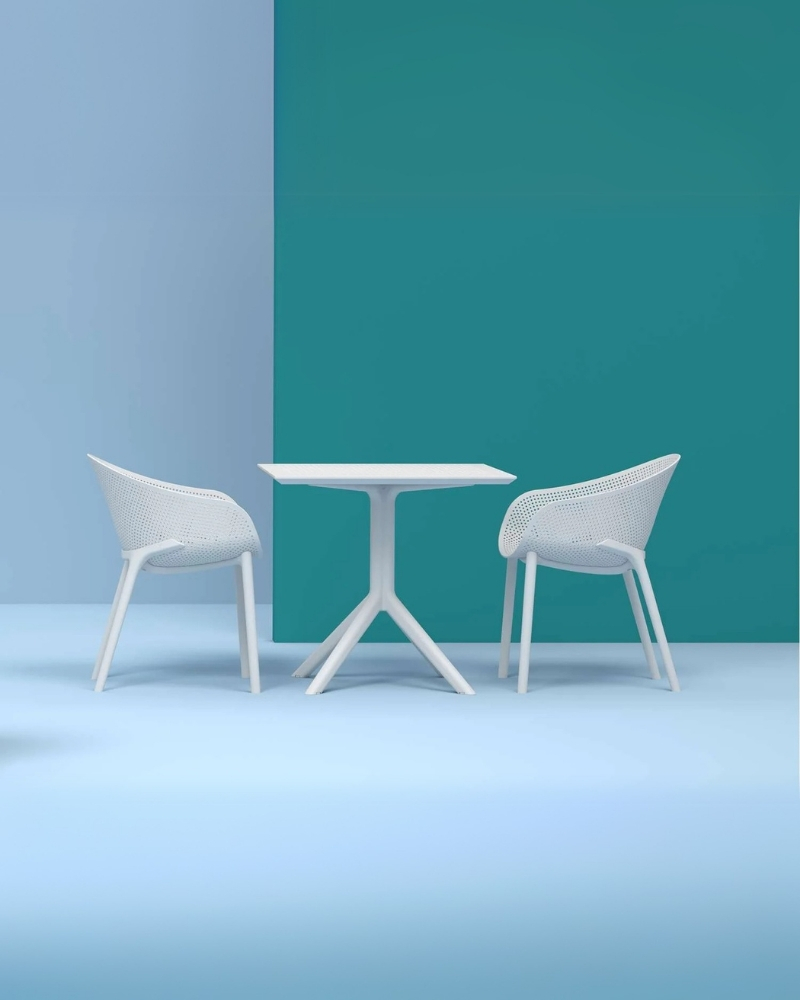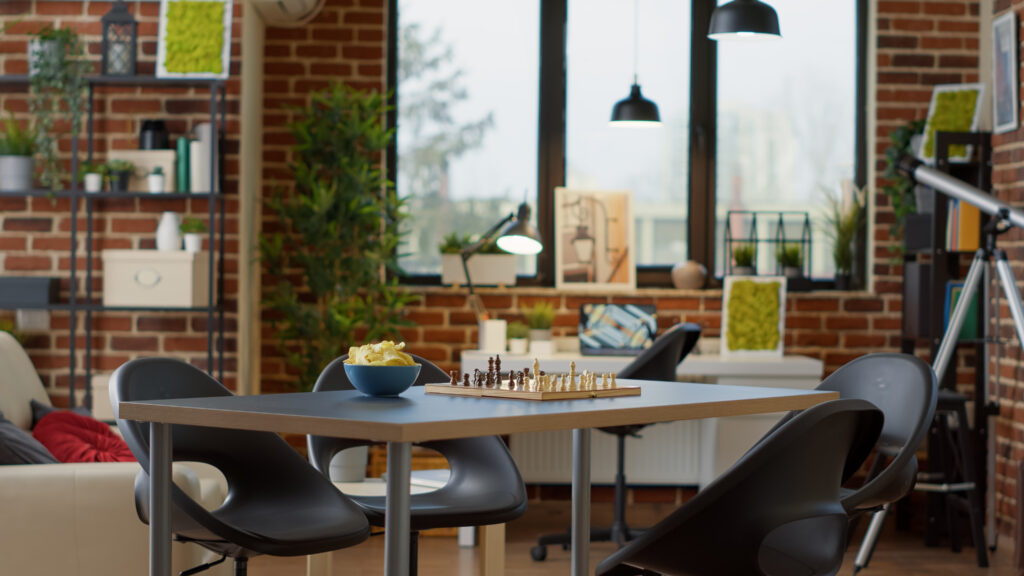Uncategorized
The Best Office Furniture to Boost Productivity in 2025
Furniture isn’t just furniture when it comes to productivity.
Whether you’re running a tight-knit startup team, managing floor traffic in a busy café, or handling staff needs in an admin office, the functional backbone of each workspace is the furniture. It’s what physically supports the people doing the work. Poor choice here doesn’t just mean discomfort. It means slower workflows, distracted teams, and higher downtime due to fatigue or injury.
When businesses in Australia look for ways to improve performance and optimise staff wellbeing, many jump to software upgrades or recruitment strategies. Office furniture is often pushed down the priority list. That’s a mistake. The right desk, the right chair, or even the right layout can directly affect how your people think, move, and collaborate during every shift.
Comfort creates focus. Efficiency lives in layout. Atmosphere shapes behaviour.
A poorly fitted workstation leads to sore backs, misaligned screens, and constant adjustments. Over time, that physical irritation turns into mental drain. On the other hand, a setup designed around real ergonomic needs – adjustable chairs, supportive desks, smart storage – reduces the micro-distractions and inefficiencies that drag on output all day long.
Function isn’t the only priority. Appearance matters too. A space that looks sharp and feels professional signals confidence and clarity. It lifts morale and creates buy-in. Clients notice it. Staff value it. Dark corners filled with dated chairs and clunky storage units don’t do much to inspire a team. Clean lines, durable finishes, and considered flow show that you’re serious about quality — not just in how the space looks, but in how it supports everyone using it.
Different sectors carry different demands.
A startup might need flexibility and modularity to adapt quickly as teams grow. A hospitality venue counts on heavy-use tables, stools, and bar chairs that don’t wobble under pressure. A school requires cost-effective yet ergonomic options that align with compliance standards and can survive back-to-back use in admin offices or classrooms. It’s not about one-size-fits-all. It’s about intentional selection that fits your daily patterns, staffing needs, and physical environment.
And because we’re talking specifically about Australian workplaces, logistics and compliance matter. Local availability, warranty coverage, and product conformity to national ergonomic and safety standards aren’t optional–they’re critical decision points. Making the right choices upfront can help you avoid lengthy lead times, repetitive repairs, or costly replacements down the track.
Productivity starts from the ground up. Literally.
If you’re looking to streamline operations, reduce staff frustration, and build a foundation for lasting workplace performance, it’s time to look at more than just the surface. Whether you’re furnishing a new location or upgrading an existing setup, investing in the right office furniture isn’t a nice-to-have. It’s a strategic move that directly impacts how your people work and how your space performs.
This guide walks through five smart furniture choices that go beyond aesthetic appeal. These are options built to advance your daily operations while providing real support where it counts. Every recommendation considers local Australian needs — from startup scalability through to public service durability. Let’s get practical about what makes furniture drive better outcomes.
Understanding the Needs of Different Sectors: Tailoring Office Furniture Choices
Office furniture does not serve the same role in every setting. The physical demands of a café’s back-of-house environment are nothing like the requirements of a startup’s collaborative workspace—or an admin desk in a public school. If you try to apply a uniform furniture solution across all sectors, you end up with mismatched setups, wasted budgets, and frustrated users.
Each sector faces its own mix of priorities and constraints. Whether you’re choosing chairs, desks, or storage systems, the goal is to match how the space is used with how the furniture performs over time. Here’s what matters most sector by sector.
Startups and Business Offices: Agility, Growth, and Team Culture
Startups usually operate with lean teams, tight budgets, and changing floorplans. The furniture needs to keep up. That means choosing components that scale, move, and support new layouts without requiring an entire fit-out redo each quarter.
- Flexibility is a key advantage. Think modular workstations, height-adjustable desks, and stackable chairs. These give you room to adapt without locking yourself into one configuration.
- Ergonomics can’t be ignored. Long hours and screen-heavy work call for chairs with lumbar support and pivoting arms, as well as desks that promote good screen positioning. Startups that skimp here burn out teams faster.
- Visual identity matters. The crisp, on-brand design of your office sets the tone for culture and client perception. That means furniture should be clean, consistent, and aligned with your company image—not a mishmash of mismatched leftovers.
Hospitality Venues: Durability, Style, and Turnover Speed
In cafés, restaurants, and event venues, furniture gets pushed, leaned on, moved, spilt on, and wiped down daily. It must handle constant use without sacrificing appearance or safety.
- Hardwearing materials are non-negotiable. Metal-framed stools, commercial-grade table surfaces, and high-density foam in booth seating all contribute to longevity in high-traffic zones.
- Style matters more than it gets credit for. Patrons notice chipped laminate and wobbling chairs. Hospitality furniture must fit the venue’s aesthetic, whether it’s rustic wood, industrial steel, or sleek modern finishes—all while being built to last through years of constant resets.
- Storage and back-of-house needs are different. Under-counter shelving, staff lockers, and POS station furniture must prioritise compactness and organisation as much as durability.
Government Agencies and Educational Institutions: Compliance, Budget, and Daily Use
Schools, universities, and government departments face high volumes and tight procurement rules. They need furniture that performs well across thousands of uses, aligns with safety standards, and fits into annual budgets without breaking them.
- Ergonomic compliance is a must. For staff rooms, admin desks, and classroom settings, poorly designed setups contribute to increased injury rates and OH&S issues. Look for certified ergonomic chairs and adjustable-height desks that meet Australian standards.
- Cost-effectiveness means lifecycle planning. Buying the cheapest item usually ends in replacements. It’s smarter to select furniture with extended warranty coverage and replaceable components, even if it means a slightly higher upfront spend.
- Storage must suit shared environments. Lockable cupboards and labelled shelving help manage multi-user spaces and reduce loss or disarray. Layouts should allow for clear movement paths and supervision visibility in educational environments.
Priorities vary, but misalignment leads to the same outcome: wasted resources and poor user experiences. For any sector, the key is matching how people work with what furniture enables. That means being honest about your space, your team’s habits, and your long-term goals.
Whether you manage fixed budgets or shifting staff rosters, the right furniture choice starts with understanding what specifically matters in your setting. Once you’ve got that mapped out, you’ll avoid guesswork and shop smarter for pieces that work as hard as you do.
Good fit leads to better output, fewer replacements, and less staff dissatisfaction. It’s not just about the furniture. It’s about the function it supports in every day-to-day task across your sector.
Option 1 – Ergonomic Office Chairs: Enhancing Comfort and Focus
If your team can’t sit comfortably, they won’t work effectively. Whether it’s a tech startup pushing through product launches, a government admin team processing service requests, or educators jumping between classes and desk work, every role demands a chair that supports long hours and focused attention. Bad seating isn’t just uncomfortable. It’s costly. It raises the risk of muscle fatigue, distracted work, and recurring injuries.
That’s why ergonomic chairs come first in any productivity-focused furniture plan.
What Makes a Chair Ergonomic (and Why It Matters)
Not all office chairs are created equal. Ergonomic chairs are specifically designed to support the spine’s natural alignment and reduce physical strain over extended use. When chosen correctly, they reduce physical discomfort, encourage better posture, and help people stay focused throughout the day—without that creeping backache or constant need to shift position.
Look for these core features in an ergonomic chair:
- Adjustable height – Allows feet to stay flat on the floor and thighs to rest parallel, supporting stable seated posture.
- Lumbar support – Contoured lower back support that preserves the spine’s curve and prevents lower back sag during long sitting hours.
- Seat depth adjustment – Ensures enough distance between the seat edge and the back of the knees, improving circulation while maintaining comfortable placement.
- Breathable materials – Mesh or mesh-backed fabric promotes airflow, which keeps users cool and reduces sweat fatigue during long shifts or hot environments.
- Armrest flexibility – Adjustable arms that align with desk height reduce shoulder and neck tension—especially important in typing-heavy roles.
- Durable frame and base – A metal or reinforced composite base with smooth rolling casters and firm tilt mechanisms prevents premature wear or collapse under daily use and weight shifts.
Choosing the wrong chair affects more than just comfort. It affects output. When staff are distracted by discomfort or fidgeting due to poor support, productivity drops. People take more breaks, move less efficiently, and are less inclined to stay focused for long periods.
Different Settings, Different Needs: Matching Chair Type to Role
It’s not about buying more chairs. It’s about buying the right ones. What works for an executive office won’t fit the needs of a task-focused team in a call centre or a visitor seat in a waiting area. Here are the core office chair categories worth considering based on environment and use:
Task Chairs
- Ideal for: Startups, shared office spaces, classrooms, and open-plan workstation zones
- Why it fits: Task chairs offer essential ergonomic adjustments (seat height, lumbar support, tilt control) with compact frames built for mobility and daily active use.
- Good for: Jobs that involve desk work, typing, and high mobility across multiple zones during the day.
Executive Chairs
- Ideal for: Private offices, boardrooms, managerial setups, or reception hosts in luxury settings
- Why it fits: These typically have deep cushions, higher backs, armrests with more customisation, and a more polished finish. Style meets comfort without compromising on support.
- Good for: Roles that require long static hours, decision-making, or hosting guests with a focus on formal appearance.
Visitor/Meeting Chairs
- Ideal for: Waiting areas, meeting rooms, staff lounges, and lobbies in both public and private sectors
- Why it fits: These chairs prioritise structure, seating posture, and aesthetic appeal for shorter-duration use. While not heavily customisable, they’re designed for comfort and durability in transient settings.
- Good for: Users who stay seated for under an hour or occasionally, such as guests, students, or short meetings.
Designed for Longevity and Safety
Whatever you buy, quality matters most. Office chairs carry daily weight, often for hours at a time. For Australian workplaces, that means checking for long-term durability—not gimmicks. Look at chair bases built with reinforced nylon or aluminium. Check weight capacity ratings. Prioritise models that come with tested safety certifications aligned with Australian standards.
For public institutions or heavy-use environments, durability should outlast budget cycles. Chairs that need replacing every few years due to cracked components or peeling fabric will cost more long term than a single, well-built seat with a repairable design and manufacturer warranty.
Make It a Standard, Not an Upgrade
Ergonomic chairs shouldn’t be a workplace perk. They should be standard fit-out items. Staff in active roles, leadership positions, or even temporary setups deserve physical support that matches the work they do. A cheap, non-adjustable seat tells people their comfort doesn’t matter. That message undercuts engagement, motivation, and sometimes even retention.
Restricting ergonomic chairs to just managers doesn’t save money. It spreads discomfort. And discomfort creates distraction, not productivity.
If you’re refreshing your seating plan or fitting out a new location, start with this checklist:
- Define each role’s average desk time and movement needs.
- Choose chair types that match functional use (task, executive, visitor).
- Prioritise breathable fabrics and durable frames where high turnover or hot environments apply.
- Check that each model offers essential adjustability, especially seat height and lumbar support.
- Confirm warranty terms and compliance with Australian ergonomic safety standards.
It’s a simple truth: people do better work when their bodies are supported. Start with seating, and you’ll see the benefits ripple into productivity, energy levels, and workplace satisfaction—across all sectors.
Option 2 – Adjustable and Functional Desks: Creating Flexible Workspaces
The desk isn’t just where people work. It shapes how they work. From fast-moving startups to hospitality back-offices and Australian classrooms, the right desk can improve focus, support posture, and adapt seamlessly as needs change. Poor desk choice, on the other hand, locks users into uncomfortable positions and inflexible setups that limit productivity.
Functionality starts at desk level. Whether it’s a sit-stand workstation that encourages movement, a modular system that reconfigures as your team grows, or a space-saving desk that holds up under daily wear, your furniture should respond to you. Not the other way around.
Sit-Stand Desks: Movement Built Into the Day
Static posture kills momentum. People seated for long stretches experience reduced circulation, muscle fatigue, and mental sluggishness. Sit-stand desks let users shift between seated and standing positions throughout the day, improving circulation and maintaining comfort without interrupting workflow.
- Electric height adjustment allows for seamless transitions with the press of a button. This is ideal for shared workstations or multi-user classrooms.
- Manual crank models provide a cost-conscious alternative while still offering height flexibility in quieter environments where minor adjustments are sufficient.
- Stable construction matters. Look for steel frames, anti-tip design, and smooth lifting mechanisms that hold up to daily use.
Use sit-stand desks in:
- Startup teams with flexible schedules and cross-functional work
- Hospitality office staff managing booking and inventory systems
- Educational staff rooms or admin desks where long shifts are common
Comfort isn’t a luxury at this level. It’s a productivity driver.
Modular Desk Systems: Configure as You Grow
Your desk setup should scale with your team, not limit it. Modular desks let you reconfigure layouts quickly—ideal for growing teams, changing room functions, or seasonal expansions in hospitality. These systems typically involve individual desks that connect or sit adjacent, supported by matching storage, screens, and cable management solutions.
- Expandable layouts let you go from single-person setups to team clusters without reinvesting in new frames.
- Integrated cable trays and modesty panels improve desk organisation and maintain shared-space professionalism.
- Neutral tones and durable surfaces keep visuals clean while hiding wear and tear in high-use environments.
Ideal placements for modular desk systems:
- Startup coworking zones or hot-desking configurations
- Flexible hospitality planning areas or event coordination teams
- Resource rooms or student planning zones with changing class sizes
Fixed furniture locks you in. Modular systems let you evolve.
Multipurpose Workstations: Function Over Form, Without Compromise
Some spaces demand practicality above all. Back-of-house hospitality areas, tight admin offices, and temporary event setups need desks that serve more than one role. That might be a surface for paperwork during the day, a mobile POS stand during events, or a compact workstation that tucks away between uses.
- Built-in storage like drawers and under-desk shelving improves utility for multitasking roles.
- Mobile variations with lockable castors allow easy repositioning in dynamic layouts.
- Durable laminates and spill-resistant finishes extend product life in messy or fast-paced areas.
Use multipurpose desks where you need:
- Functional space that supports multiple users, tasks, or pressures
- Backroom workstations for hospitality venues with limited square metreage
- Education environments with staff rotating between rooms or roles
Good desks handle real work. Great desks adapt to it.
Choosing Based on Environment, Not Just Specs
Startups need agility. Desks should adjust with personnel changes and layout experiments. Lightweight options, simple cable routing, and colour consistency help maintain a flexible but whipped-into-shape look as you grow.
Hospitality back-offices need durability and manageability. A stationary desk that can’t handle spills, cleaning, or constant movement won’t last. Go for high-pressure surfaces and welded frames—not chipboard and wobbly legs.
Public sector environments need compliance and structure. Schools and government offices should focus on regulation-compliant height ranges, accessible workstation layouts, and goods that meet Australian OH&S guidelines. Modular and mobile setups support shared usage between multiple staff without requiring full new installations.
What to Look for When Buying Desks
Any desk you consider should align with the real-life use it’s going to see. That includes team size, layout constraints, task type, and environmental stress.
- Adjustability – Desks that adapt to height, configuration, or user workflow provide better ROI than fixed, rigid setups.
- Material strength – Melamine, plywood core, steel frame, or powder-coated metals are stronger than MDF when it comes to long-term performance.
- Cable management – Reduce visual clutter and trip hazards. Built-in grommets and cable trays keep things streamlined.
- Footroom and surface space – Narrow desks save room but can crowd out legroom or equipment. Balance footprint with daily functional needs.
Instead of chasing the sleekest-looking desk, ask these three questions:
- Can this desk support daily use by everyone who relies on it?
- Does it allow for layout changes and changing user needs?
- Is it built to perform in your specific industry setting (not just any workspace)?
Desks drive daily operations more than most realise. When chosen thoughtfully, they support better technology use, screen arrangement, posture, team alignment, and overall morale. Whether you’re rolling out new startup zones, retrofitting a school admin block, or organising a bar’s financial back end, the desk is a base layer that shouldn’t have to be patched or replaced after just one cycle.
Option 3 – Efficient Storage Solutions: Organizing for Maximum Efficiency
A cluttered workspace slows everything down. It doesn’t matter if you’re managing shift schedules, teaching in a rotating classroom, or leading a fast-paced startup team—disorganisation leads to wasted time, lost documents, and unnecessary stress. Efficient storage is the silent workhorse of a productive environment. Get it right, and your space works with you, not against you.
Storage isn’t just about where things go. It’s about how smoothly work flows.
Filing Cabinets: Order Over Chaos
When used right, filing cabinets prevent pile-ups, misplacement, and panic digging for that one form you swear you printed.
- Vertical filing cabinets are space-saving and ideal for tight office corners. These are best suited to administrative offices, school records areas, or startup hubs with paper demands that haven’t gone fully digital.
- Lateral filing cabinets provide broader drawer access and are easier to integrate under desks or alongside wall units. They’re ideal when visibility and access speed matter—such as front-office positions in schools or front-of-house hotel admin areas.
- Lockable drawers help maintain security and confidentiality, especially in government departments and educational institutions handling sensitive data.
Look for reinforced steel construction, anti-tilt mechanics, and full-extension runners. This ensures long-term durability, smooth access, and safety even when fully loaded with files.
Shelving Units: Visibility Meets Workflow
If you’re always reaching for the same items throughout the day, open shelving might be the answer.
- Open bay shelving improves visibility and reach, especially for frequently accessed files, stock items, or equipment. Ideal for bar prep stations, admin hubs, or classroom resource zones.
- Adjustable shelving increases lifespan by allowing you to change shelf heights over time to accommodate different tools, binders, or supplies as staffing or curriculum needs shift.
- Powder-coated metal frames give you extra load-bearing strength and scratch resistance in high-use zones—or wherever maintenance isn’t top of the task list.
Shelving should serve workflow, not just store items. That means placing it close to work areas, setting consistent categories, and using clear labelling every time.
Lockers and Personal Storage: Ownership and Security
Private storage isn’t a luxury. It’s a necessity in multi-shift or shared-use environments.
- Employee lockers give staff a secure spot to store belongings, uniforms, or equipment between shifts. In hospitality or facilities management, this also supports hygiene and personal security protocols.
- Mobile pedestal drawers are perfect for flexible offices where hot desking is common but users still need somewhere to stash stationery, working docs, or personal devices each day.
- Compact locker banks work well in educational environments where space is tight but security and shared access still matter. These are stackable, durable, and easy to clean.
Choose lockers with digital or key locks based on your organisation’s policies. Avoid plastic components that crack or degrade over time. Welded metal is durable, cost-effective long term, and tamper-resistant—everything you need in a high-traffic facility.
Storage Cupboards: The Backbone of Backrooms
These are the unsung heroes in stockrooms, hospitality back areas, and school staff rooms.
- Tall utility cupboards make the most of vertical space and are perfect for housing cleaning gear, backup consumables, AV equipment, or seasonal materials.
- Lockable cupboards should be standard in spaces where inventory control, student access, or data protection is a practical concern.
- Adjustable shelf units or divided sections let you condense multiple item categories into one neat footprint—critical when storage space is at a premium.
Go for cupboards with solid back panels, stable fixtures, and easy-clean surfaces. Avoid flimsy builds that warp after a few humid months or give out under light tension. If people rely on what’s inside the cupboard to do their job, the structure should reflect that importance.
Smart Layouts + Right Storage = Real Efficiency
Don’t just buy cabinets. Think through flow. Where does work actually happen? Where do people grab and return tools or files throughout their day? Position storage to reduce trips, eliminate bottlenecks, and keep everything within arm’s reach of the task it supports.
Here’s a simple planning framework to guide storage placement:
- Identify zones of frequent activity (desks, prep stations, printers).
- Map required items to these zones (files, supplies, devices, stock).
- Select storage types that match access frequency (open for daily, closed/lockable for monthly or secure use).
- Use labelling and ownership systems to keep shared setups orderly.
Good storage works silently in the background. Poor storage shouts every time something’s missing.
Match Materials to Usage Environments
High-use environments like cafés, classrooms, and public offices need furniture that fights back against wear.
- Steel or powder-coated units withstand bumps, movement, and moisture better than cheap wood laminates or particle board.
- ABS edges prevent chipping, peeling, or fraying from daily use and fast-moving teams.
- Internal reinforcing on doors and drawer frames helps prevent sagging under weight or long-term hinge fatigue.
For public-sector usage, check all pieces meet Australian safety standards and include relevant compliance certifications for fire and tip resistance where needed. Budget-conscious purchasing doesn’t mean picking fragile furniture. It means getting quality that lasts across financial years without breakdowns or surprise disposal costs.
Create Visual and Operational Order
Mess disrupts focus. Structured spaces reduce effort spent on the non-essential.
Startups should label everything from document trays to equipment zones. Hospitality venues should set fixed rules for restocking and returns in shared storage locations. Schools and government offices benefit from colour-coded shelving or set areas per team, subject, or administrative function.
Nothing eats up time like searching for what should already be in place. When storage becomes invisible—it stops being a barrier and starts being real support.
Option 4 – Collaborative Work Furniture: Encouraging Teamwork and Creativity
Collaboration doesn’t just happen. The right setup creates it.
Whether you’re a startup brainstorming new features, a hospitality team planning events, or a school running group projects, shared thinking needs shared space. That means furniture designed for interaction—seating arrangements without physical barriers, tables that accommodate multiple users, and zones that encourage flow rather than isolation.
Collaborative furniture isn’t about throwing in a couch and hoping for synergy. It’s about shaping how people work together.
Shared Tables: The Foundation of Group Work
If you want more conversation and clearer outcomes, start with a table everyone can truly gather around.
- Meeting tables with central access allow everyone equal footing in discussions. Look for rectangle or round shapes with enough legroom and edge space to support laptops, notes, or food service where relevant.
- Standing-height tables promote quicker decision-making and mobility. These are ideal in creative startup studios or fast-paced back-of-house hospitality settings.
- Flip tables or mobile designs give added flexibility for spaces that change function daily. Fold them away after group work, or move them between rooms as setups shift.
Key criteria to focus on:
- Smooth, durable finishes for easy clean-up and long life
- Neutral aesthetics that don’t dominate the space
- Stable frames that don’t flex or wobble under shifting group use
Think of the table as the anchor. If it’s solid, clean, and capable—it sets the tone for serious collaboration.
Lounge Seating: Informal Zones That Still Mean Business
Not every great idea comes at a desk. Lounge seating offers the kind of relaxed posture that encourages open thought, spontaneous chats, and more fluid contribution. In startups, it’s where quick huddles happen. In hospitality venues, it doubles as guest experience and team sync space. In schools, it helps break the rigidity of the classroom structure.
- Modular lounges can be rearranged to fit small discussions or large group work. Choose pieces with firm foam for support and wipeable, commercial-grade upholstery.
- Bench-style setups work well in hospitality zones, letting multiple people chat side-by-side without obstruction. These also fit tight floor plans better than individual chairs.
- Soft seating clusters in educational and government offices provide breakout areas without needing full meeting rooms.
The goal is informal without being flimsy. Avoid plush, sag-prone couches meant for home. Commercial seating must hold its form through repeat use. Look for dense foam cores, reinforced bases, and fabrics rated for commercial environments that resist spills, stains, and sun fading where natural light is present.
Modular Furniture: Adaptable Layouts for Dynamic Teams
The real power of modularity? You’re never locked in.
Modular collaborative setups give you full control over how people sit, where they engage, and what the furniture supports on any given day. Blocks can be arranged into circles, classroom rows, booth setups, or staggered combos for distance-sensitive work.
- Modular ottomans allow for casual rest or active seating. They can be grouped for conversation or used individually across breakout zones.
- Linkable seating keeps units aligned without needing heavy frames. This is great in multipurpose rooms where seating might shift between collaboration and solo work.
- Screen panels or mobile whiteboards can break up space during collaborative sessions and double as brainstorming tools or acoustic dampeners.”
Collaboration needs space, but it also needs structure. Modular layouts give you both.
Placement Makes the Difference
Putting a shared table in an echoey hallway isn’t creating collaboration—it’s inviting distraction.
The best collaborative furniture works because it’s placed intentionally. Think about circulation paths, noise levels, privacy expectations, and screen visibility. Place shared tables away from high-traffic walkways. Use lounge clusters near windows or tucked corners to give a natural break zone feel. In schools or public offices, position movable setups near storage and shared resources to minimise disruption when teams change roles.
Plan for outcomes:
- Where do your team’s most productive group sessions happen now?
- What layout encourages contribution (not just proximity)?
- How quickly can each piece be moved or repurposed as schedules change?
Good layout builds functional momentum. Poor layout just builds obstacles.
What to Prioritise When Buying Collaborative Furniture
Focus on alignment with space and activity—not just how it looks in the catalogue.
- Durable frames made from powder-coated steel or high-tolerance timber can take repeated repositioning and weight.
- Easy-to-clean materials matter in both hospitality and education. Poly-blend fabrics, sealed wooden surfaces, or melamine laminates hold up better than delicate textiles.
- Footprint flexibility ensures you can reconfigure without wasted space. Avoid oversized furniture that dominates a room and limits access.
- Transport ease such as integrated casters or lightweight builds lets you move pieces quickly as schedules or team sizes vary.
- Usage crossover helps extend value. For example, a communal table that works in staff breakout rooms, tutoring clusters, or small café zones reduces your purchasing complexity.
Collaboration isn’t built into the job. It’s built into the environment. That means giving your people spaces designed to energise, structure to support real discussion, and adaptability for however the work unfolds next.
Option 5 – Durable Hospitality and Public Sector Furniture: Balancing Style and Longevity
Durability isn’t optional in high-use environments. In cafés, school staff rooms, event venues, or government offices, furniture sees constant wear. Whether it’s coffee spills, seat shuffles, or back-to-back meetings, these pieces must stand up without falling apart—or dragging down the atmosphere. It’s not just about living through daily use. It’s about maintaining form, comfort, and consistency under pressure.
If you’re in hospitality or public service, the furniture you choose needs to do two things well: hold up and look good doing it.
Stools: Built for Pressure, Designed for Traffic
Barstools and counter seating carry silent weight. In restaurants, cafés, and bars, everything from posture to style depends on the stool’s footprint. For high-turnover seating, lightweight or residential options can’t keep up. Choose stools based on structural integrity first, then finish and styling second.
- Powder-coated steel or reinforced aluminium frames provide maximum load-bearing without wobble or corrosion. Ideal for both indoor and covered outdoor use.
- Welded joints and footrests are critical in hospitality. Look for solid frames over collapsible or screwed designs prone to loosening over time.
- Upholstered stools should use commercial-grade vinyl or poly-blends that resist stains, are easy to clean, and don’t split with frequent use.
- Backrests or no-back designs should match the flow of service. Quick seat-and-go settings benefit from sleeker no-back forms, while venues with longer seating periods need lumbar support and comfort.
Stools don’t need to be basic. They need to perform through countless shifts without looking battered. Choose finishes that align with your visual tone—timber for warmth, matte black for industrial, or chrome for modern polish—but never at the expense of build quality.
Tables: Heavy-Duty Surfaces for Heavy Use
Tables are the workhorses of every setting. In hospitality, they balance glassware and elbow traffic. In government and school zones, they host files, devices, and constant movement. That means stability, surface integrity, and clean lines are non-negotiable.
- Compact laminate surfaces are ideal in spill-heavy environments. They’re resistant to scratching, easy to wipe down, and hard to damage—even with constant abrasion and sanitisation.
- Steel or hardwood legs with brace support prevent flexing or collapse under uneven loads or repeated reconfigurations. Go for frames with fixed reinforcement over folding styles wherever permanence is preferred.
- Table edges matter just as much as tops. ABS edging or solid timber border trims help reduce chipping from chairs, dishes, or student bags being dragged against the corners.
- Height and leg clearance must accommodate standard chair dimensions plus user comfort. For hospitality settings, that includes allowing for payment processing, food trays, or laptop use without table wobble.
Tables are also an identity marker. Don’t settle for generic shapes or gloss finishes that age fast. Choose finishes that match your space’s personality—with the resilience to carry it long term.
Lounges and Soft Seating: Comfort That Can Handle Volume
Softer seating doesn’t mean softer performance. In hospitality and public offices alike, lounge chairs take steady use—holding up guests, staff, meetings, or student downtime. That requires both durable upholstery and firm support cores.
- Commercial-grade foam density prevents sagging or distortion, even after hundreds of sit-ins per week. Prioritise moderate-firm cores that bounce back fast.
- Upholstery must be rated for high-use environments. Materials like vinyl, faux leather, and stain-resistant poly-blends beat residential fabrics every time. Look for water resistance, fade resistance, and anti-microbial treatments when needed.
- Framing matters too. Internal timber or metal framing supports long-term form and structure. Avoid lounges built with flimsy particle board or plastic webbing that deforms with heat or weight pressure.
- Modularity adds options. Lounges that break into segments allow creative layouts in staff rooms, waiting zones, or breakout clusters. Select pieces with connector brackets or friction grips to keep formations aligned.
Appearance is important, but it should never outshine function in high-use areas. Pick colours and textures that hide wear while still softening the space’s tone. Light tones look sharp, but darker mid-range shades stay cleaner between full-service cleans and better mask abrasion marks. No one wants to sit on seating that looks tired—even if it’s technically still usable.
Materials Make the Difference
Your selection starts with intent—then rests on materials that carry through. When choosing furniture for high-use areas, assess two non-negotiables: the daily demands the item faces, and whether the materials offset those risks long-term.
- Frames: Powder-coated steel, anodised aluminium, or kiln-dried hardwoods. These retain shape, resist warping, and don’t loosen over repeated use.
- Surfaces: High-pressure laminates or compact laminate for tables. These beat melamine or veneer builds when it comes to defending against scratches, liquids, and cleaning agents.
- Upholstery: Choose rated textiles with >= [insert abrasion score] test cycles or vinyls certified for commercial use. Importantly, ask if the fabric resists UV if natural sunlight affects your floorplan.
- Joinery: Mortise and tenon, welds, or interlocking fasteners outperform stapled or screwed joints that loosen with each drag, rock, or shift.
In some cases, especially schools or regulated government environments, these choices must also meet Australian safety and fire standards. Furnishings should pose no tipping risk, emit low VOCs, and withstand standard cleaning chemicals without degrading.
Form Still Counts: Style as Operational Advantage
High-function doesn’t mean aesthetically compromised. The way your venue, office, or staff space looks affects daily morale and visitor perception. Durable furniture in sleek forms—flush seams, clean lines, modern tones—signals purpose and professionalism without needing a design overhaul.
Match style types to sector function:
- Cafés and restaurants: Timber and metal blends for urban warmth, or clean poly surfaces for modern flair that cleans up fast.
- Event spaces: Lightweight stacking tables and chairs in neutral tones that set a consistent base for varied setups.
- School admin or public sector offices: Minimalist forms with neutral colour options keep spaces feeling open and uncluttered—reducing visual burnout for busy staff.
The best furniture looks good because it’s performing well. Pieces that age gracefully, clean easily, and sit comfortably keep your environment sharp—without constant replacement or stopgap substitutions.
Your fitout shouldn’t fall apart before your next budget cycle hits. If your space demands constant use, your furniture should meet it head-on—with strength, design credibility, and materials ready to earn their keep long term.
Key Features to Look for When Buying Office Furniture in Australia
Buying office furniture isn’t just a visual decision—it’s an operational one. The difference between a productive, safe, and durable setup versus a frustrating one often comes down to a few overlooked details. In Australian workplaces, that list of essentials includes certification, materials, warranty terms, sourcing logistics, and legislative compliance.
Here’s what to watch for before signing off on your next purchase order or supplier quote.
1. Ergonomic Certifications: Don’t Assume Every “Task Chair” Supports Work
An ergonomic label doesn’t make a piece ergonomic. Real ergonomic furniture aligns with physical requirements set by regulatory, industry, and safety bodies. For Australian workplaces, this means looking for certifications that prove the item has been tested under local or recognised international standards.
- Desks: Should match height standards applicable for sit-stand and fixed heights, ensuring safe wrist, elbow, and screen alignment. If unclear, ask for compliance with (or reference to) Australian workplace standards or ergonomic guideline documents.
- Chairs: Look for verified adjustable features—seat height, lumbar tension, arm width, tilt mechanisms—with backrests designed for lumbar curvature. Where possible, confirm chairs pass certifications recognised in Australia for task seating or general office use.
For schools, health service sectors, and public admin offices, you might need added formal compliance for budget approval or procurement rules. Don’t rely on imported labels or generic “ergonomic” claims. Check if certification reports are locally relevant and up to date.
2. Material Quality: Durability Isn’t Guesswork
Furniture is only as strong as what it’s built from—and that difference shows over time.
- Frames: Steel frames (often powder-coated for weather and impact resistance) outperform MDF, chipboard, or plastic assemblies. In constant-use zones, like cafés, schools, or shared offices, reinforced joints and welded connections should be standard.
- Surfaces: Avoid low-cost melamine with thin laminates that chip or peel. Prioritise compact laminate, high-pressure laminate, or commercial-grade sealed timbers. These handle daily contact, spills, and frequent sanitisation without visible breakdown.
- Upholstery: Go for textiles that meet commercial abrasion resistance minimums. Vinyls or poly-blends should include water resistance, fade protection, and a backing structure that prevents sagging or stretching over time. For schools or hospitality venues, easy-clean fabrics aren’t optional—they’re workload reducers.
Ask for spec sheets before purchasing. Look for durability measures like abrasion cycles, load testing info, and treatment ratings. If these aren’t provided, consider that a red flag.
3. Warranty and After-Sales Coverage
If a product doesn’t come with clear warranty terms, skip it. Warranties aren’t just about replacement value. They’re insight into how confident the manufacturer is in their own build quality.
- Standard commercial warranties typically range from [insert year range] depending on the item. Chairs may offer a different coverage period than fixed desks due to moving parts and daily use variance.
- Public agencies and educational institutions should select suppliers with documented support for bulk warranty management. That includes fewer loopholes, local repair turnarounds, and known processes for batch faults or shipping flaws.
- Check for spare part availability on adjustable chairs, castors, table legs, and locking mechanisms. You don’t want to source a whole new chair just because one component wore out six months in.
Warranties are your safety net as much as your spending defense. Match length and coverage detail to the piece’s expected daily load. If you’re fitting out furniture that sees rotating users or continuous activity, a longer warranty gives breathing room when the budget cycle tightens later.
4. Local Availability: What Looks Great Online Doesn’t Mean It Shows Up Fast or in One Piece
Furniture delay can derail entire openings or transitions. For Australian businesses, organisations, and institutions—especially in regional areas—availability and transport times matter as much as design and build. Consider where it’s stocked, how it ships, and who assembles it at the other end.
- Ask if products ship direct from within Australia or rely on international lead times. For urgent turnarounds, local warehousing cuts weeks off delivery time—and cost.
- For multisite rollouts (common in education or health), confirm consistency of stock across volumes. You don’t want half-matched furniture across classrooms or conference areas because items discontinued mid-project.
- Assembly options can be part of procurement decisions. Packaging might be tighter on flat-packed items, but if you don’t have the right team or time, unclear builds result in damaged goods or wasted staff hours.
Buying local isn’t just about patriotism. It’s about function and speed. When every day of missing furniture disrupts operations or staff onboarding, opt for suppliers with transparent stock levels and proven regional fulfilment paths.
5. Compliance with Australian Standards
It isn’t just liability—it’s operational stability. All office, hospitality, or institutional furniture must meet relevant Australian safety, health, and environmental regulations. That includes physical structure requirements, fire resistance factors, VOC emissions, and OH&S considerations such as tip risk and adjustable Safe Work Australia guidelines.
- Check for AS/NZS standard references on chairs, desks, and shelving units. For example, standards around safe movement, workspace adjustability, and stability under uneven loads.
- VOC compliance matters particularly for sealed desks, painted cabinetry, and synthetic seating. Look for materials that emit low volatile organic compounds inside enclosed spaces (especially schools or government offices with reduced ventilation).
- Fire ratings may be mandatory depending on furniture location and user context. This typically applies to seating upholstery, lounge areas, or plastic components used indoors.
Request compliance documentation if not already stated. Procurement managers in public bodies often require guarantees that furniture selected will pass internal inspections or fulfil audit standards without workarounds.
Buy for Use, Not Just Look
Every item should earn its footprint. Whether you’re furnishing a shared workspace, a high-traffic café, or an admin district in a public school, the decision shouldn’t start or end with sketches or catalogues. Layout plans, real user load, local compliance, and after-sale support complete the picture.
Think function first, durability second, certification third—and your money won’t go wasted on furniture that folds under pressure.
Tips for Planning and Setting Up Your Workspace with These Furniture Options
Buying the right furniture is only half the job. The other half is planning how to use it.
Whether you’re setting up a new office, upgrading a hospitality back area, or navigating tight floorspace in a school or government admin wing, layout and planning directly affect how your furniture supports productivity day-to-day. That means thinking through not just what you buy, but where it goes, how it works together, and how long it lasts.
Start With Layout: Map the Workflow Before You Place Anything
A well-planned layout reduces friction, clutter, and wasted time. Before any chairs or desks show up, define how your teams move through space, how equipment is used, and where time gets lost. You’ll solve problems before they happen instead of reacting to them later.
Use this 4-step workflow planning method:
- List zones of frequent activity. These might include team pods, shared equipment areas, reception desks, staff lounges, or academic prep stations.
- Identify fixed vs flexible areas. Some zones, like classroom whiteboards or bar service counters, don’t move. Others, such as meeting tables or modular workstations, should adapt over time.
- Position furniture to match natural flow. Desks should face windows if possible, storage should be placed within arm’s reach of use points, and collaborative furniture should sit where it won’t block walkways or emergency paths.
- Leave clearance zones. Staff and students should have 800–1000mm of walkway space around major furniture pieces. Any less, and you’re creating bottlenecks or safety risks.
Remember: your layout either speeds people up or slows them down. Sketch it, tape it, or model it digitally before committing.
Combine Furniture Types: Plan for Cross-Purpose Integration
You don’t need more square metres. You need smarter function per square metre. Combining different furniture types creates zones without needing walls, and supports a wider range of tasks in the same footprint. That matters when your team, enrolment, or venue schedule shifts throughout the year.
- Pair sit-stand desks with mobile storage. Let users customise height without losing access to tools or files. This suits classrooms, startup teams, and rotating staff in admin hubs.
- Use modular lounges near reception points. These seats can double as short-term waiting areas and informal meeting zones. For hospitality, they function as guest seating during low-traffic hours and team sync space before service starts.
- Combine lockers and conversational tables in staffrooms. That gives people a secure place for personal items without isolating storage and downtime areas.
- Install shelving near workstations, not in separate rooms. It cuts retrieval time and turns supply restocks into part of the workflow rather than a distraction from it.
Think in terms of use frequency—daily, weekly, occasional—and position items based on their relevance to core tasks and movement patterns.
Maintenance Planning: Choose What You Can Keep Looking Good
Even the best layout becomes a liability if the furniture doesn’t stay functional and presentable. That’s where maintenance planning comes in. Every item you install should be simple to keep clean, compatible with your cleaning protocols, and structured to last without constant repairs.
Here’s how to plan for upkeep from day one:
- Pick surfaces that resist wear. Tables and desks with compact laminate or powder-coated finishes are easier to clean and harder to damage than melamine or thin veneer.
- Plan a cleaning schedule based on use intensity. High-traffic hospitality pieces (like stools, benches, and shared counters) need daily wipe-downs and weekly deep cleans. Public-sector staff lounges may follow biweekly or monthly rotation depending on volume.
- Choose fabrics with commercial-grade ratings. For lounges and chairs, use upholstery that resists stains and odors. Look for abrasion test ratings or water-repellent treatments designed for extended public use.
- Keep a spare parts list per furniture type. This is especially important for adjustable chairs, castors, table legs, and locks. Work with your supplier to identify which items can be serviced rather than replaced if something breaks in year two or three.
Appearance affects morale. Clean, dependable furniture reflects competence—you don’t want customers, clients, or coworkers seeing seating stained, warped, or half-broken three months in.
Visual Cohesion: Make the Space Feel Structured, Not Jumbled
Furniture doesn’t just organize objects—it organizes perception. A visually chaotic space feels like an operationally chaotic workplace. Even if everything technically functions, mismatched items, inconsistent colours, or odd placements cultivate a sense of disorder. You don’t get a second chance at the first impression, especially in hospitality and public-facing setups.
- Stick to a narrow palette. Choose two or three finish types across your layout (e.g. white desks, charcoal chairs, maple storage) and apply consistently. Don’t mix woodgrains, gloss levels, or plastics without intent.
- Use repeating elements to define visual zones. That might include matching stools and counter surfaces in cafés, or group-study chairs and tables with the same base colour in libraries or training rooms.
- Keep branding subtle. For businesses and schools, branded colour pops can work if used sparingly—think one chair type or locker bank that echoes logo tones, not every surface from top to bottom.
- Hide cabling and clutter at setup, not later. Use cable trays and grommets for all tech-equipped desks or meeting tables. Visible cords and dangling wires instantly make a space feel unfinished and frustrating to use.
Style doesn’t mean extravagance. It means consistency that makes your space feel like it was built on purpose.
Final Setup Tips That Pay Off Down the Road
Once your plan is set, and furniture is selected, use these final steps to reduce friction during implementation and maximise long-term performance:
- Test key areas before committing full layout. Place a few items in primary use zones and observe behaviour. Are walkways tight? Is lighting obstructed? Adjust before full roll-out.
- Photograph every setup. Especially in shared spaces like schools or hospitality offices. This helps with reassembly after cleaning, rotation, or team changes—and cuts down on “where does this go?” guessing.
- Train staff on usage and care. Whether it’s locking mechanisms on filing cabinets or how to adjust a sit-stand desk without stripping the motor, misuse is often just a knowledge gap. Close it early.
- Maintain a digital asset register. Track furniture types, purchase dates, warranty terms, and location. This simplifies reorder, repair, or scale decisions later without needing a full audit.
Your workspace shouldn’t fight your workflow. When planned well, furniture supports people not just functionally but psychologically—by staying reliable, comfortable, and clean across seasons and staffing changes. Don’t stop at the catalogue. Build a system that works in real life.
Conclusion: Investing in the Right Office Furniture for Long-Term Productivity Gains
When it comes to workplace performance, furniture isn’t background—it’s infrastructure.
In startups, the right chair helps your lean team power through development sprints without burnout. In cafés, stable tables and commercial-grade stools keep patrons comfortable and staff efficient across endless turnovers. In a school staff room or government office, smart storage and modular desks keep the daily churn under control without clutter or chaos.
Furniture choice doesn’t just shape how a space looks. It shapes how people feel when they walk in, and how effectively they move through each day. Choosing the wrong setup means dealing with recurring issues—broken casters, wobbling stools, staff complaints about back pain, and students distracted by awkward seating arrangements. None of that helps you hit your goals.
The right furniture expands your team’s capacity without hiring extra people. It reduces daily friction. It helps ideas flow where they should and keeps physical fatigue from derailing mental performance. Good layouts, proper storage, and ergonomic design combine to support every background process that keeps a workplace stable, safe, and productive.
Across every sector—business, hospitality, education, or government—the needs are diverse but the principle is the same: fit-for-purpose furniture pays you back in confidence, consistency, and capacity.
This isn’t about buying more. It’s about buying smarter. A chair that lasts five years with consistent lumbar support doesn’t just protect health—it saves your procurement team from scrambling through replacements. A sit-stand desk installed today makes your team more adaptable for future role changes or flexible scheduling. A sturdy hospitality table that doesn’t wobble under peak load adds credibility your guests can feel the moment they sit down.
Your furniture should work as hard as your people do. That’s true in a student learning zone, a venue with 400 bookings a weekend, or a four-person entrepreneurial team pushing through growth milestones. Matching your selections to your sector’s actual use patterns isn’t just more practical—it’s more cost-effective long term.
That means more than comparing catalogues and prices. It means defining what success looks like in your space—fewer absences, faster turnover, smoother collaboration sessions—and working backwards from there. It means making furniture choices that support the actual habits, movement patterns, and task loads of your environment, without relying on short-term solutions or makeshift fittings.
If your workplace is ready for better output, start at the base layer. Ergonomic chairs, flexible desks, reliable storage, modular lounges, and resilient tables aren’t upgrades. They’re tools. Treat them that way, and you’ll set up not just a workspace, but a long-standing system for ongoing performance.
Good furniture doesn’t just fill a room. It supports everything that happens inside it.

